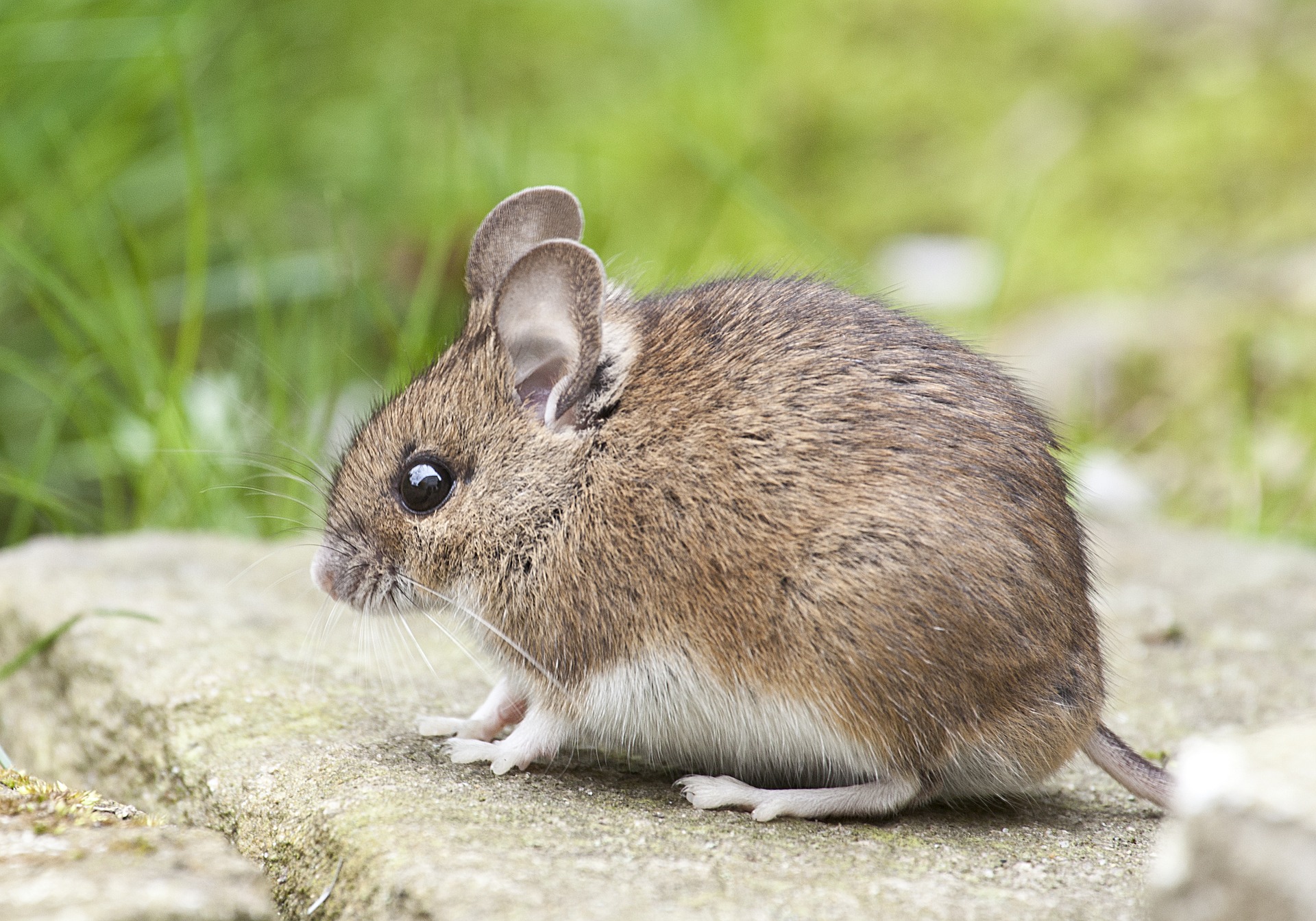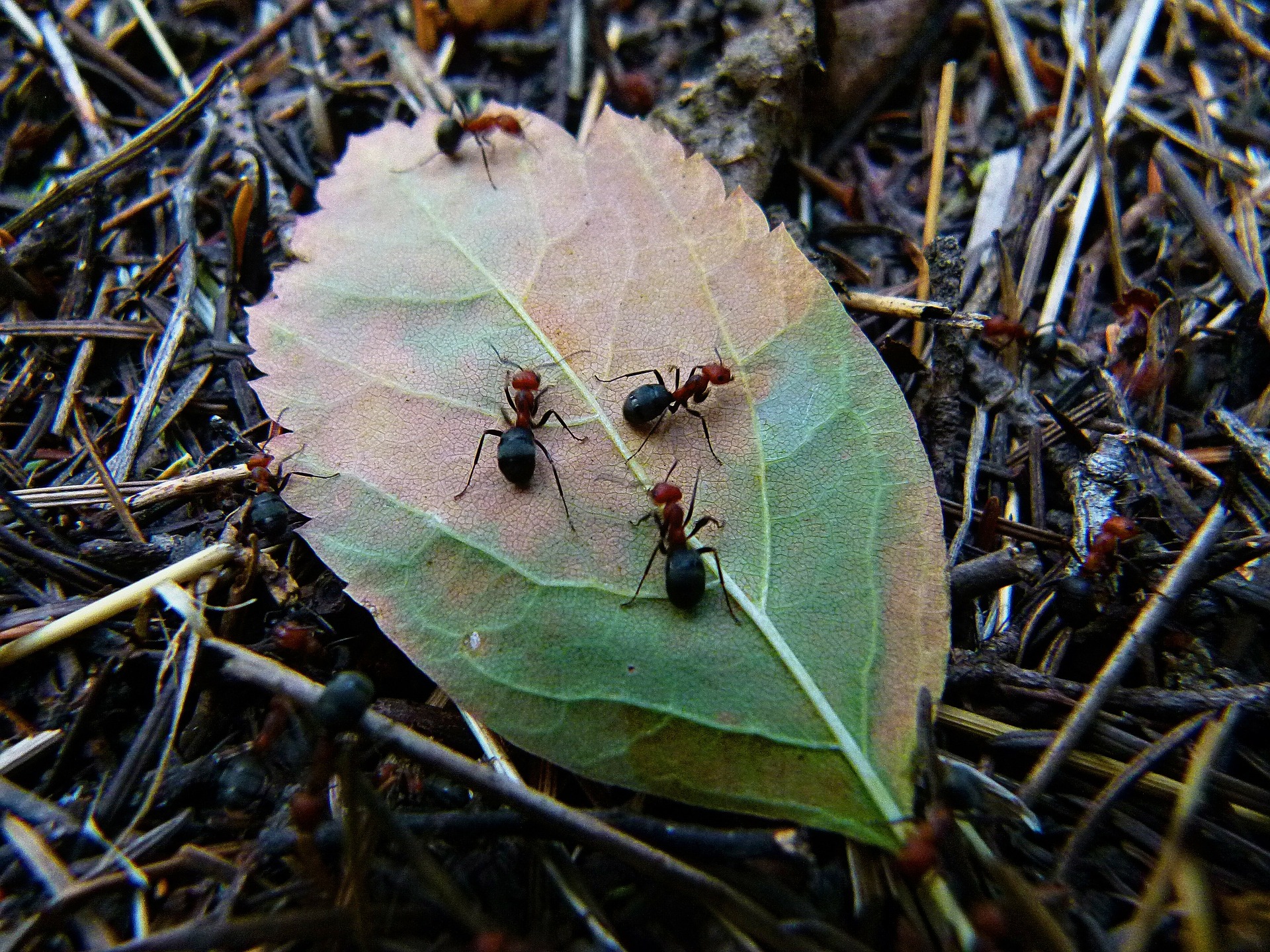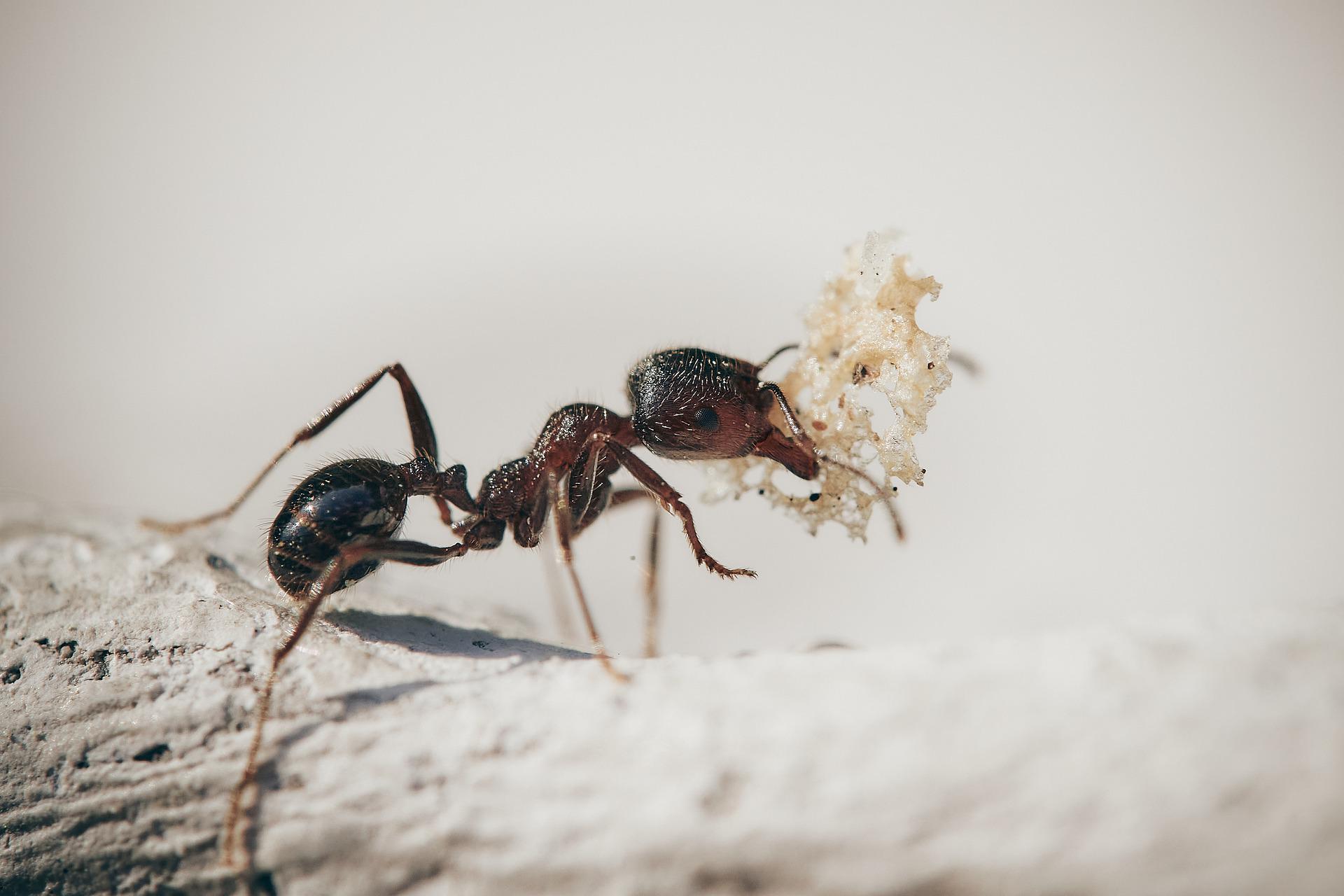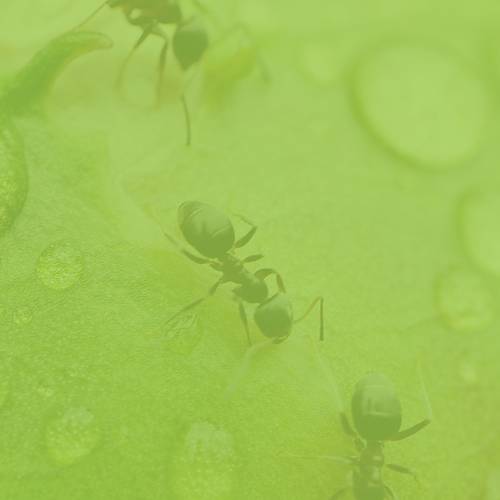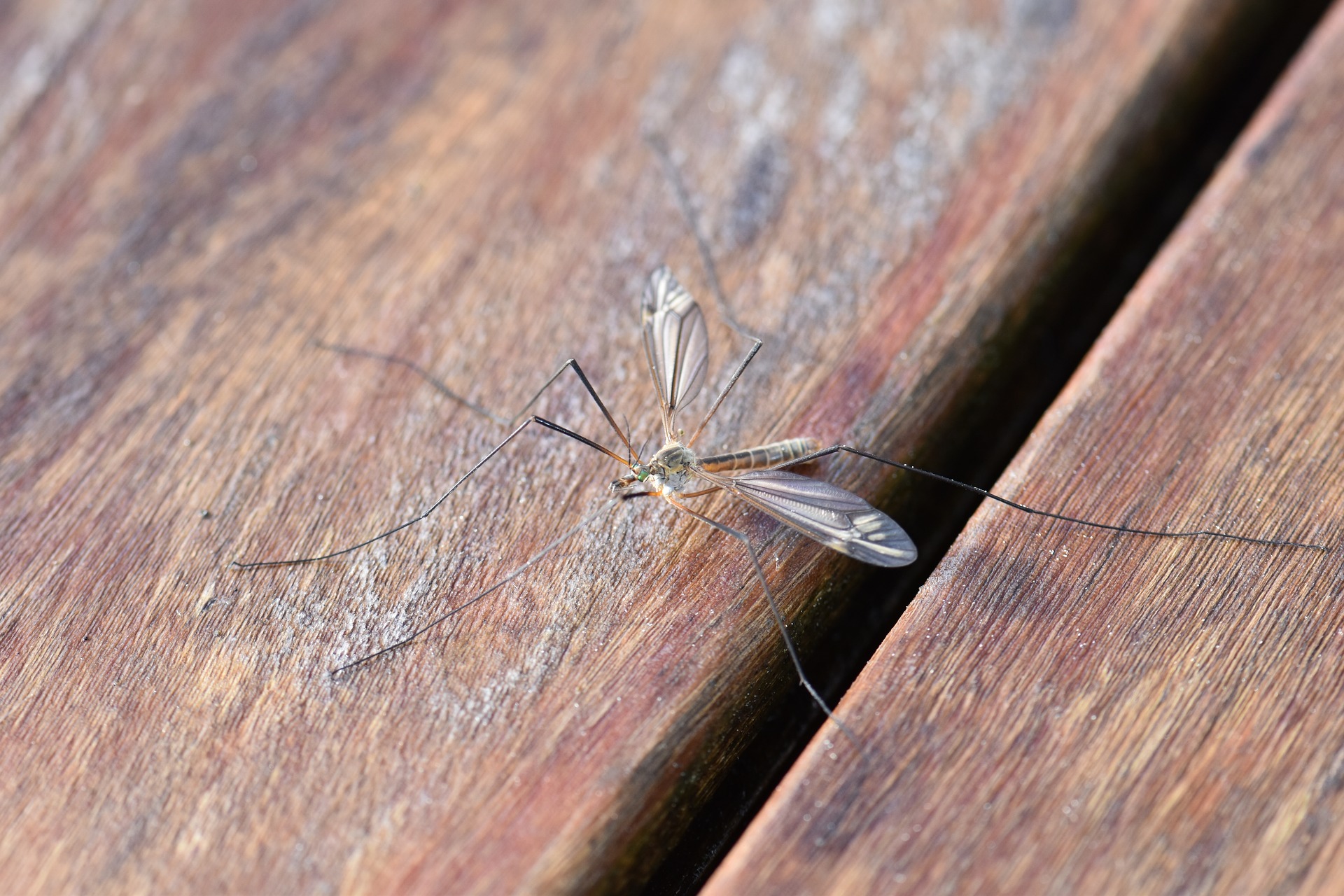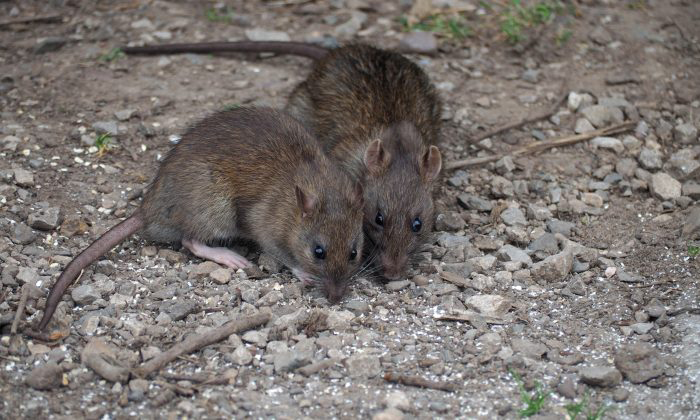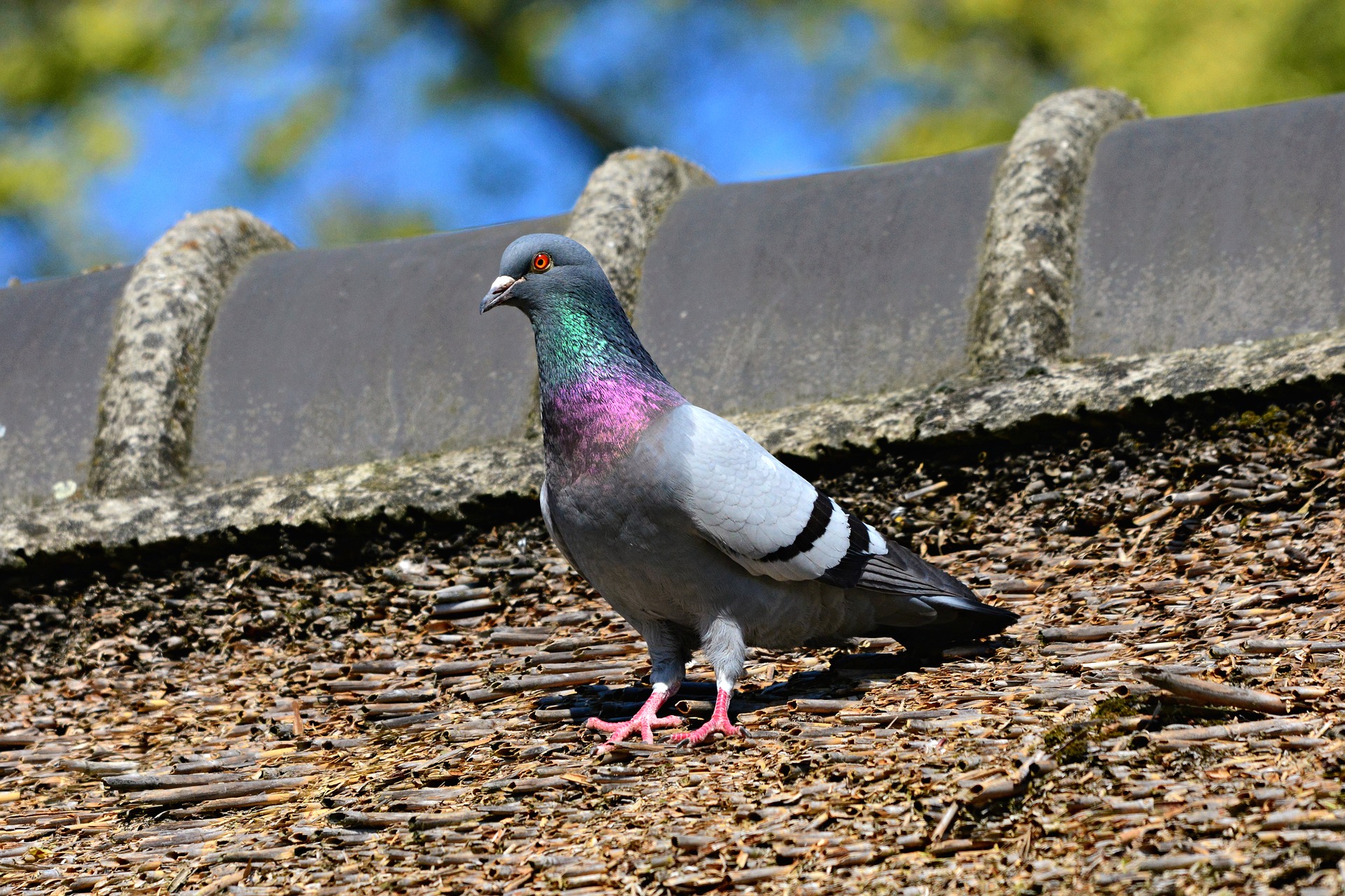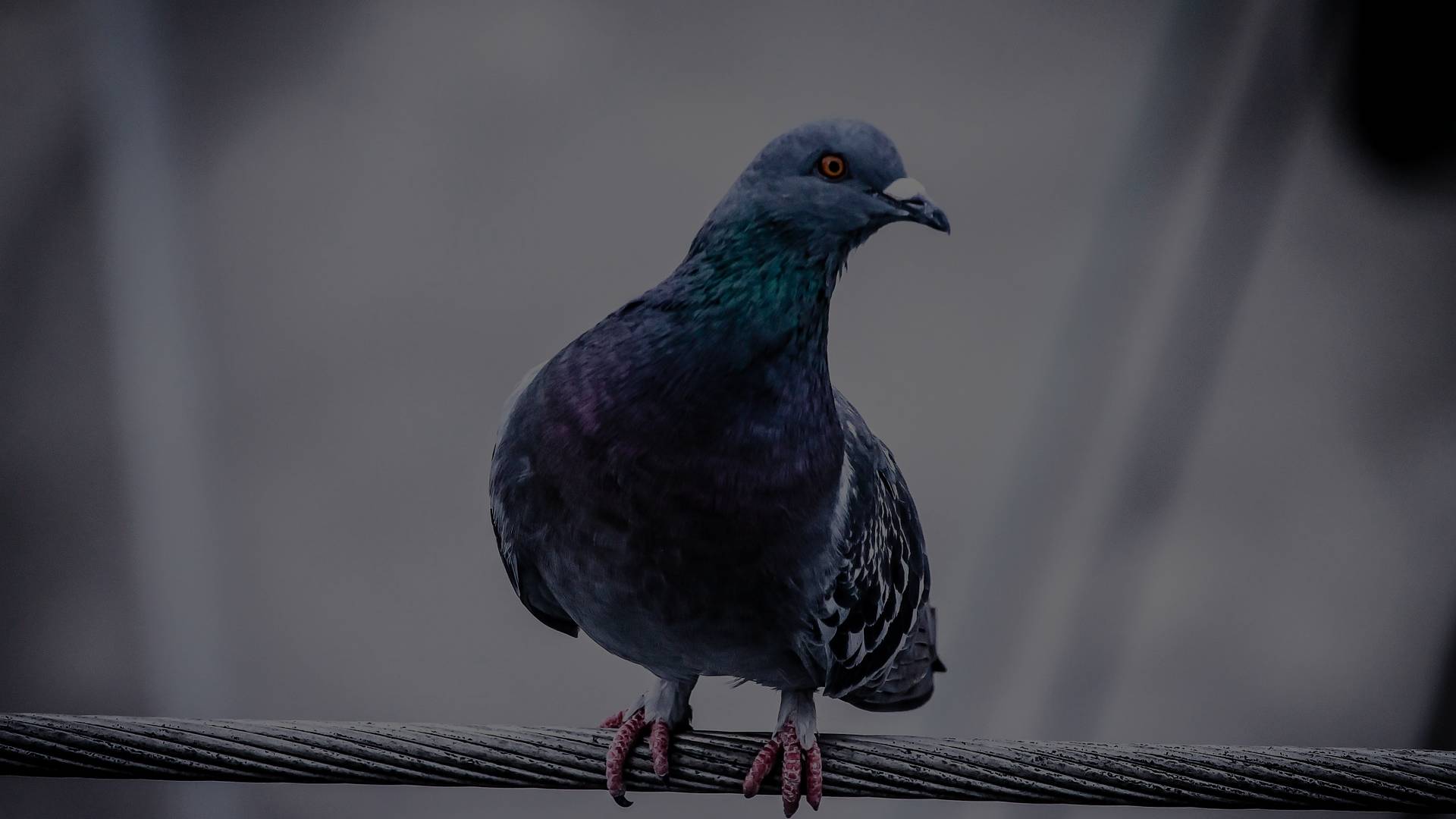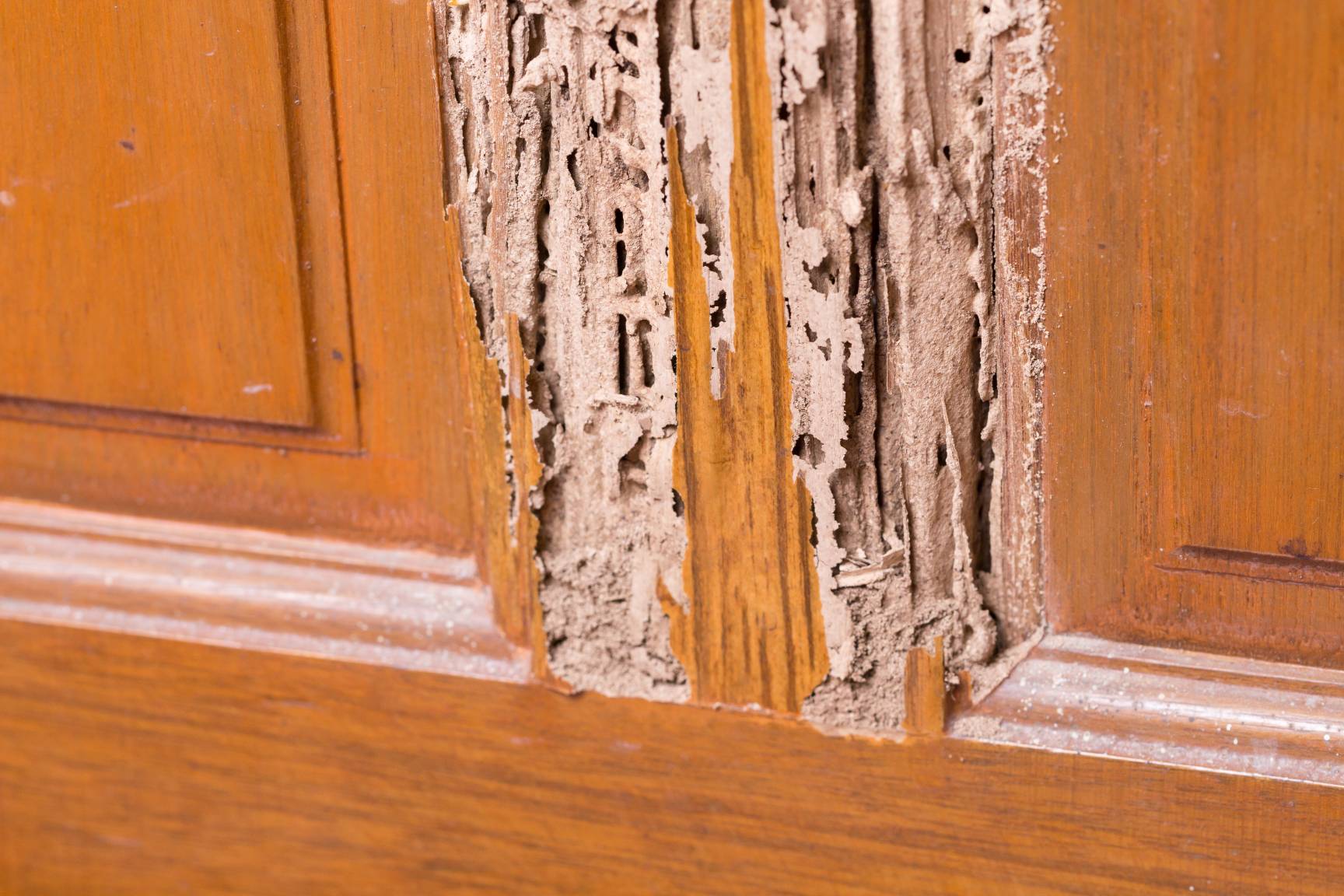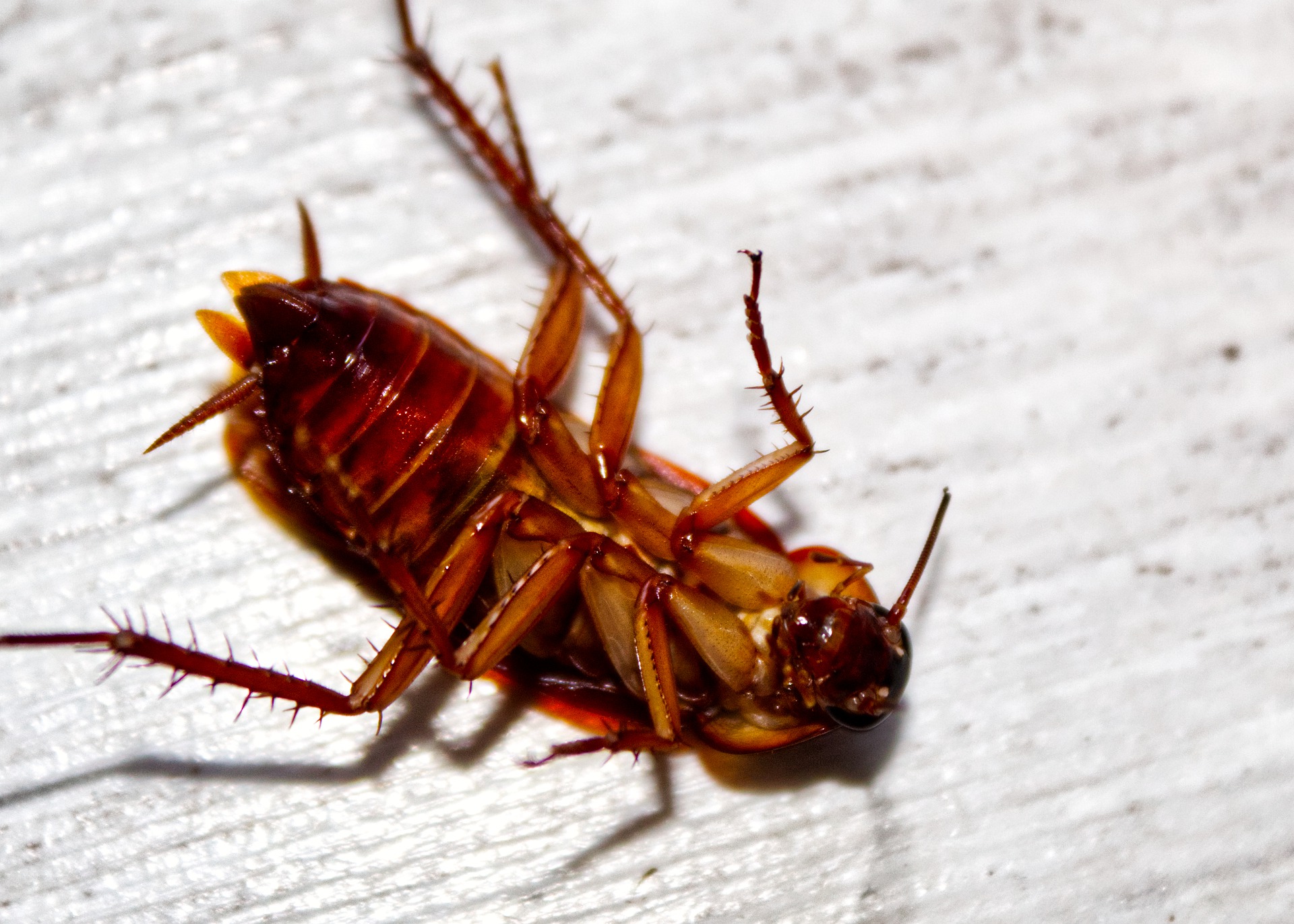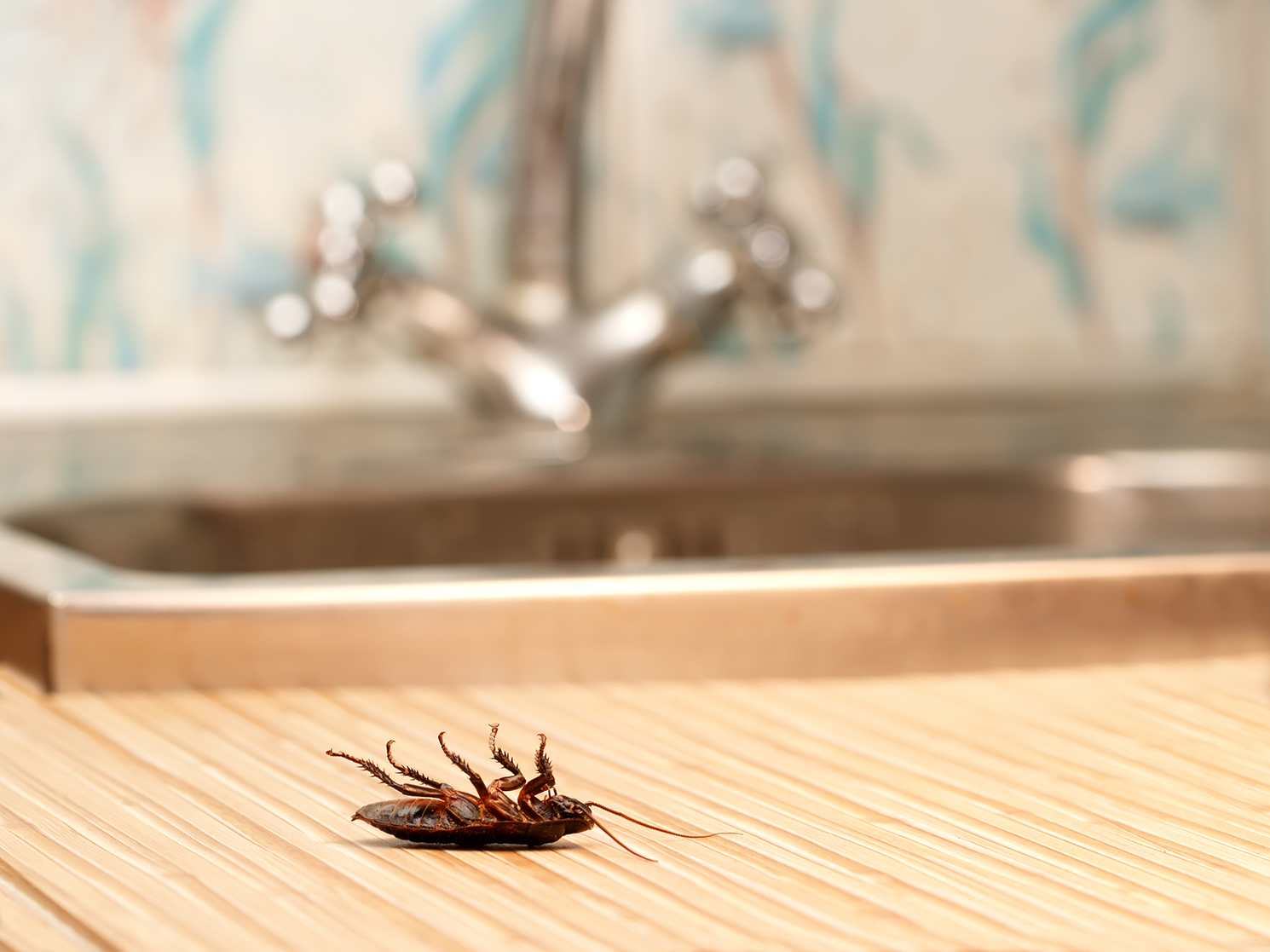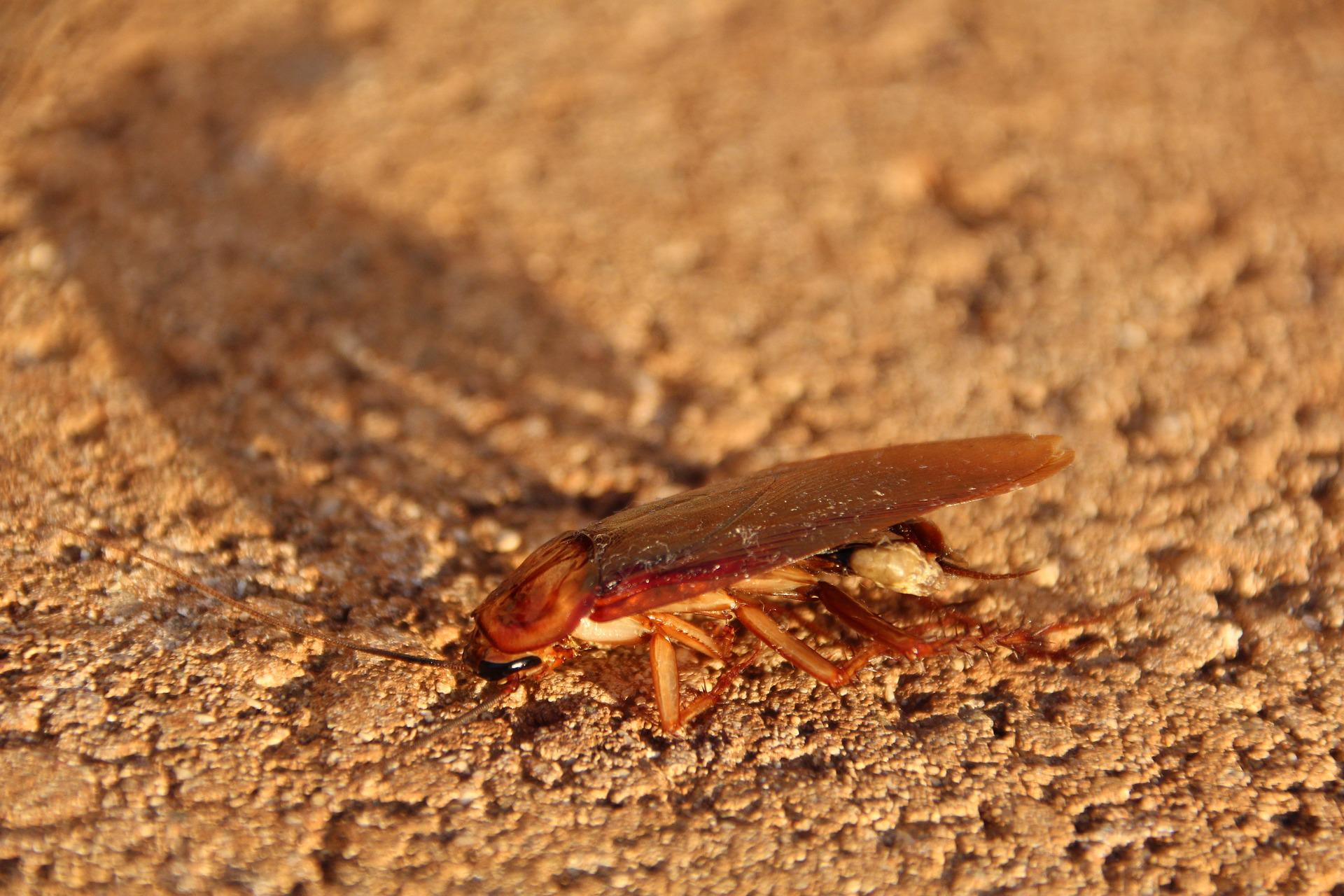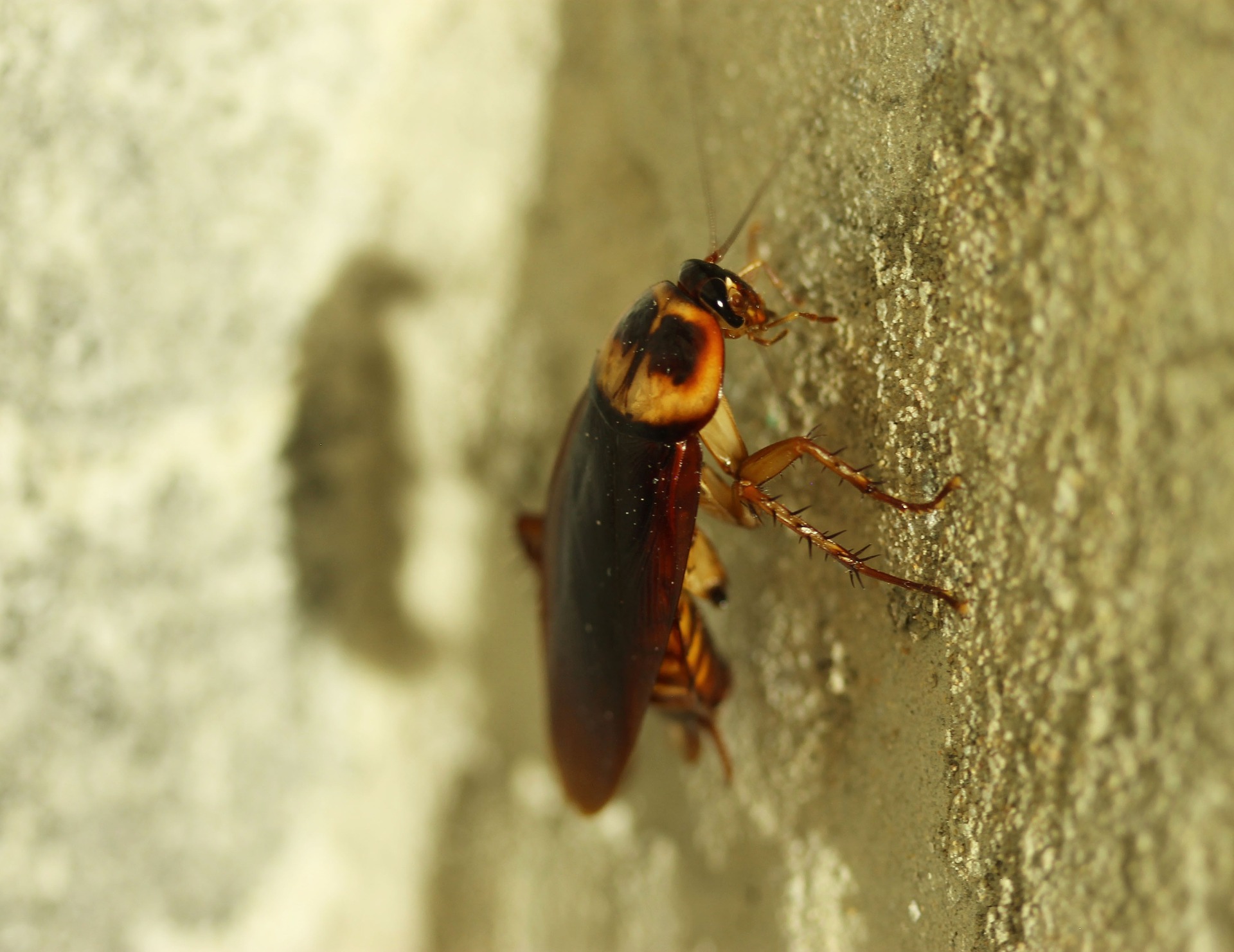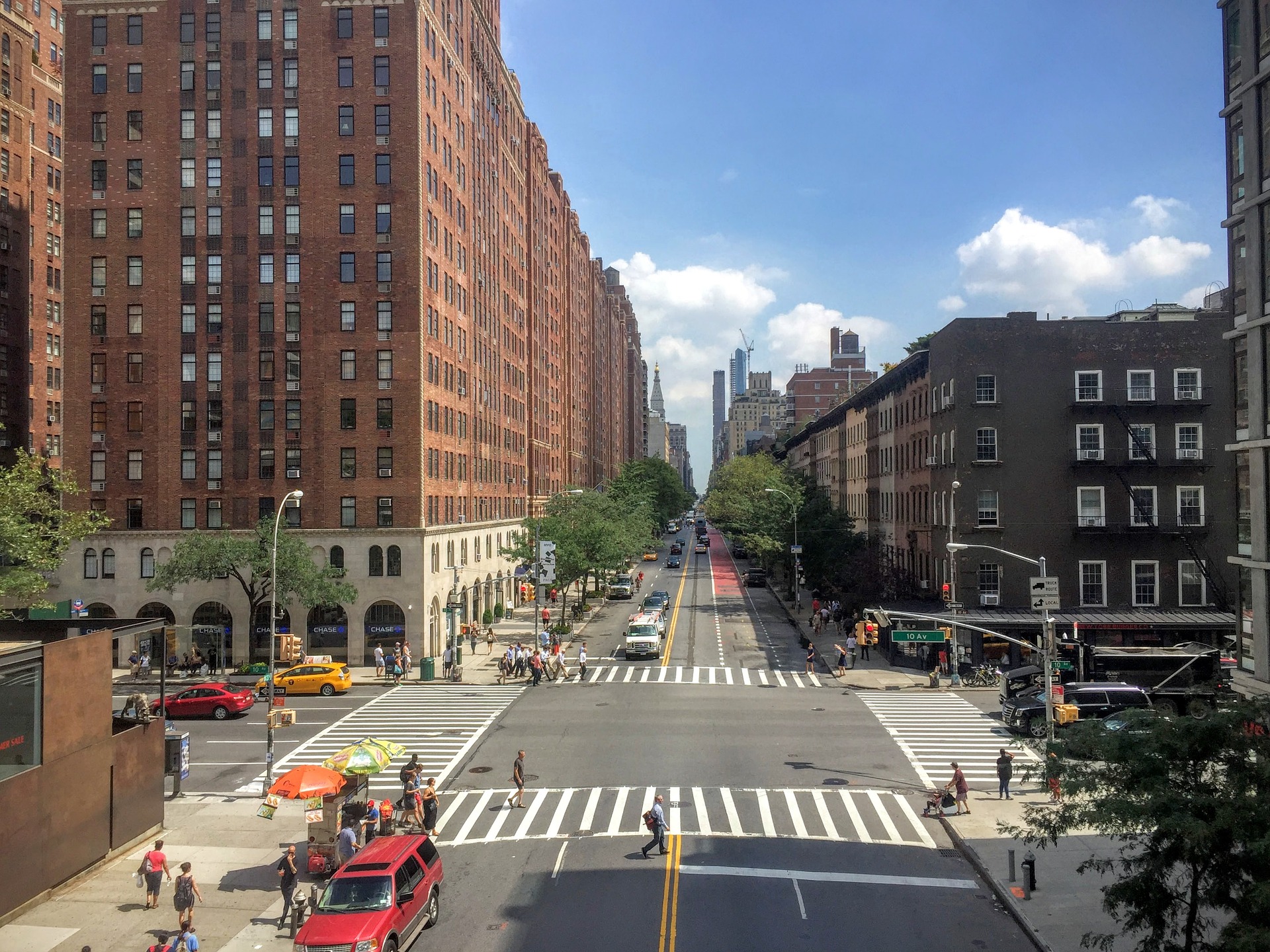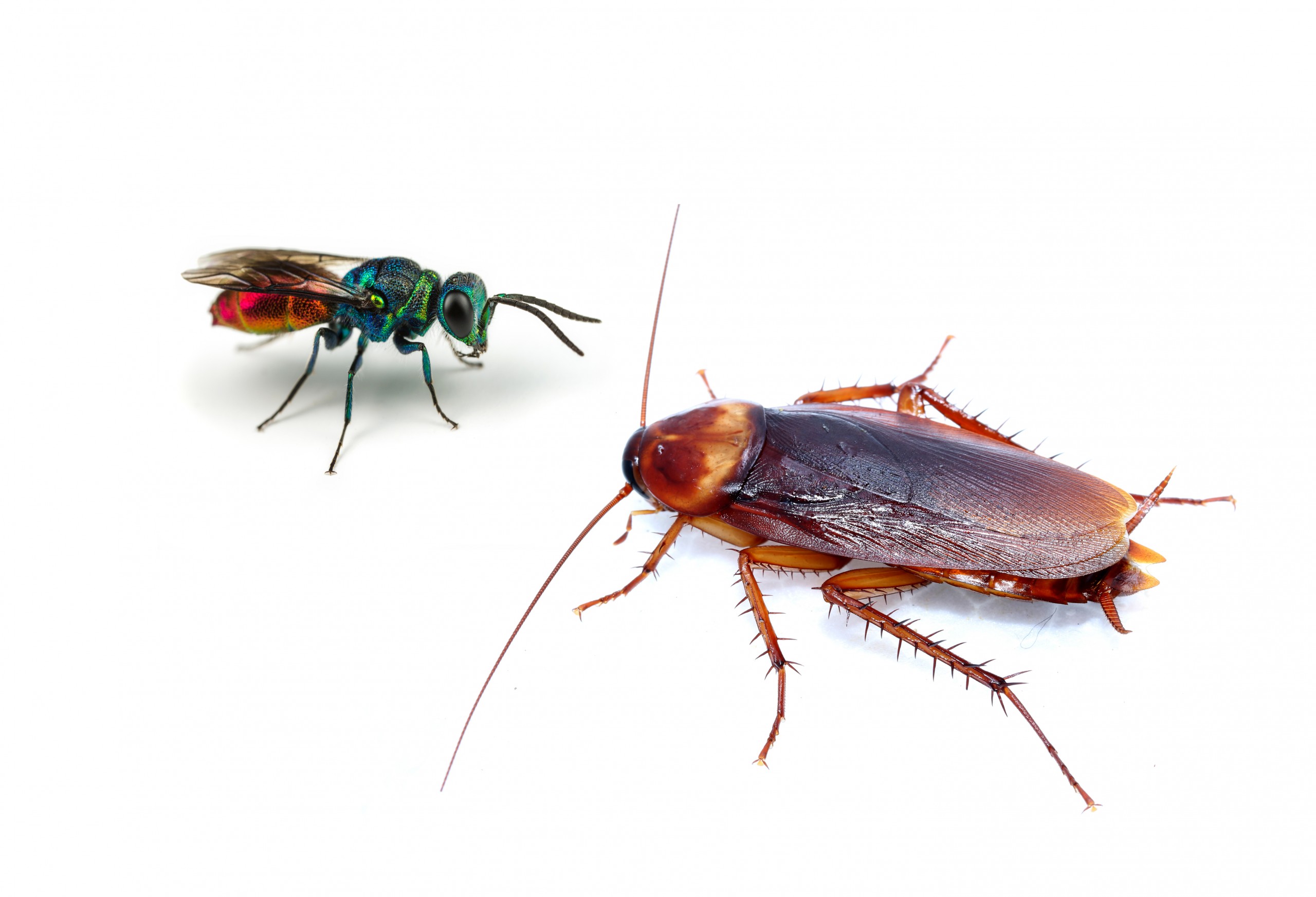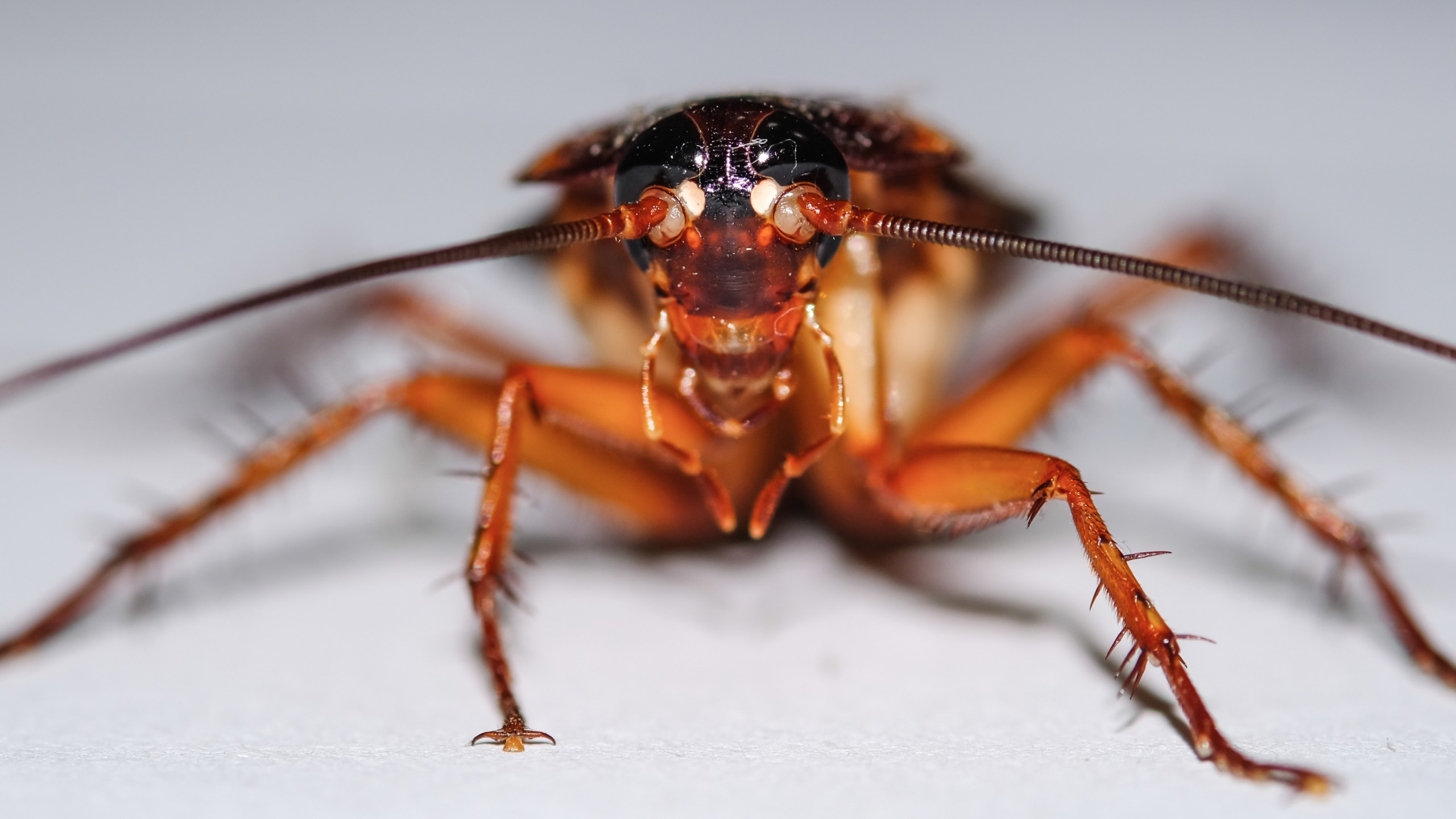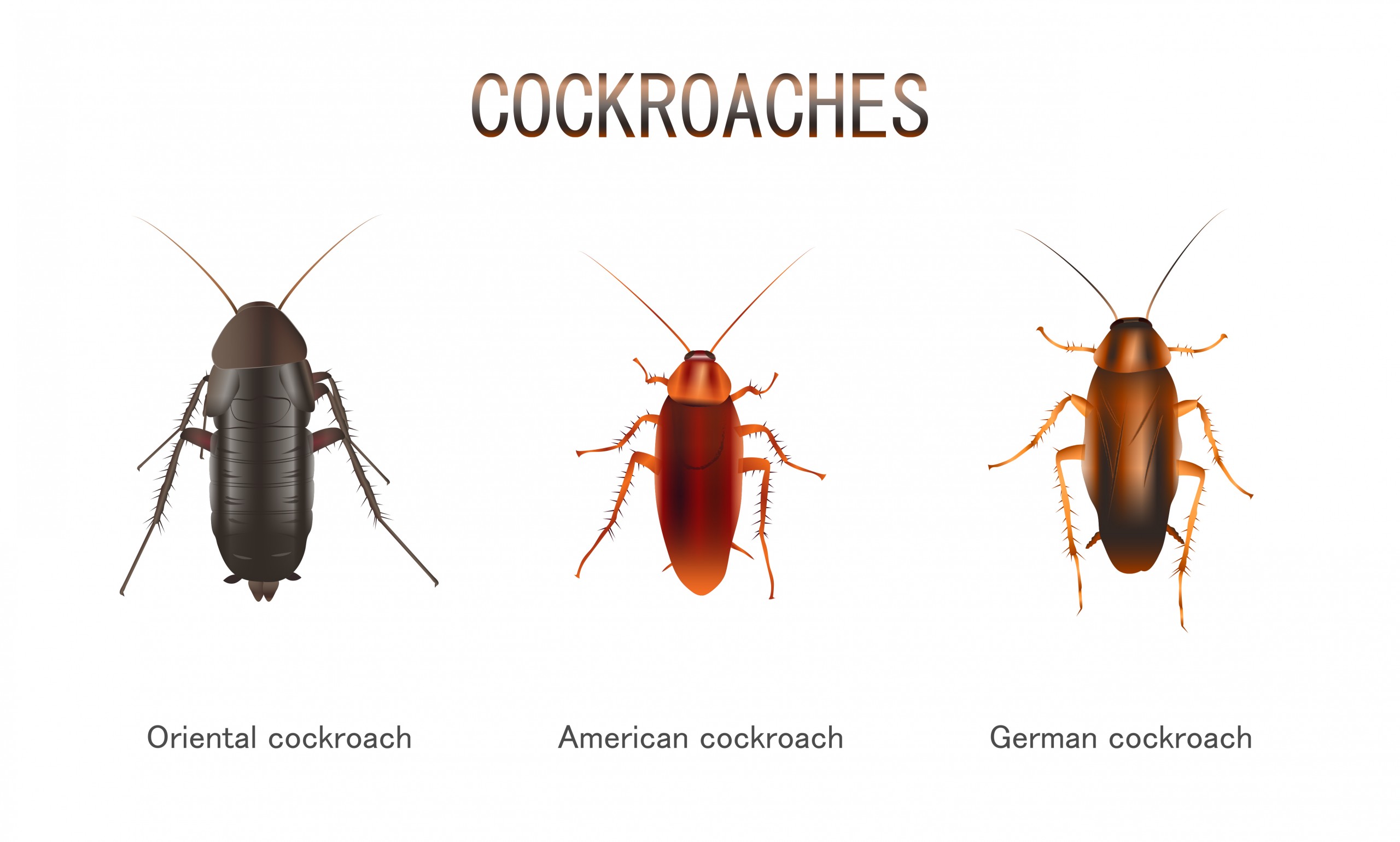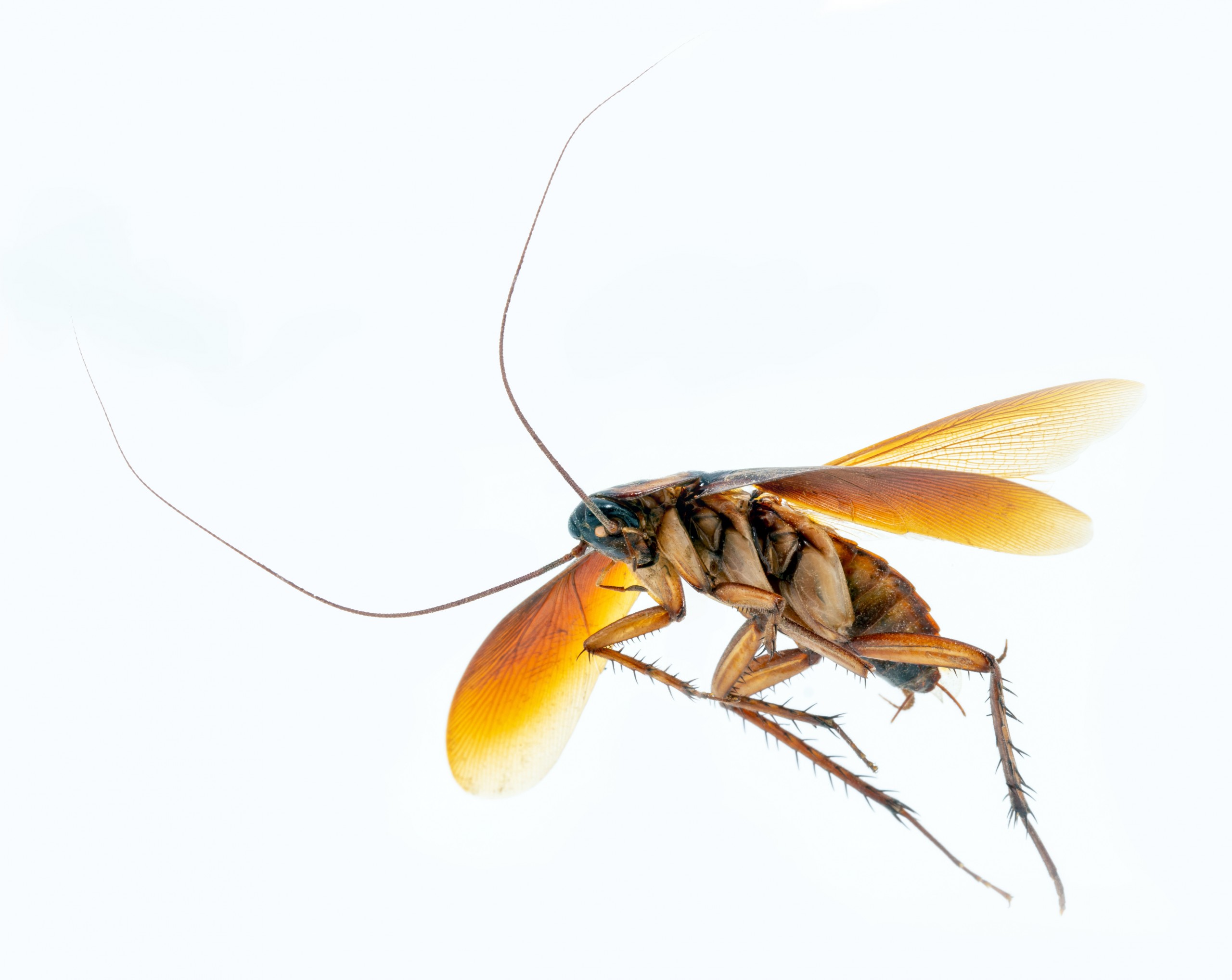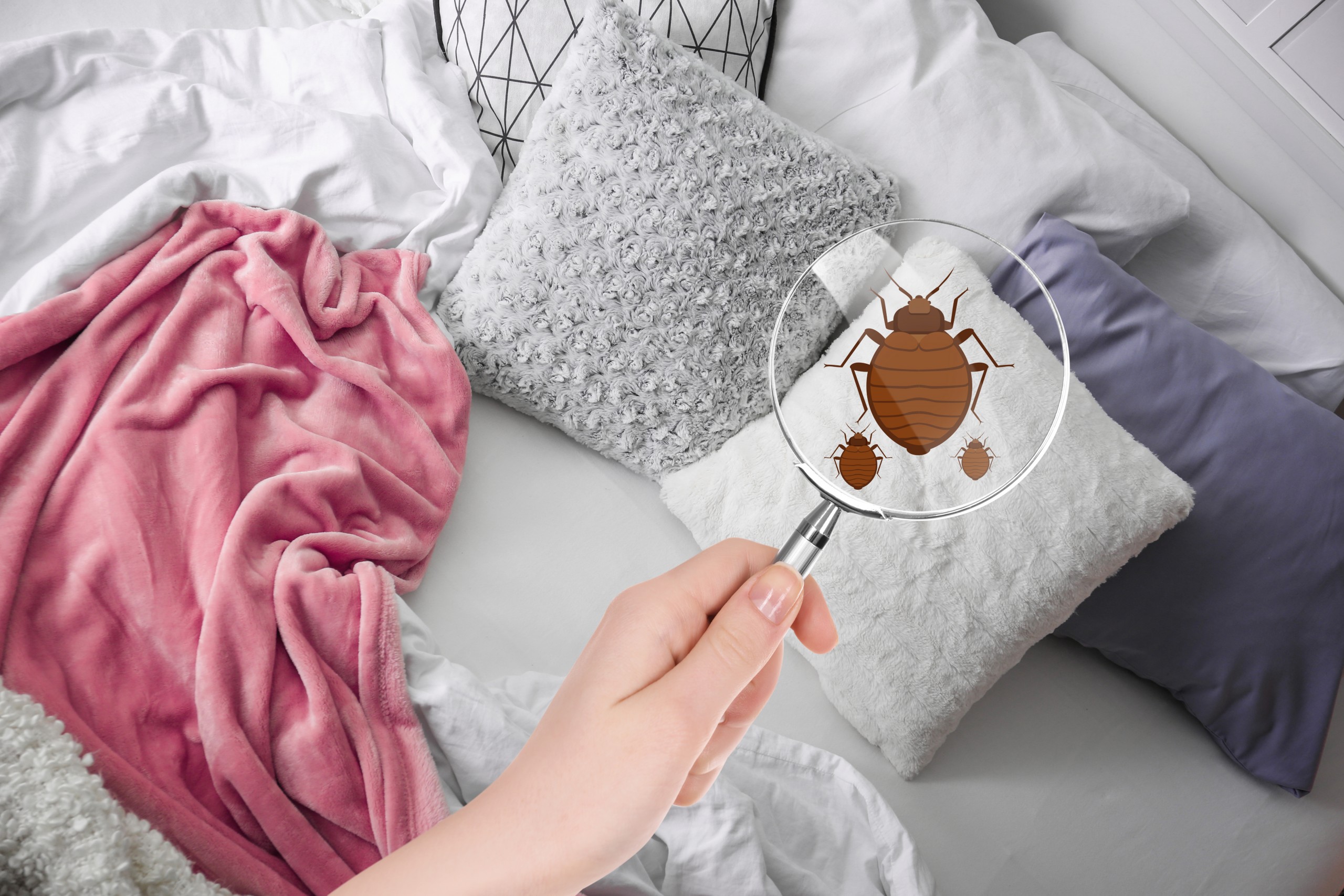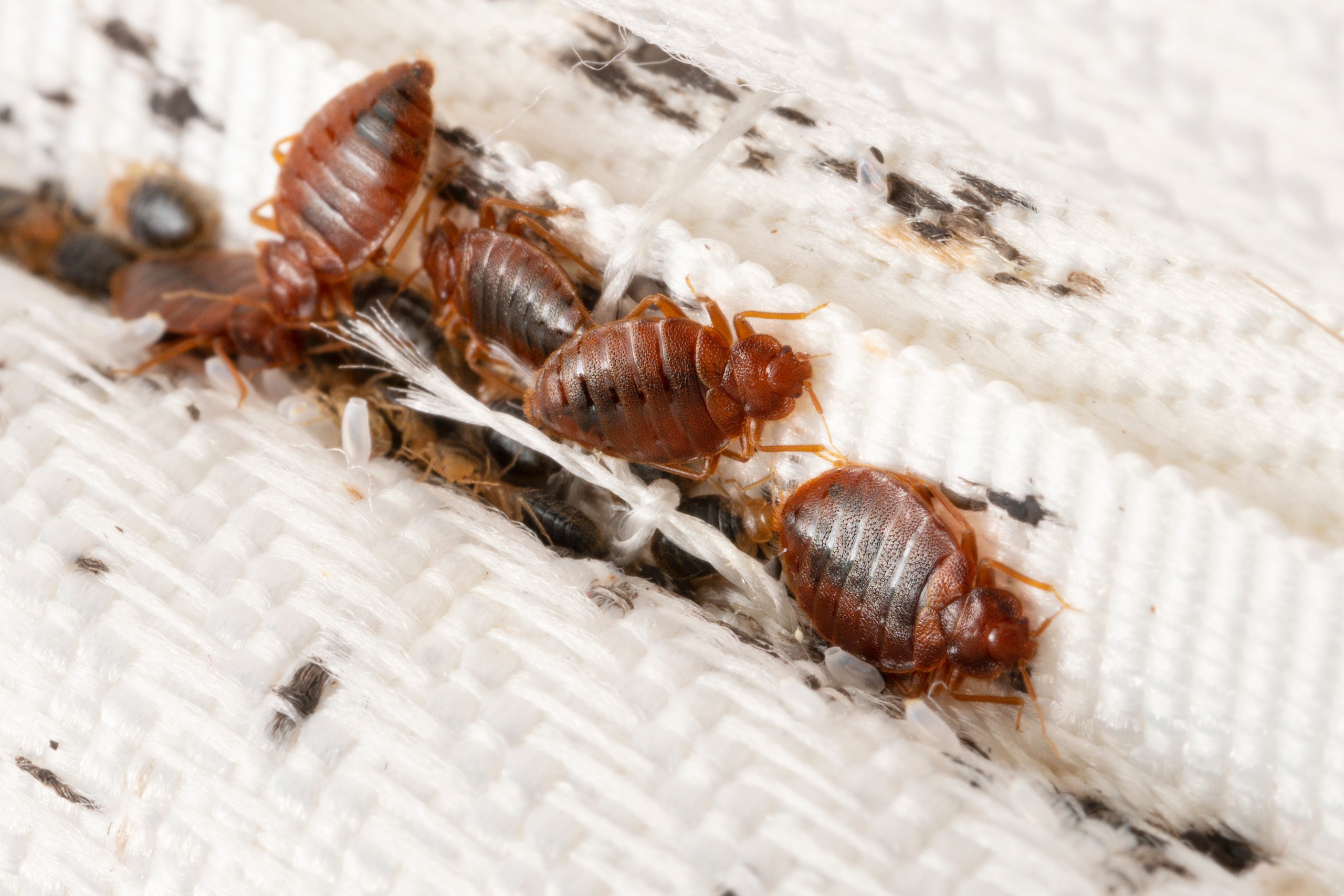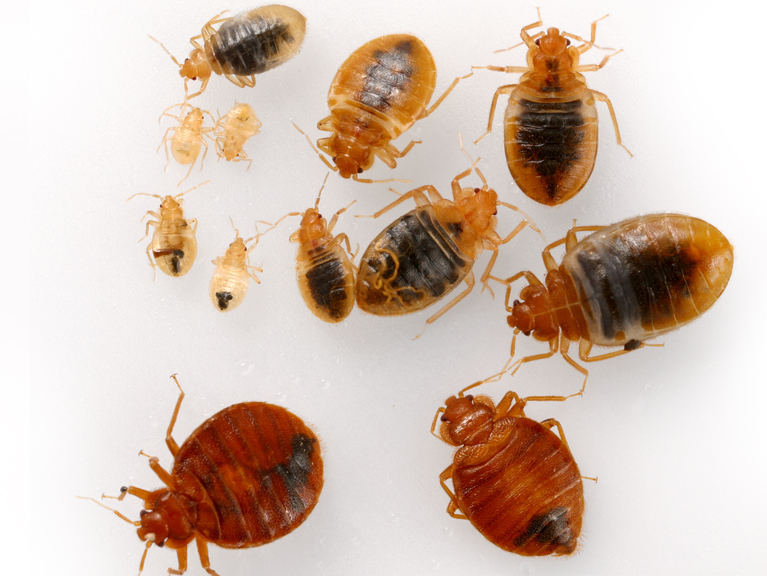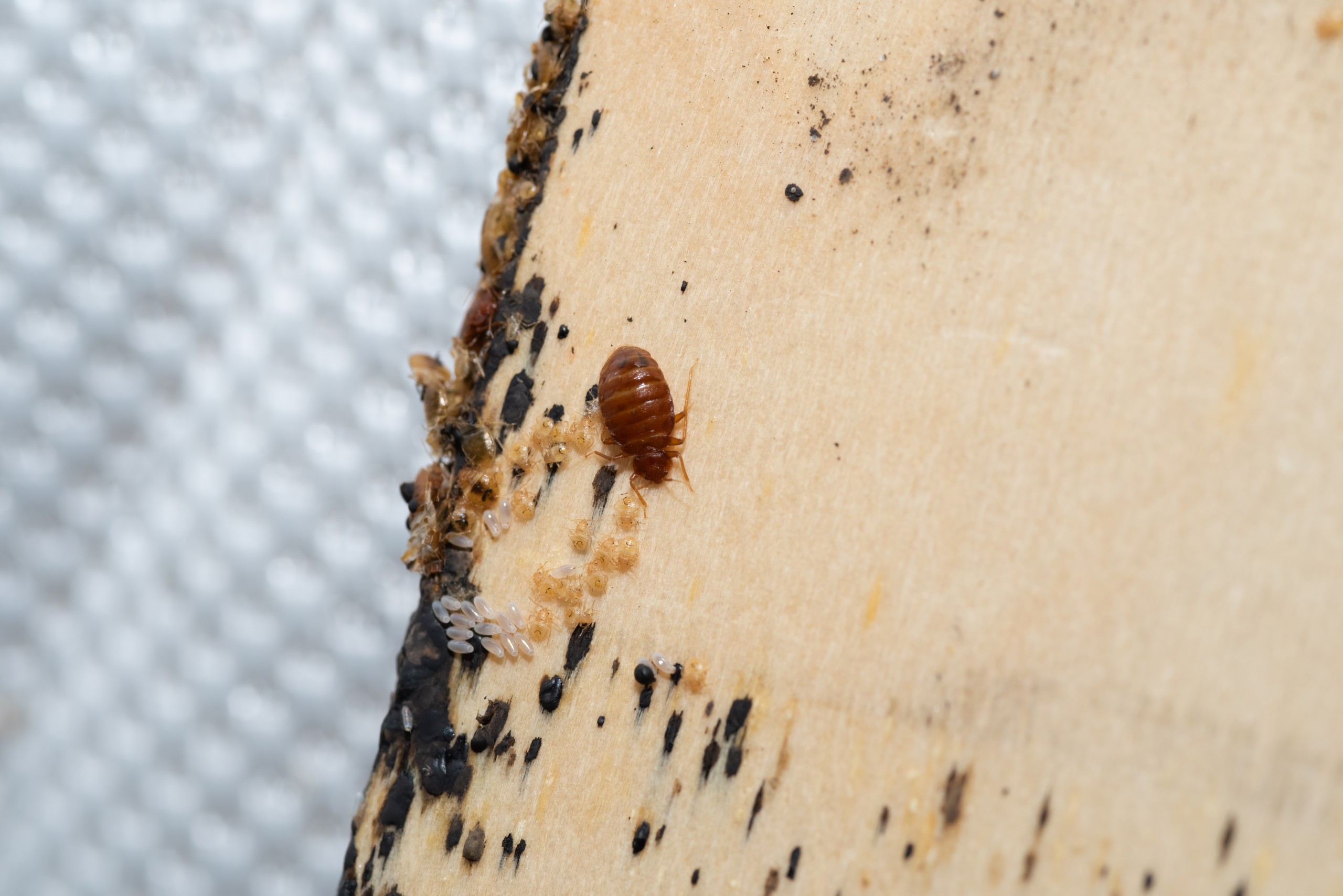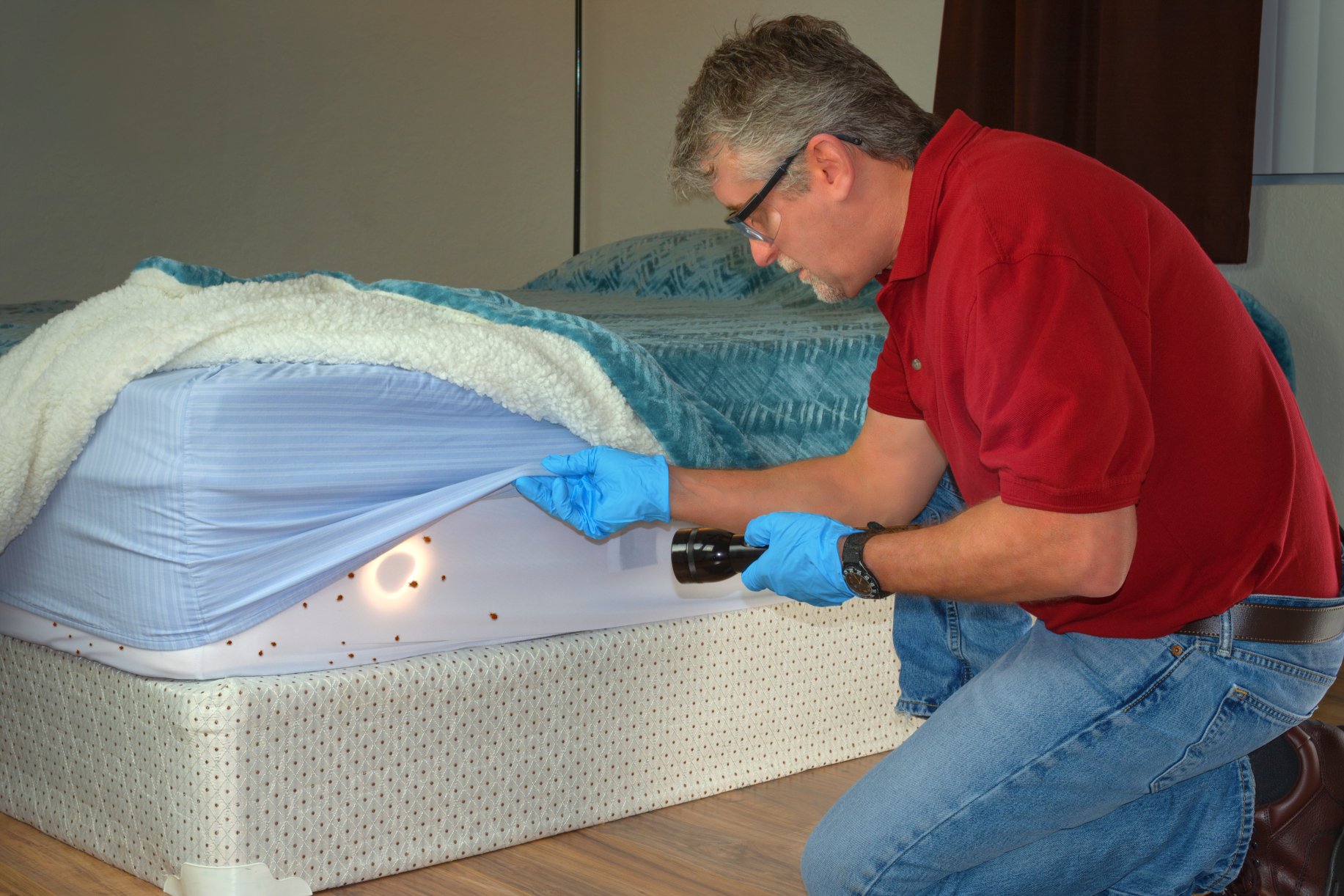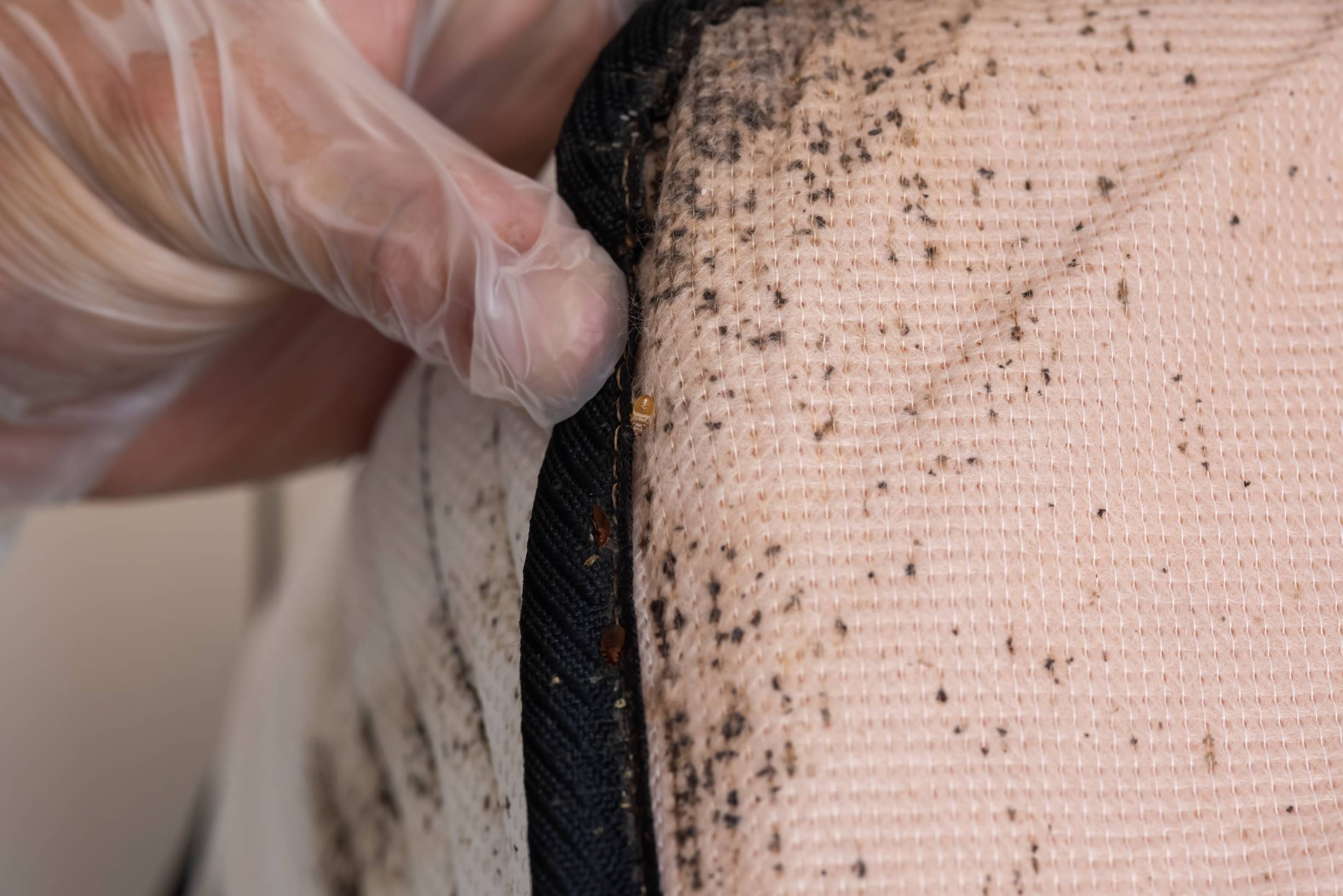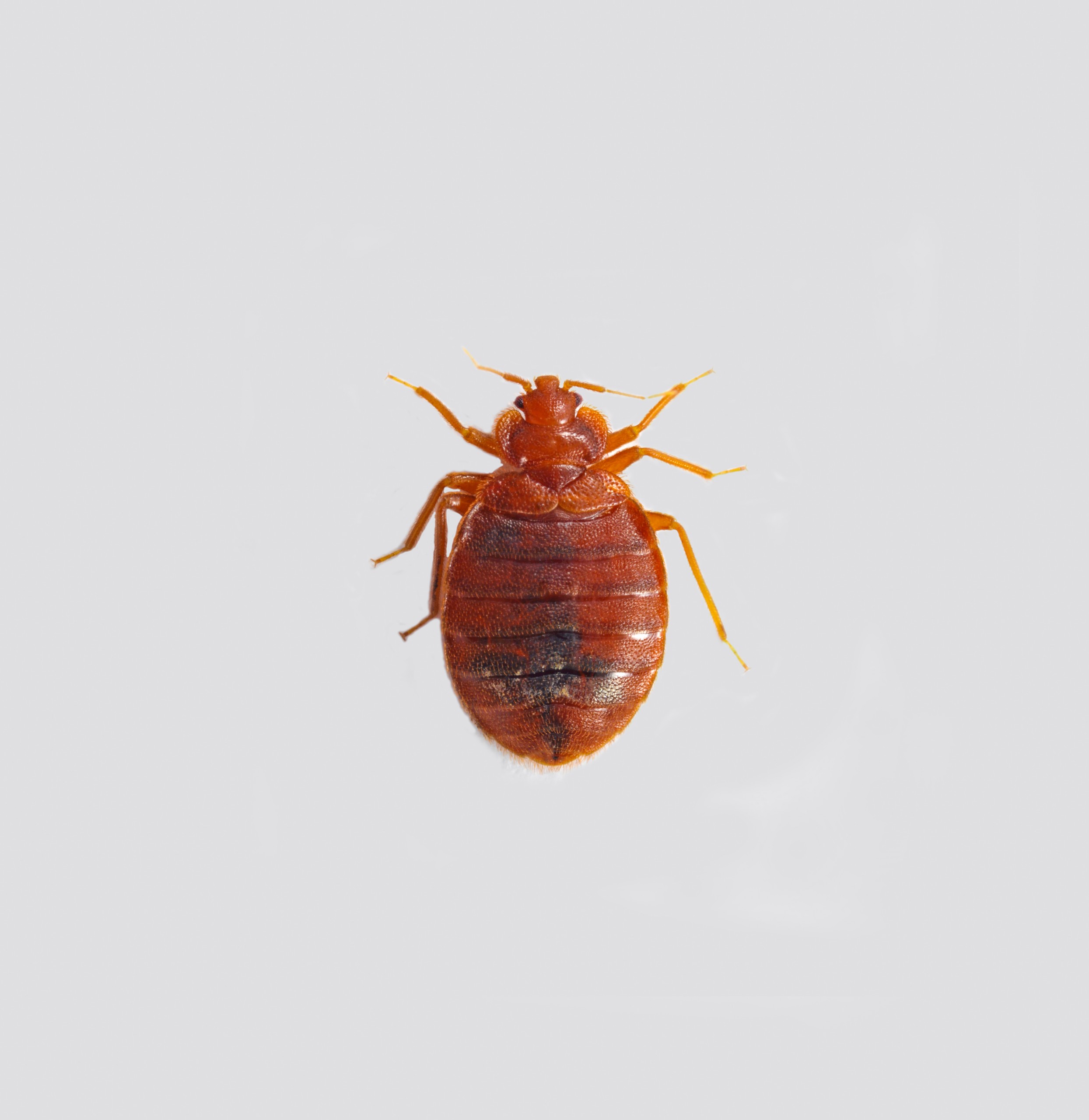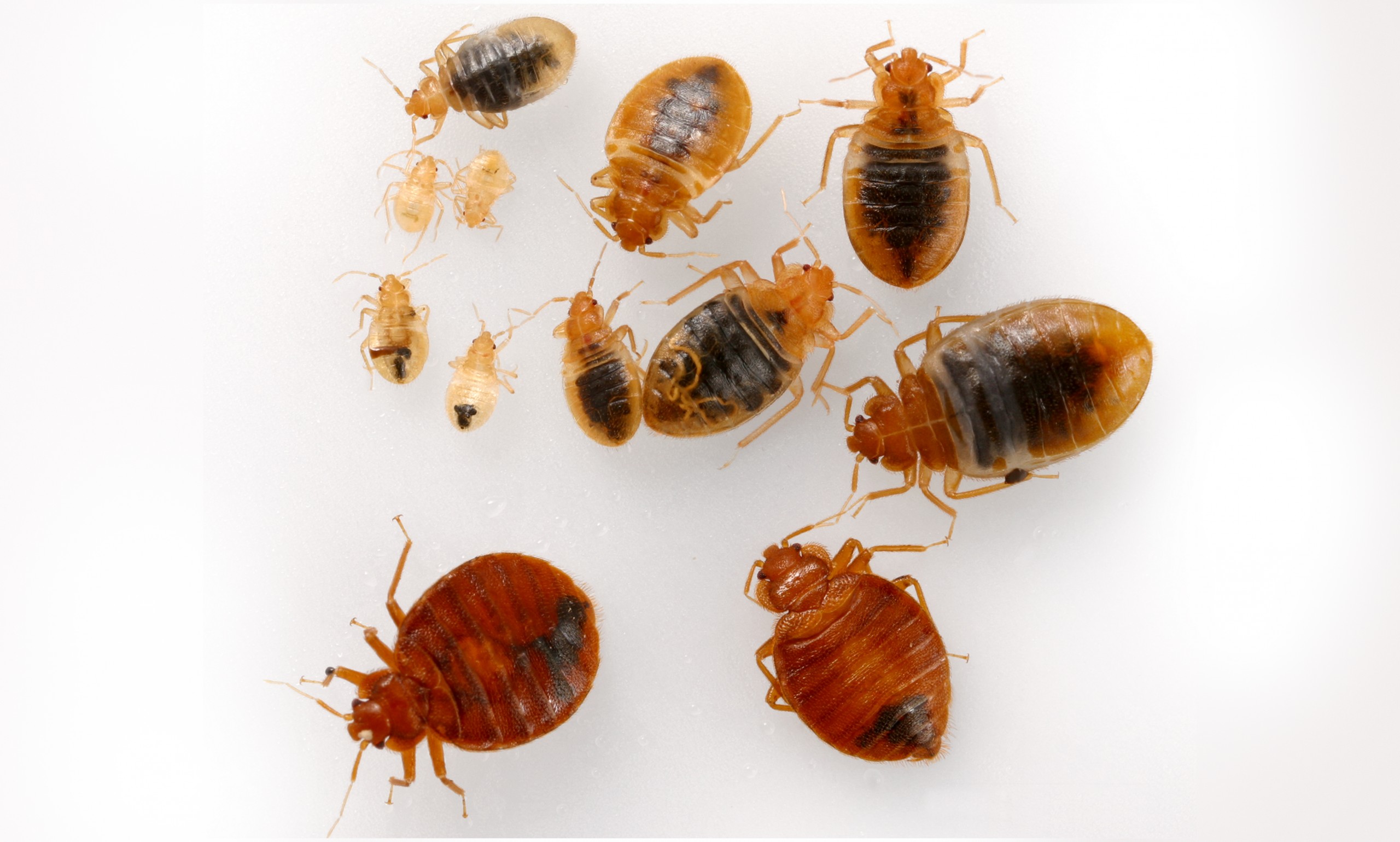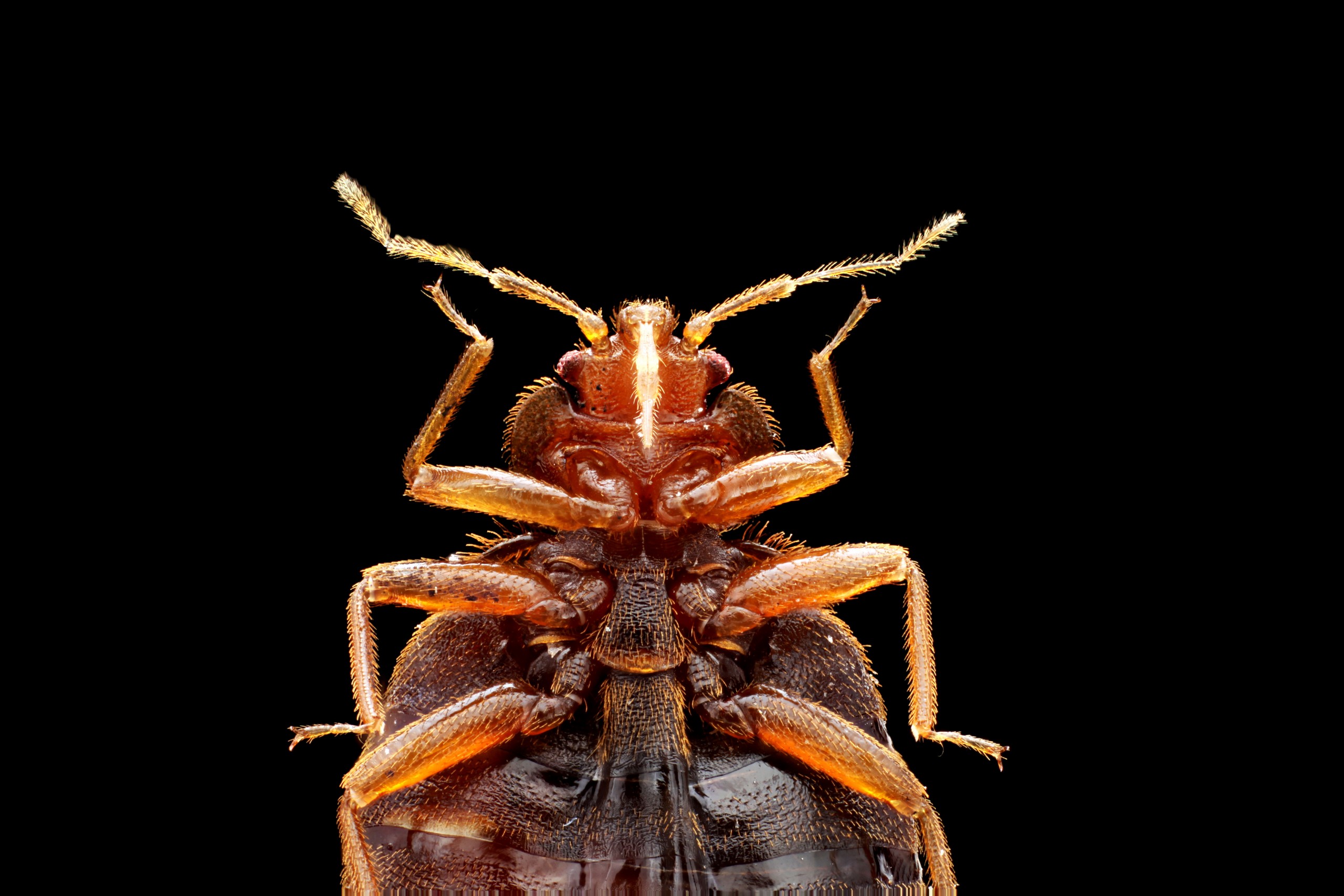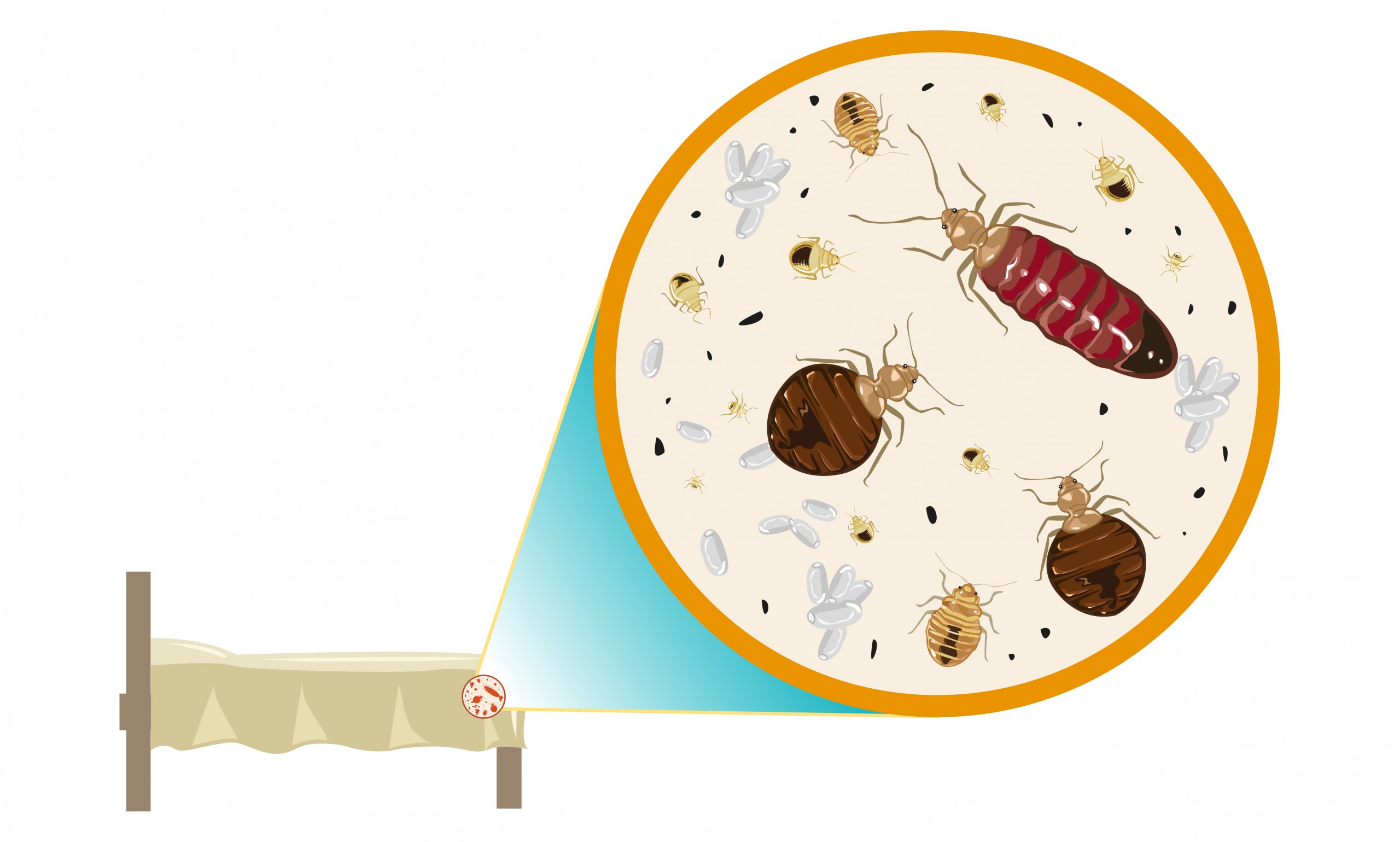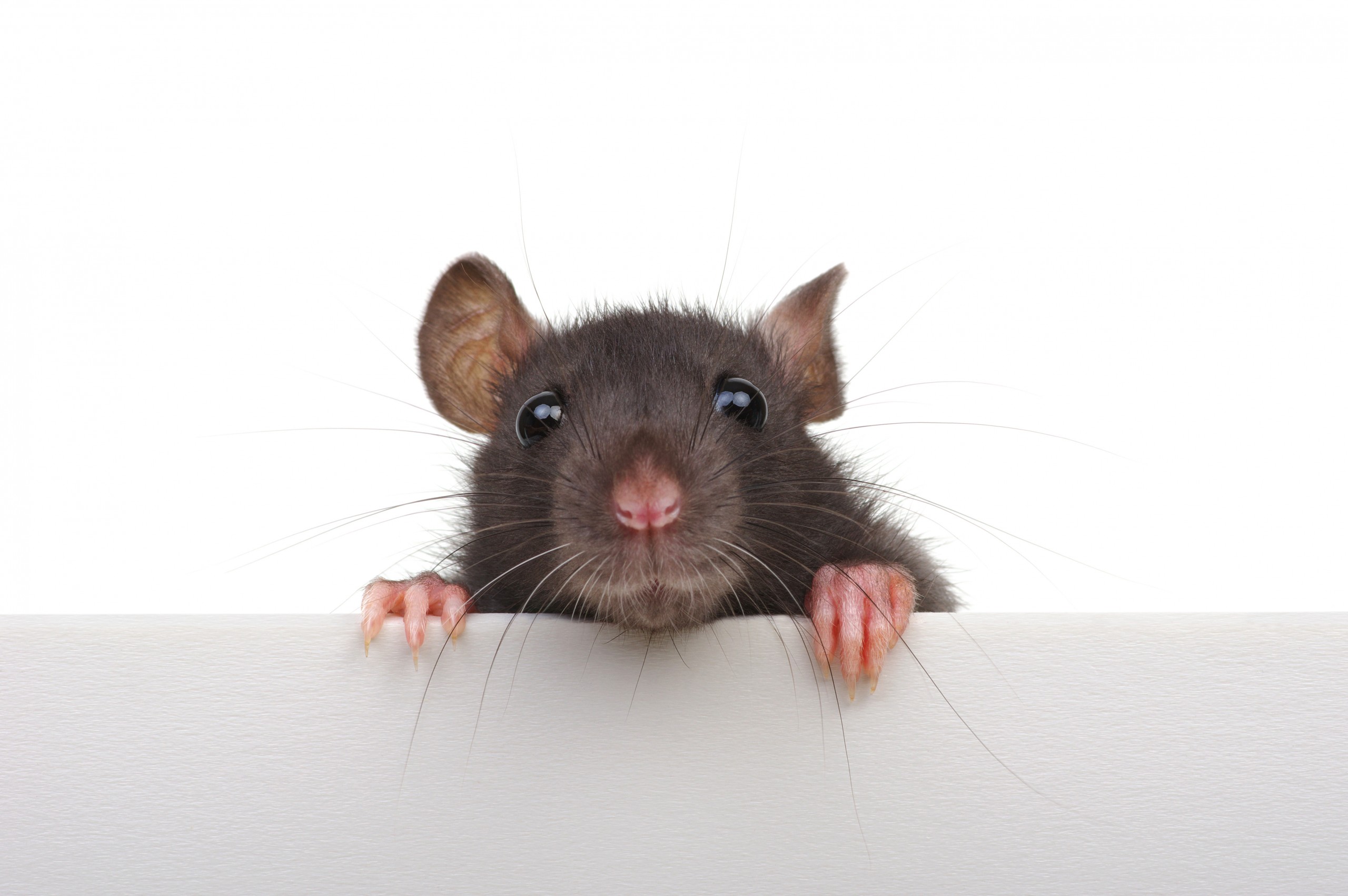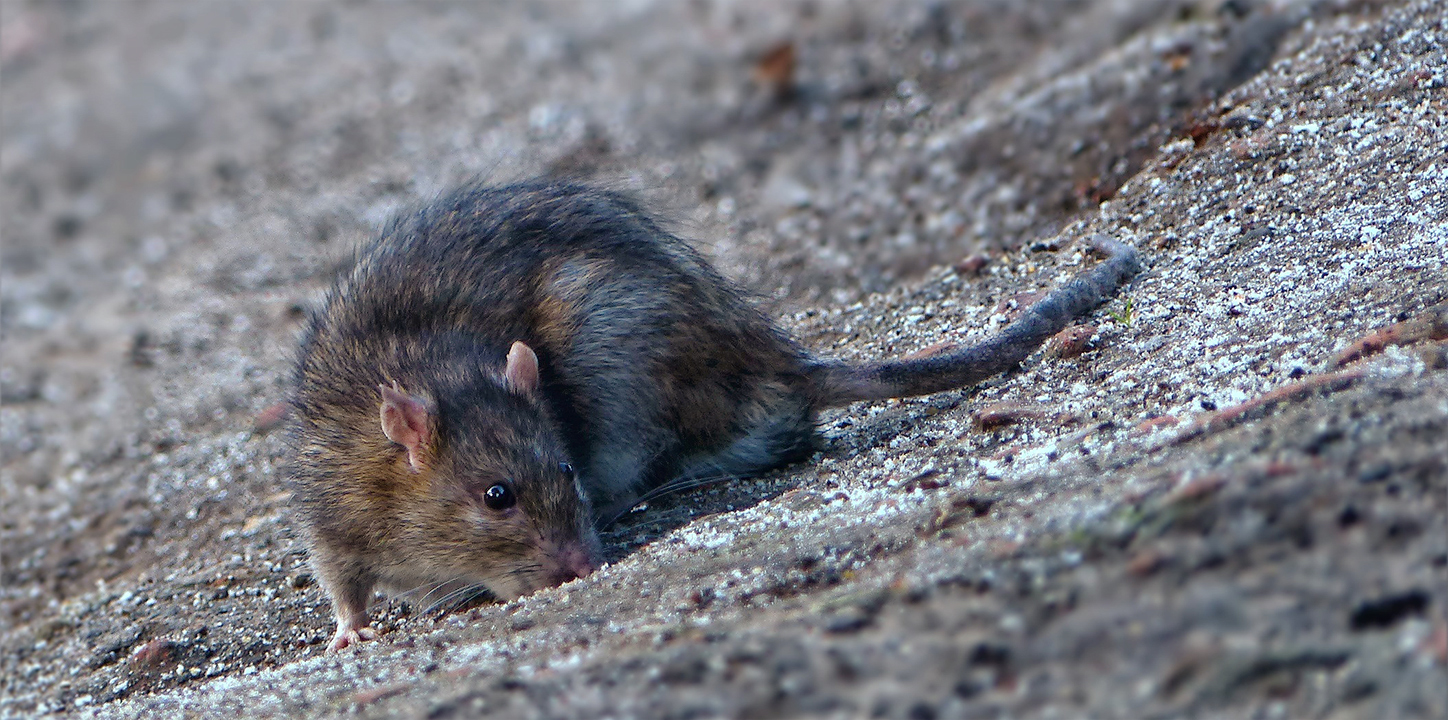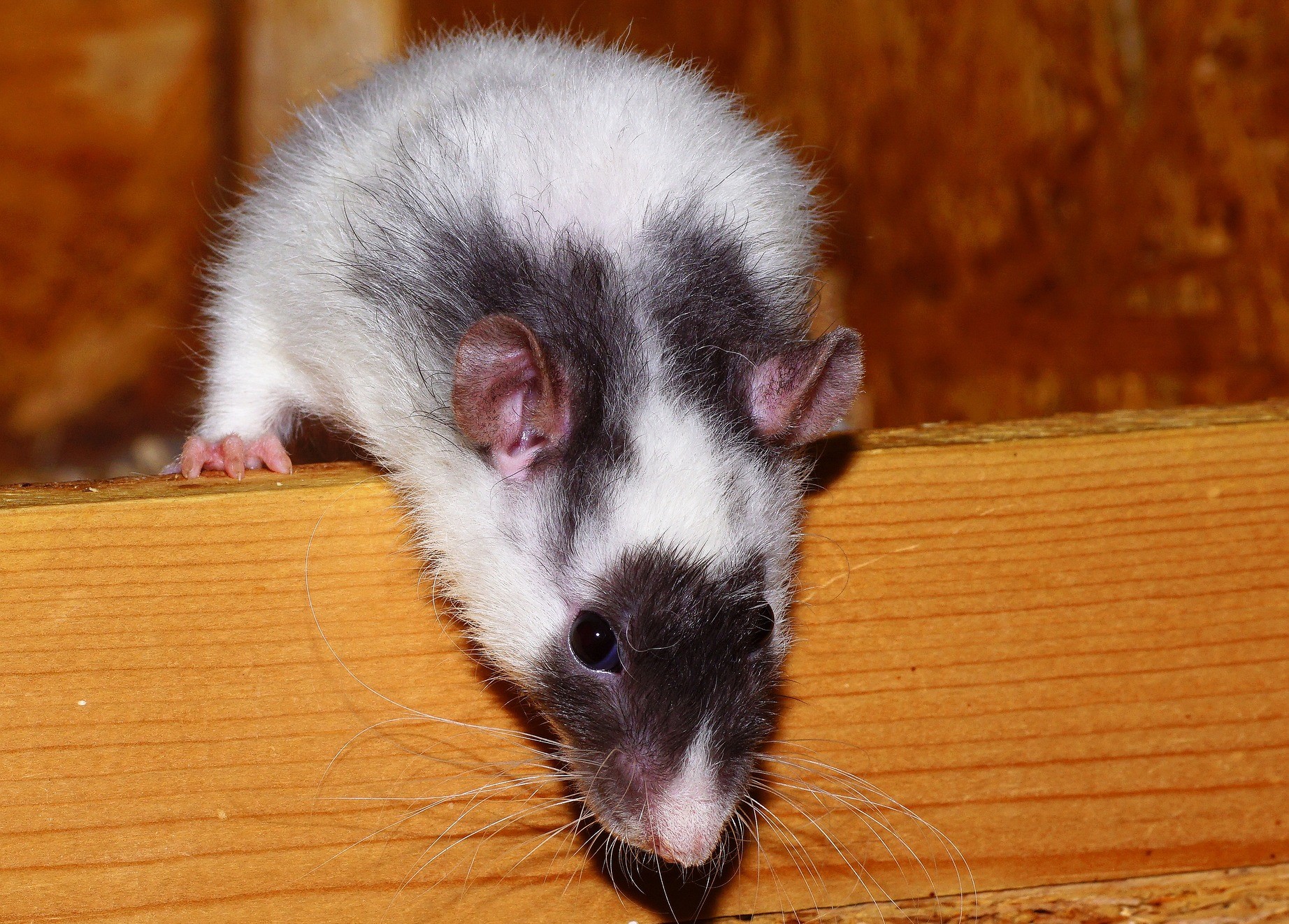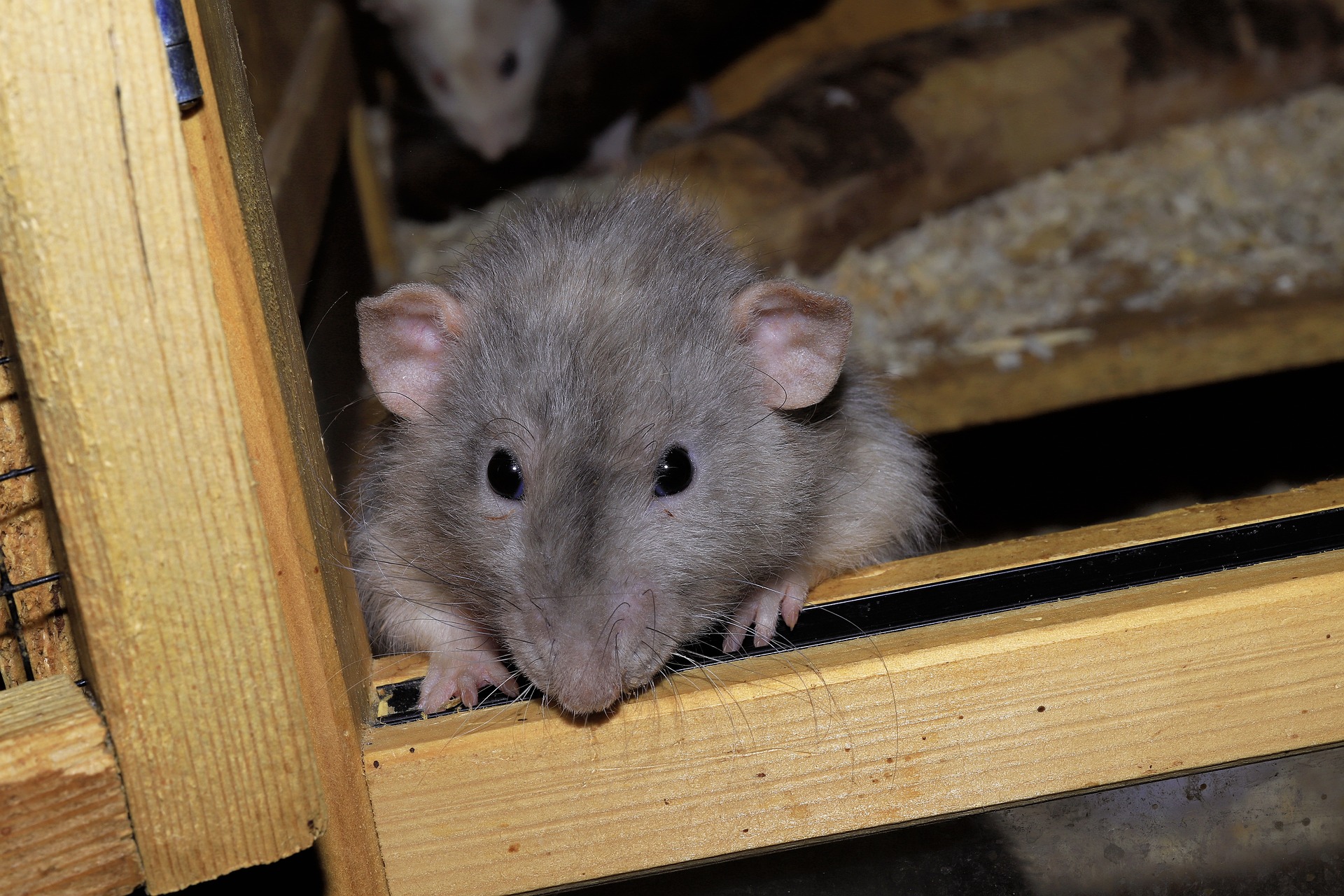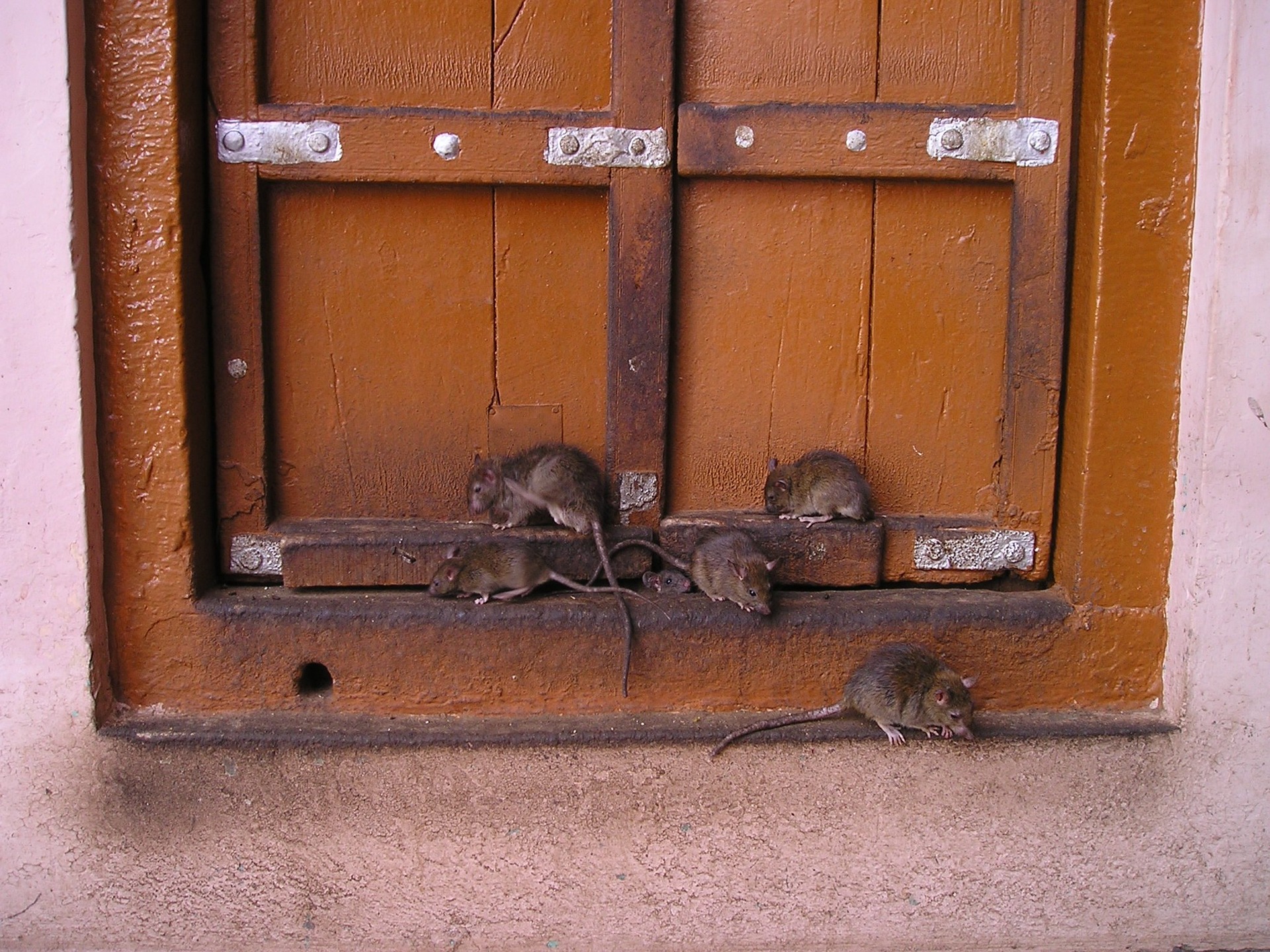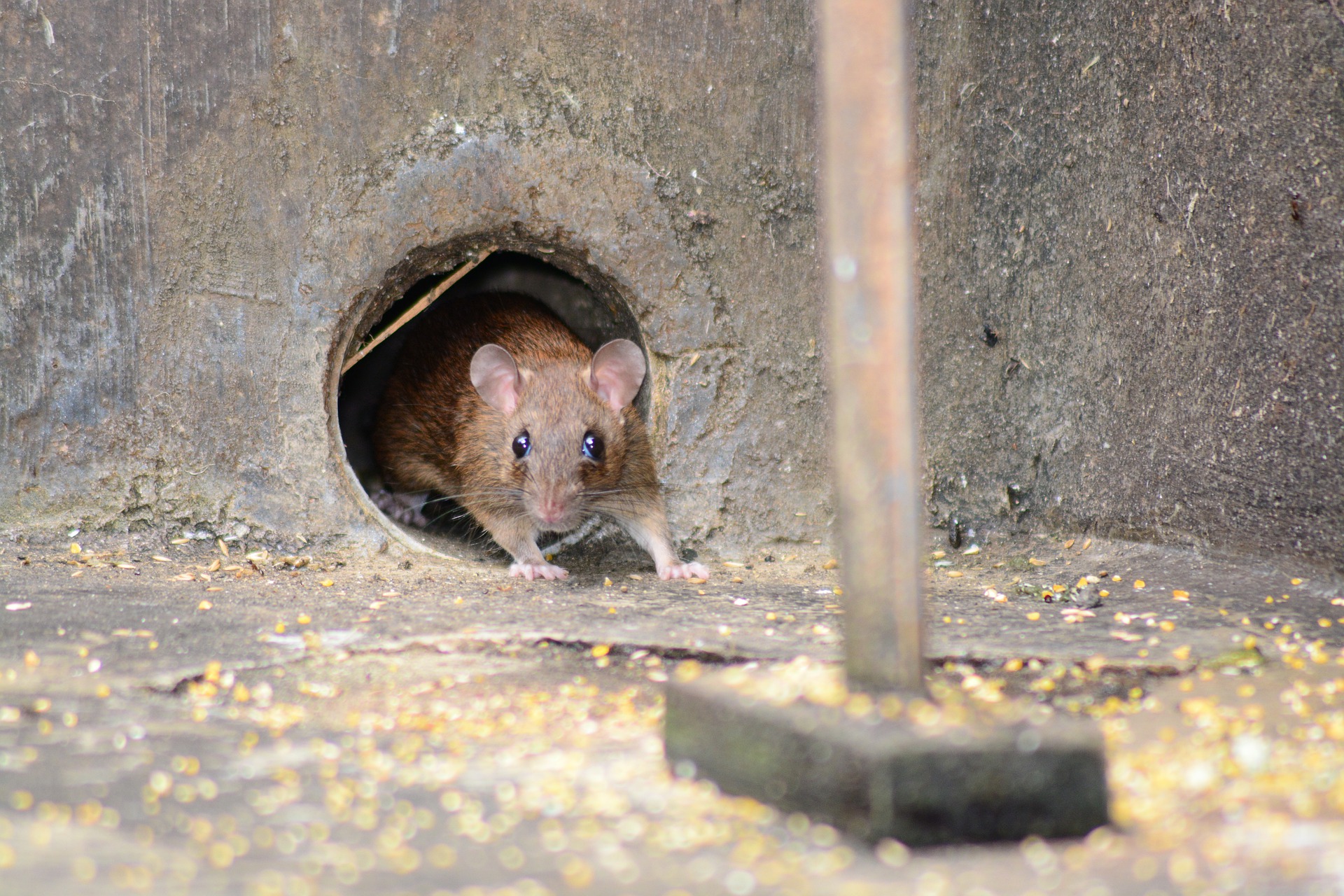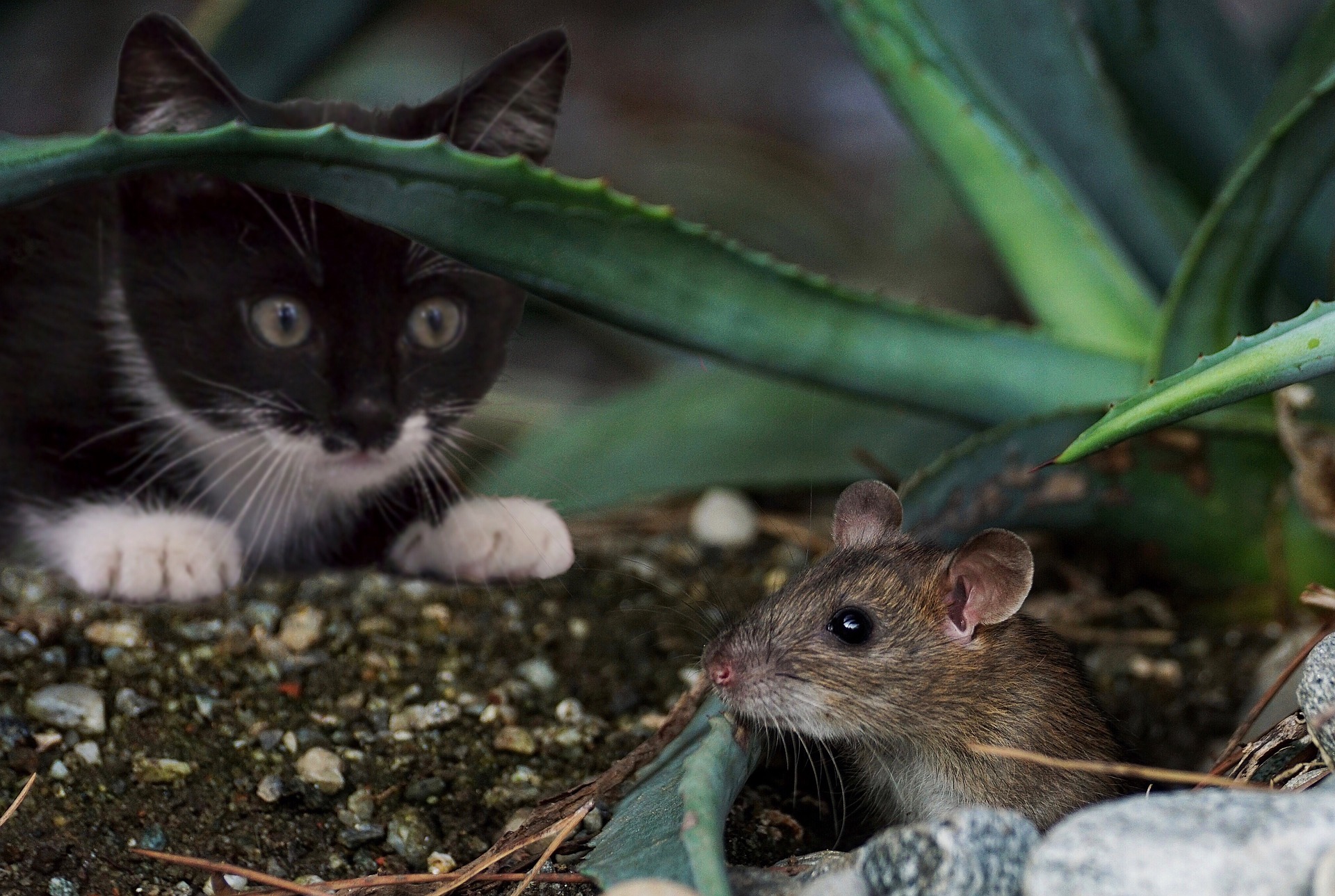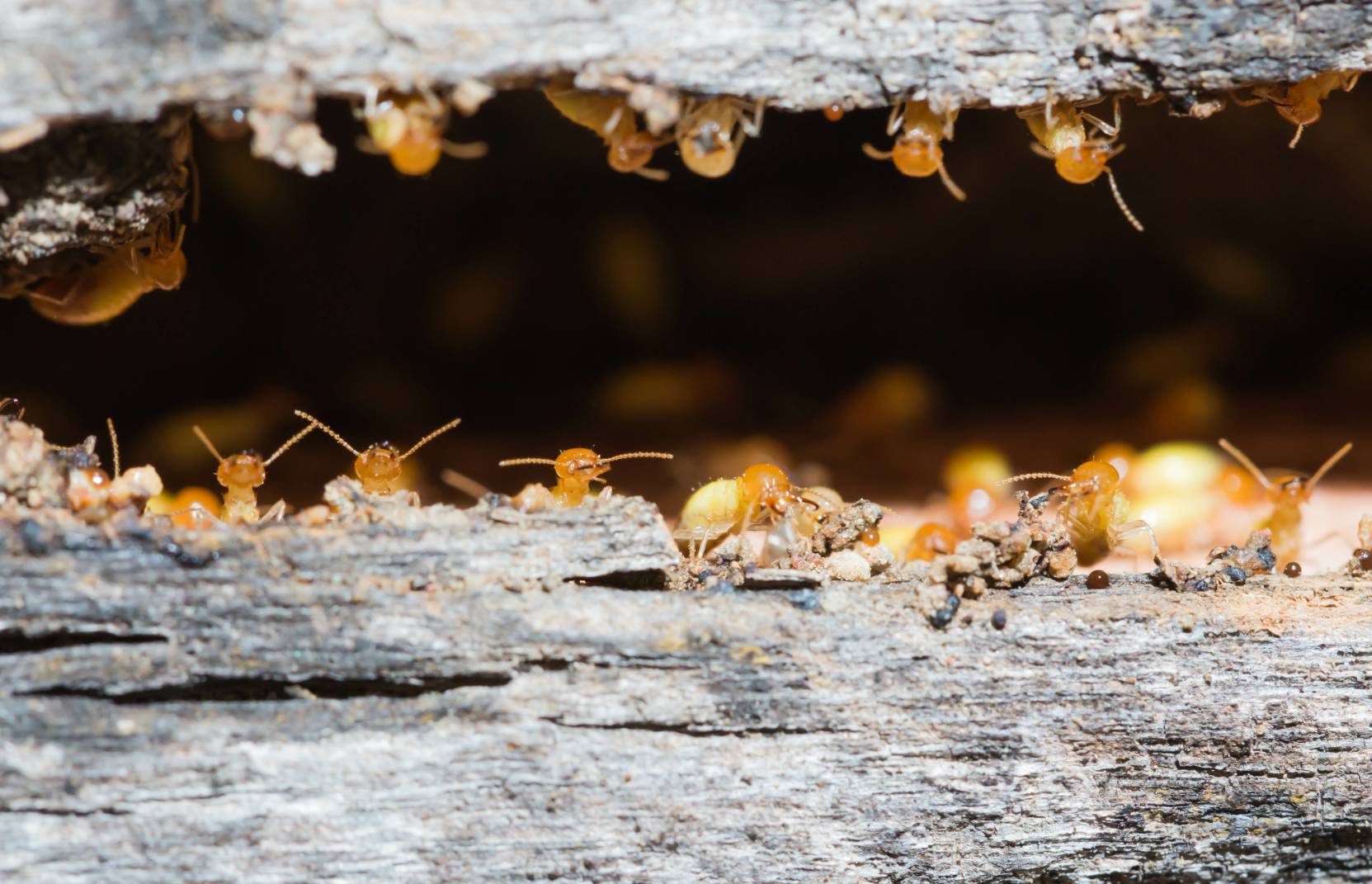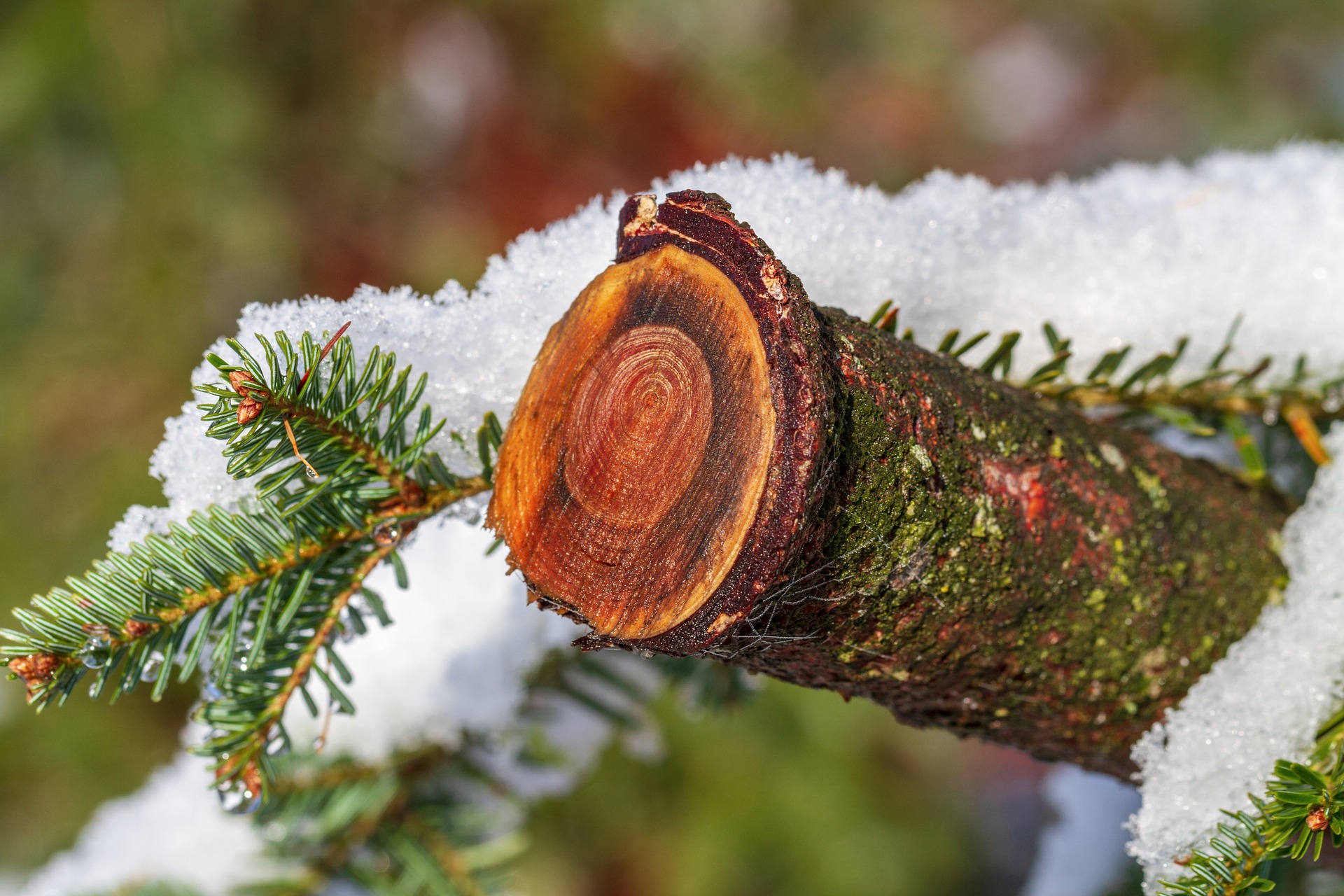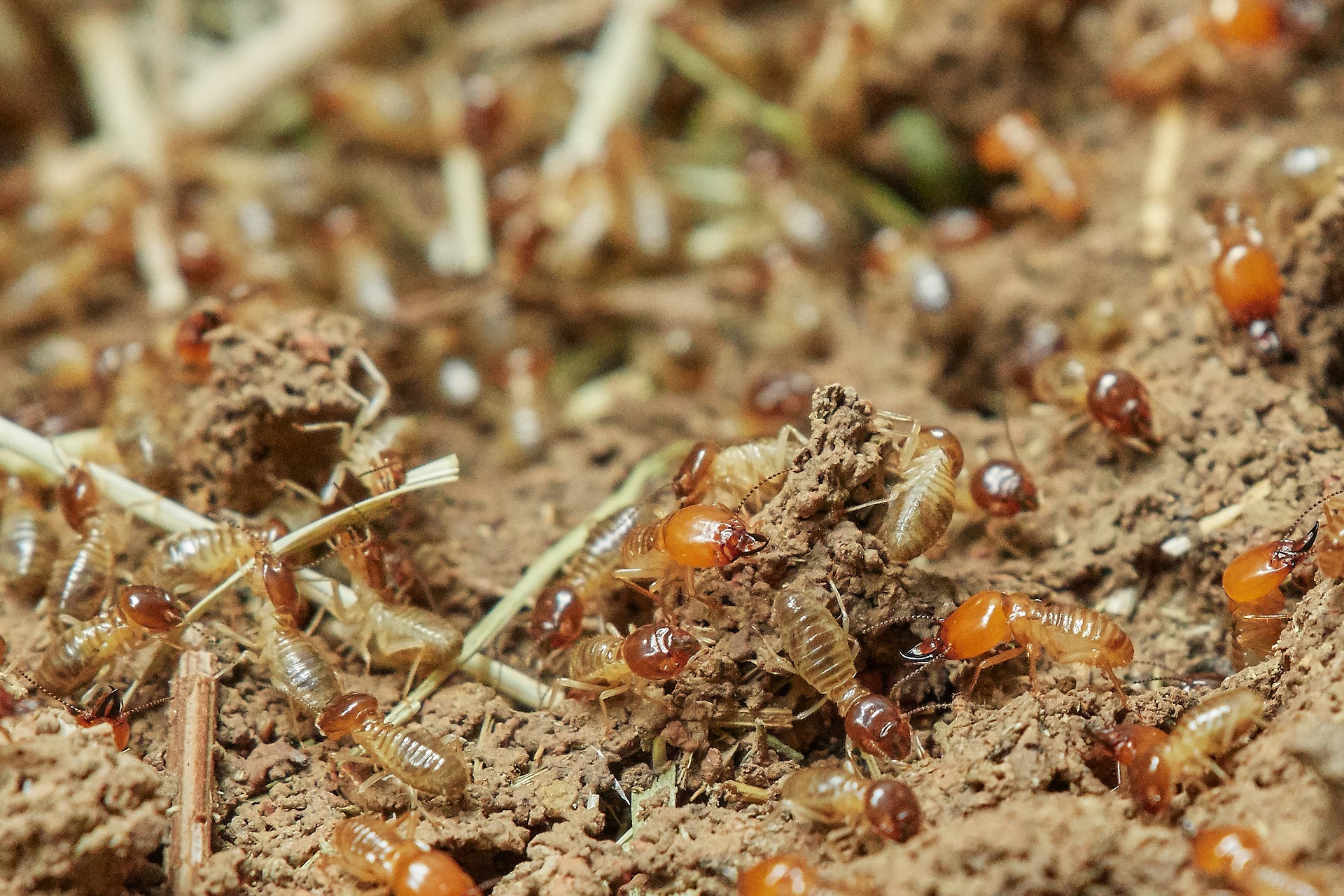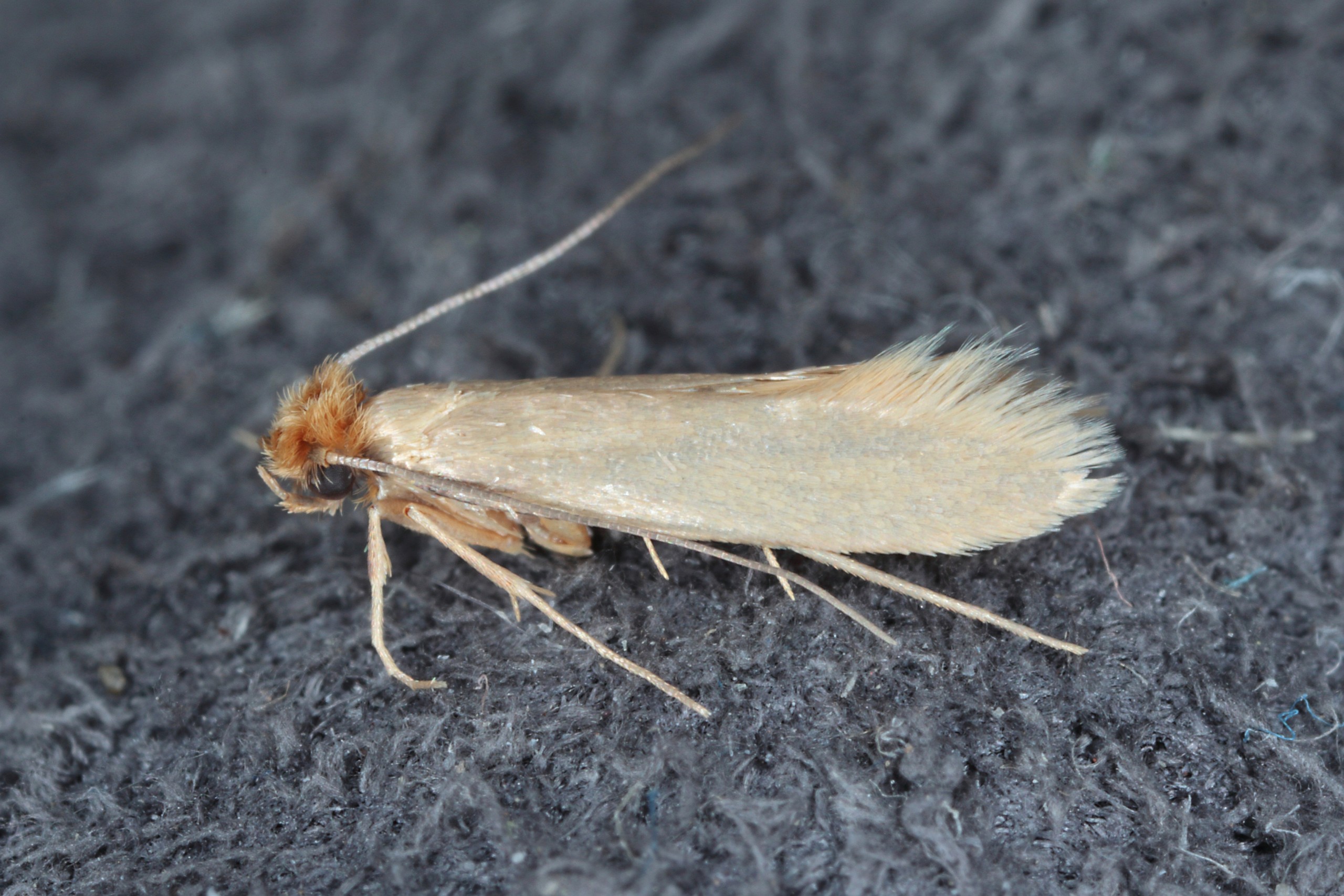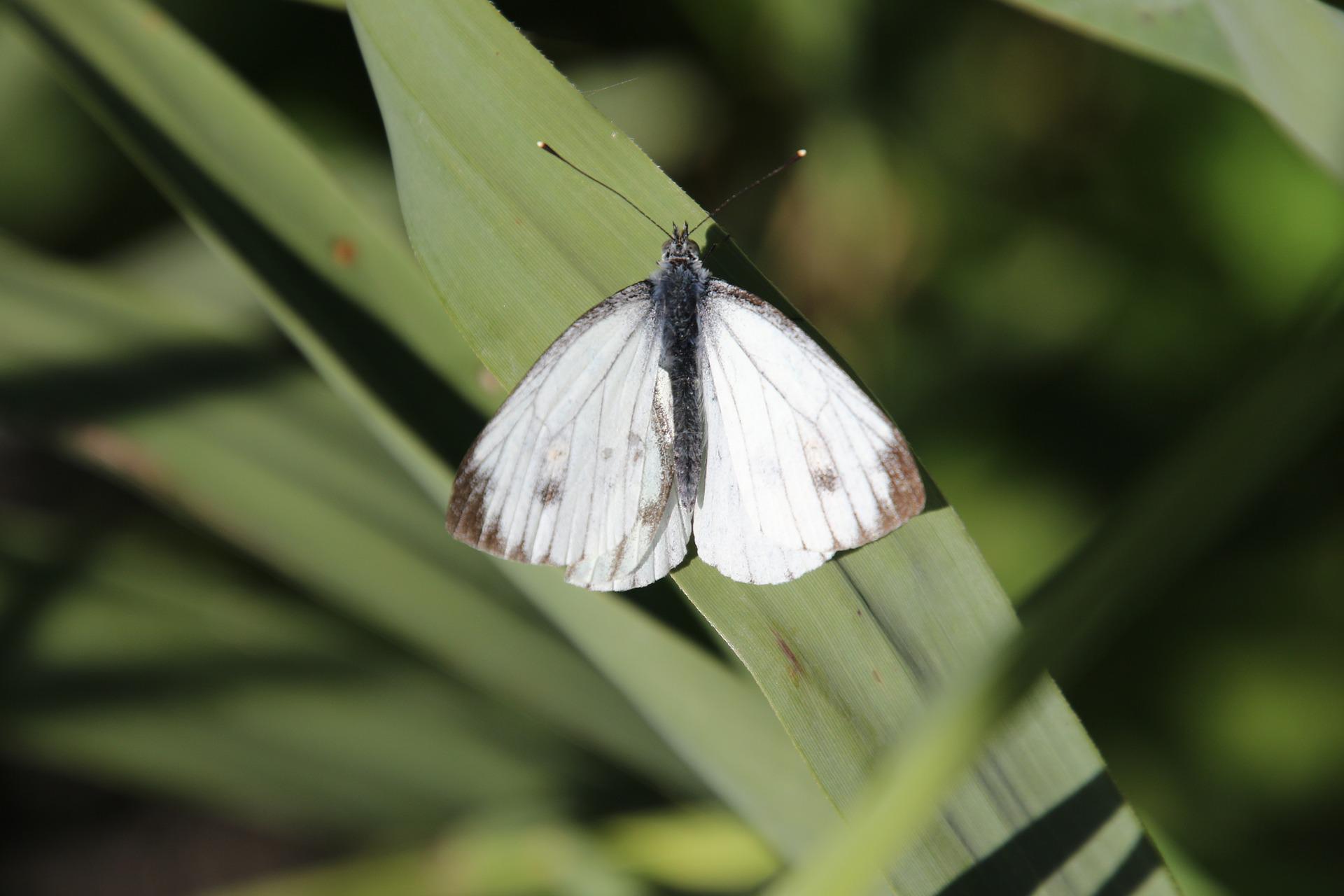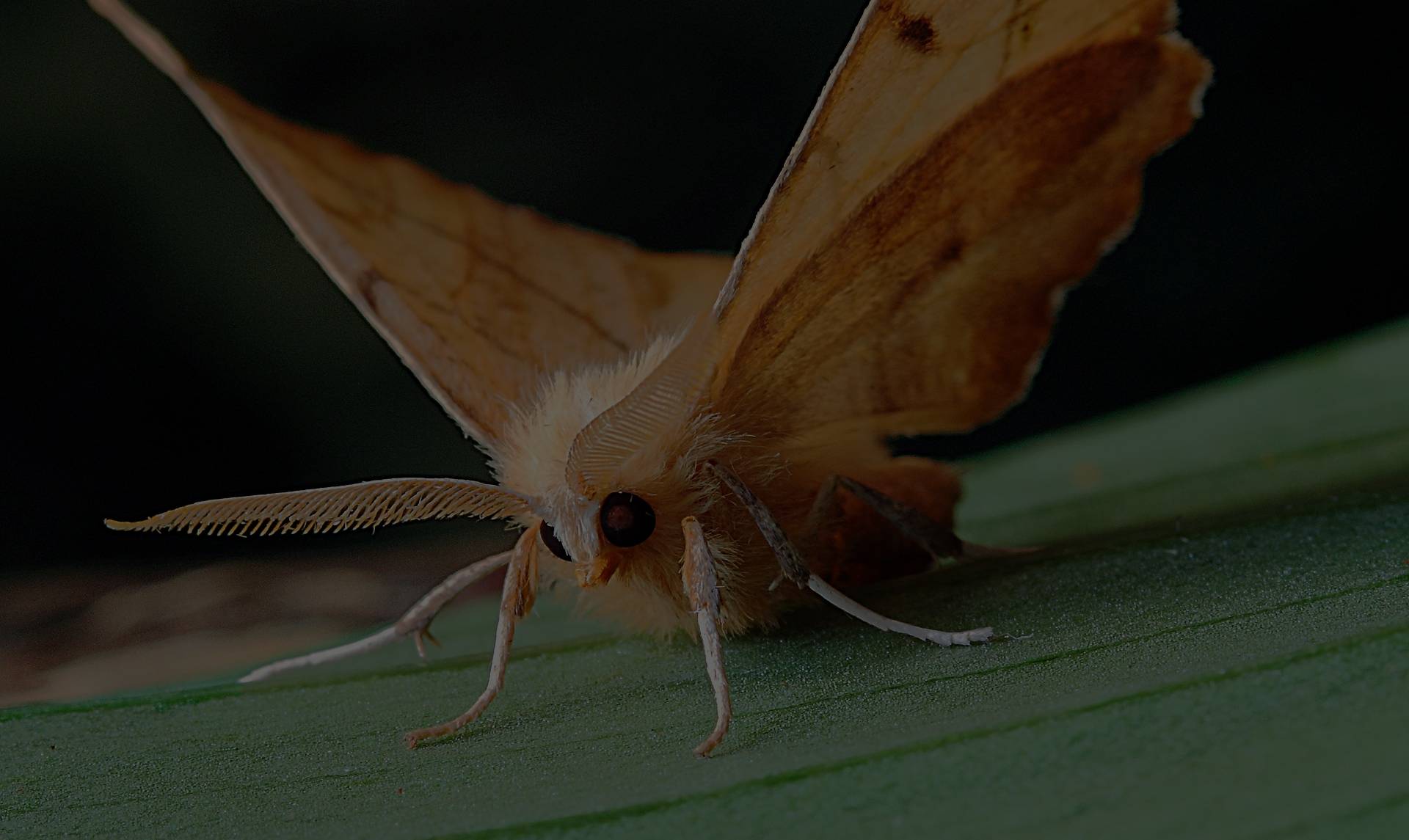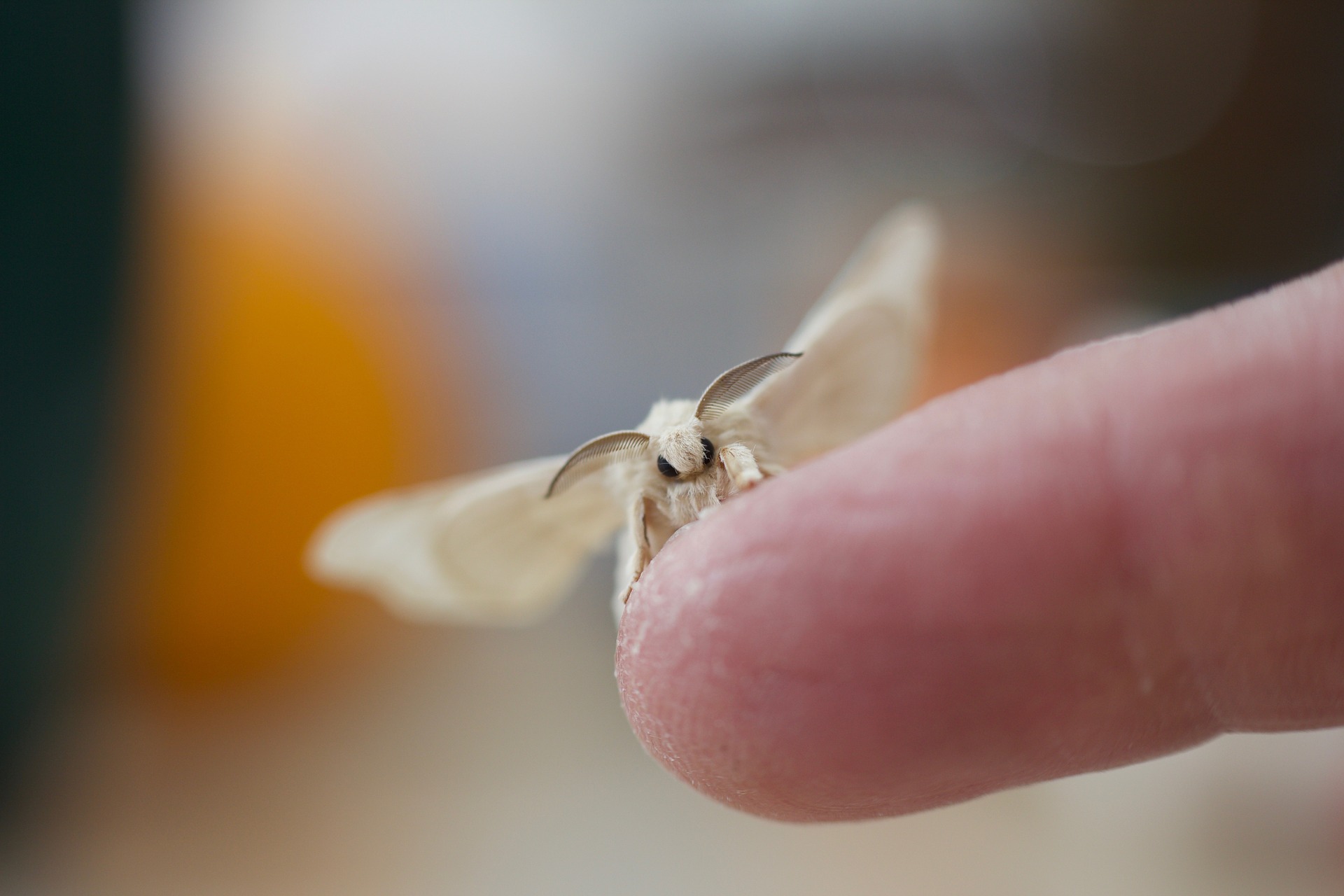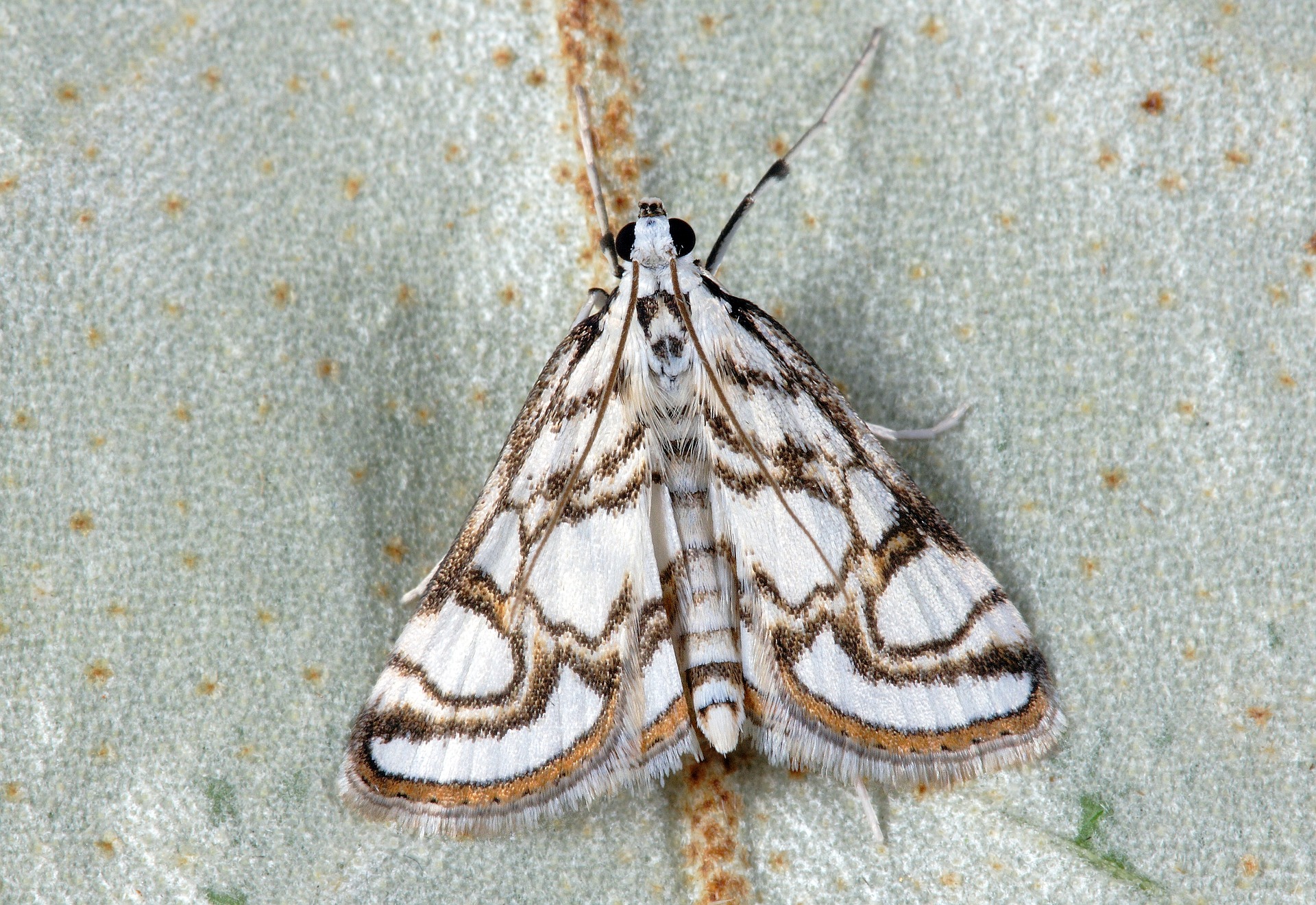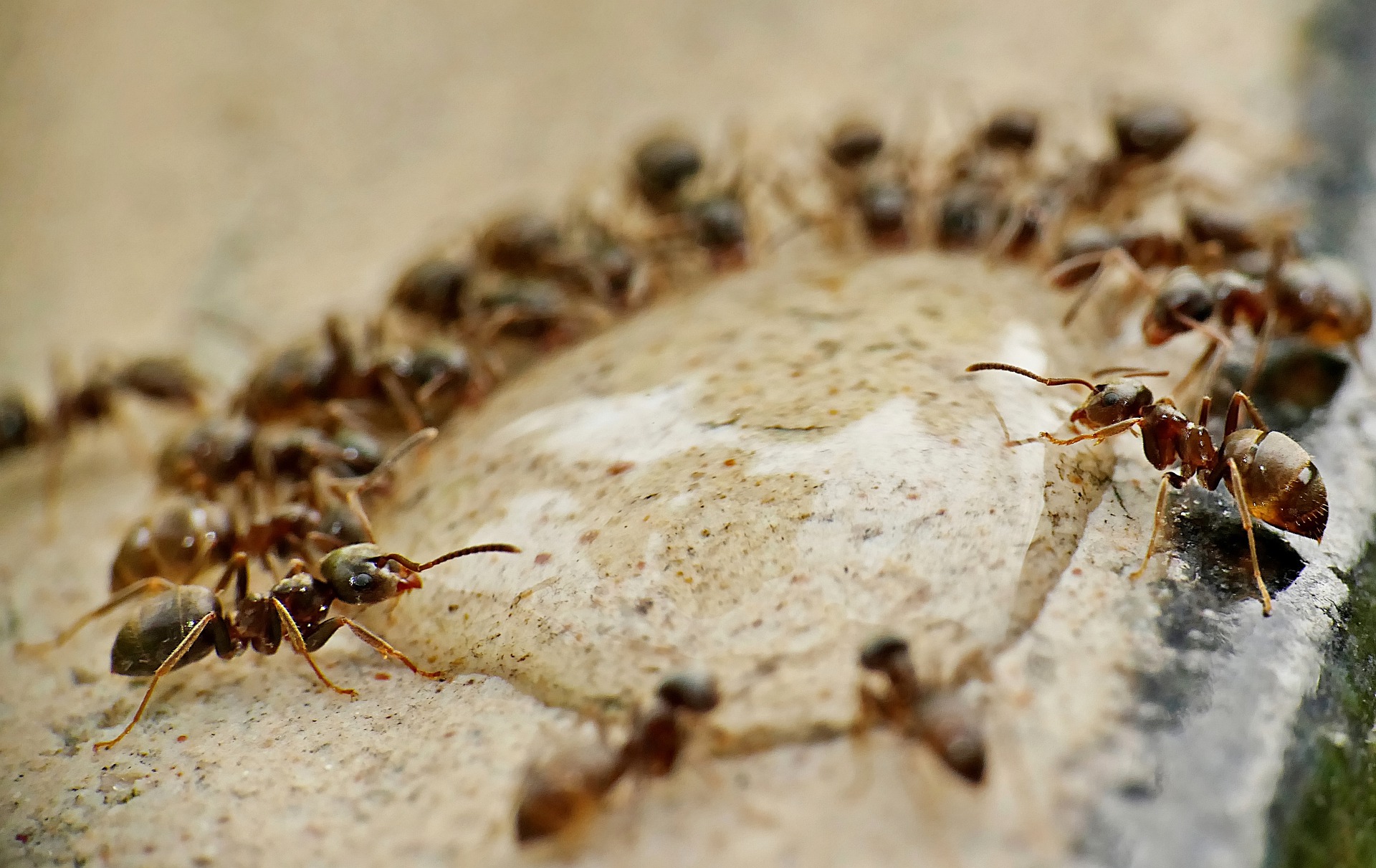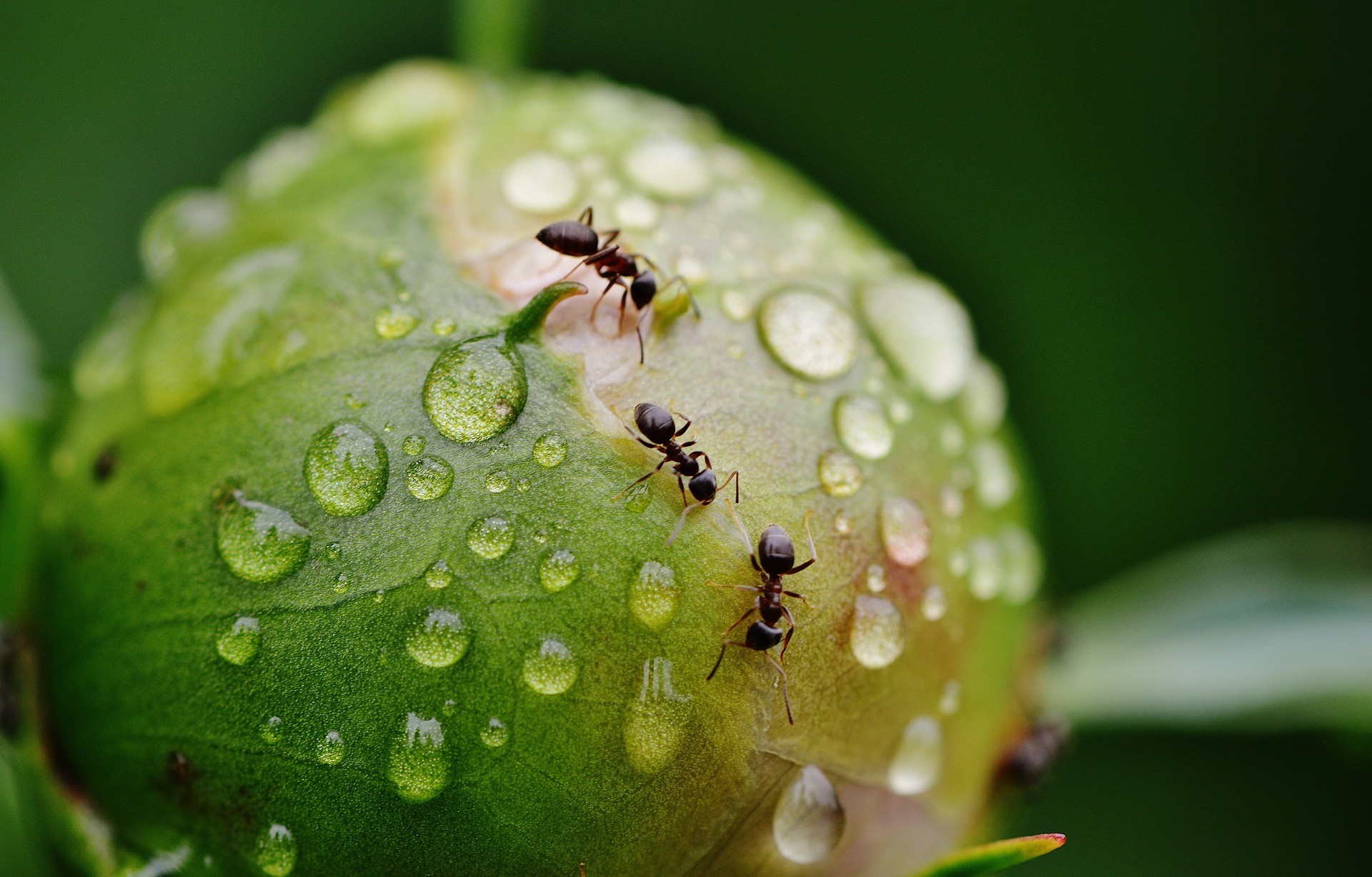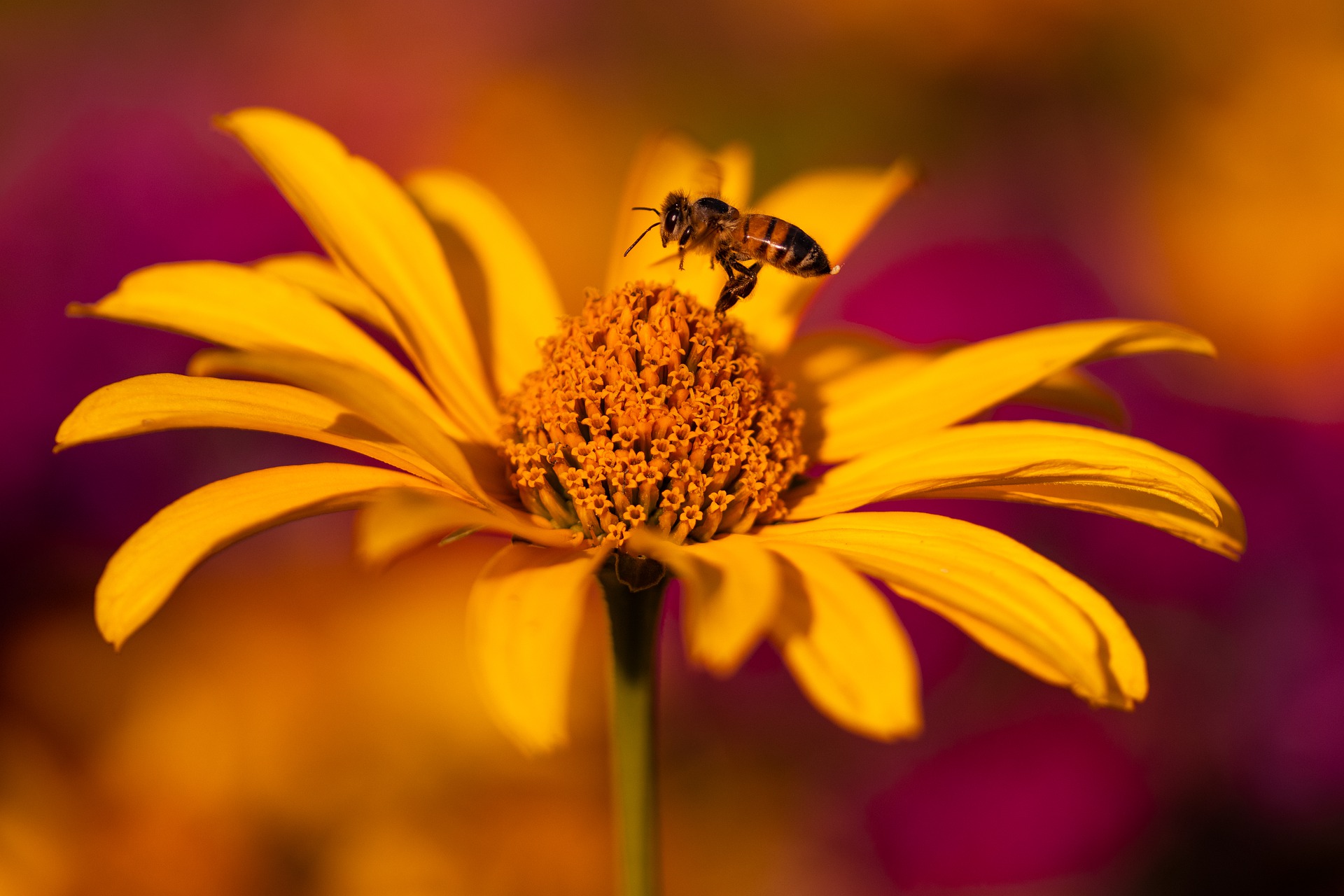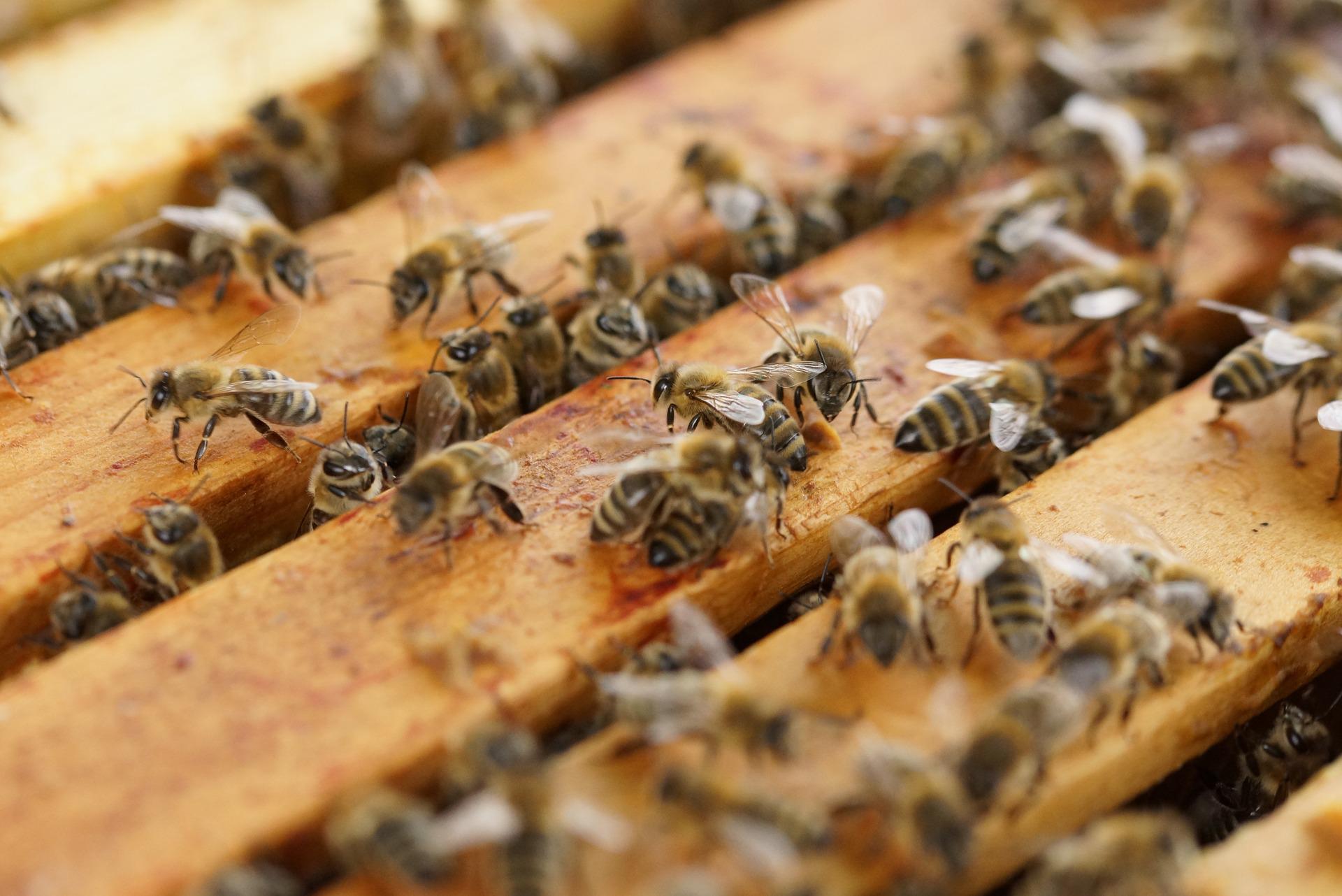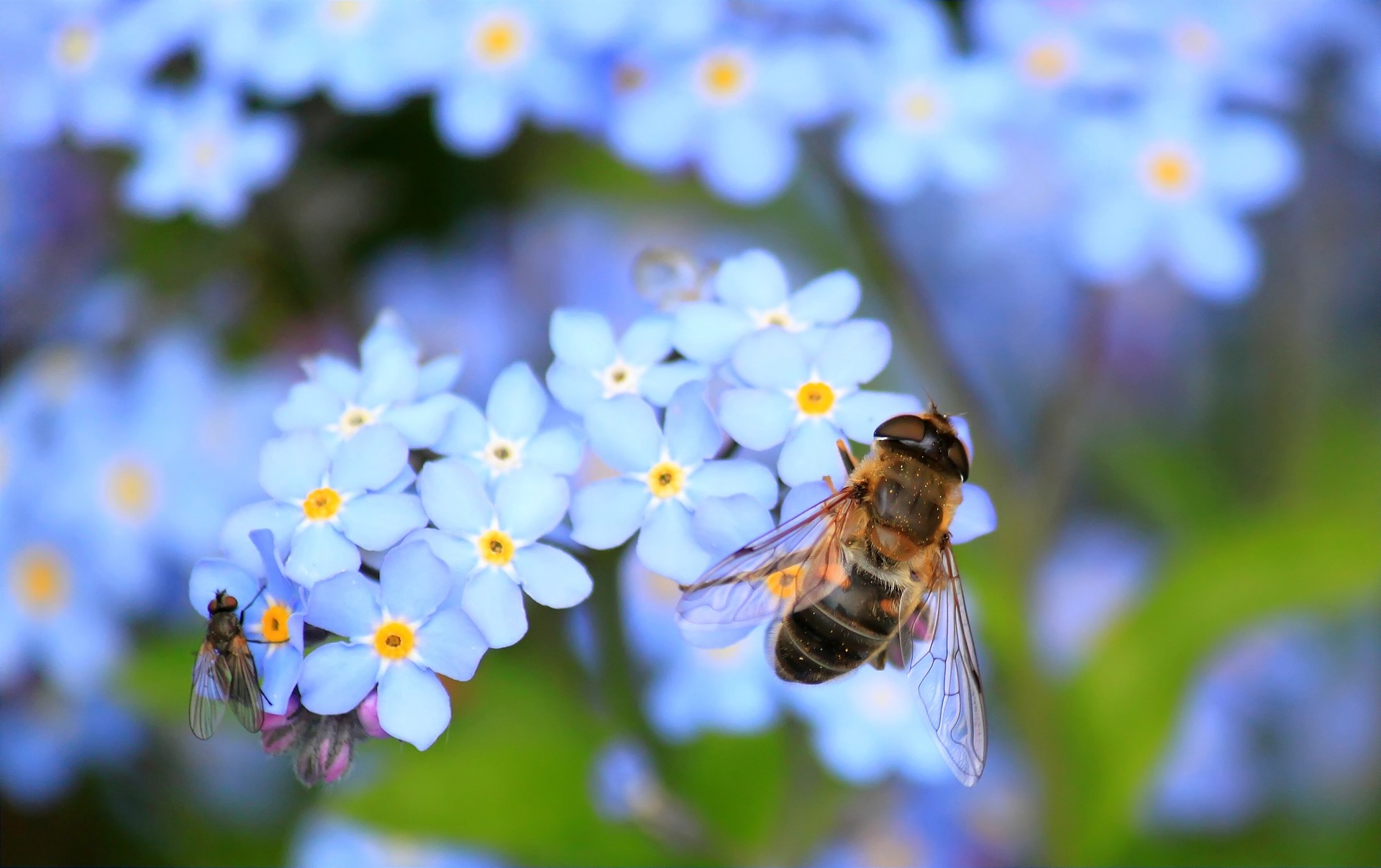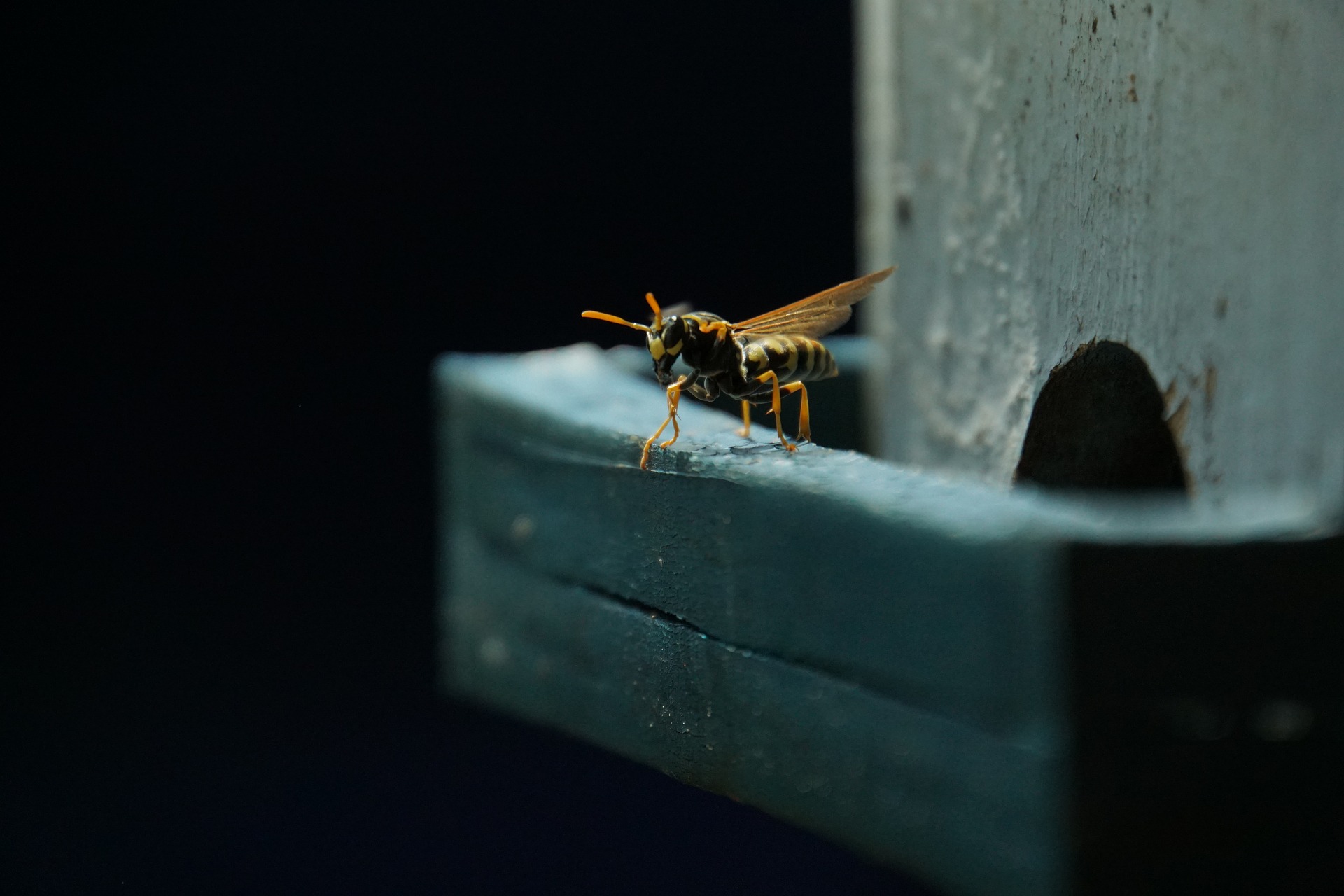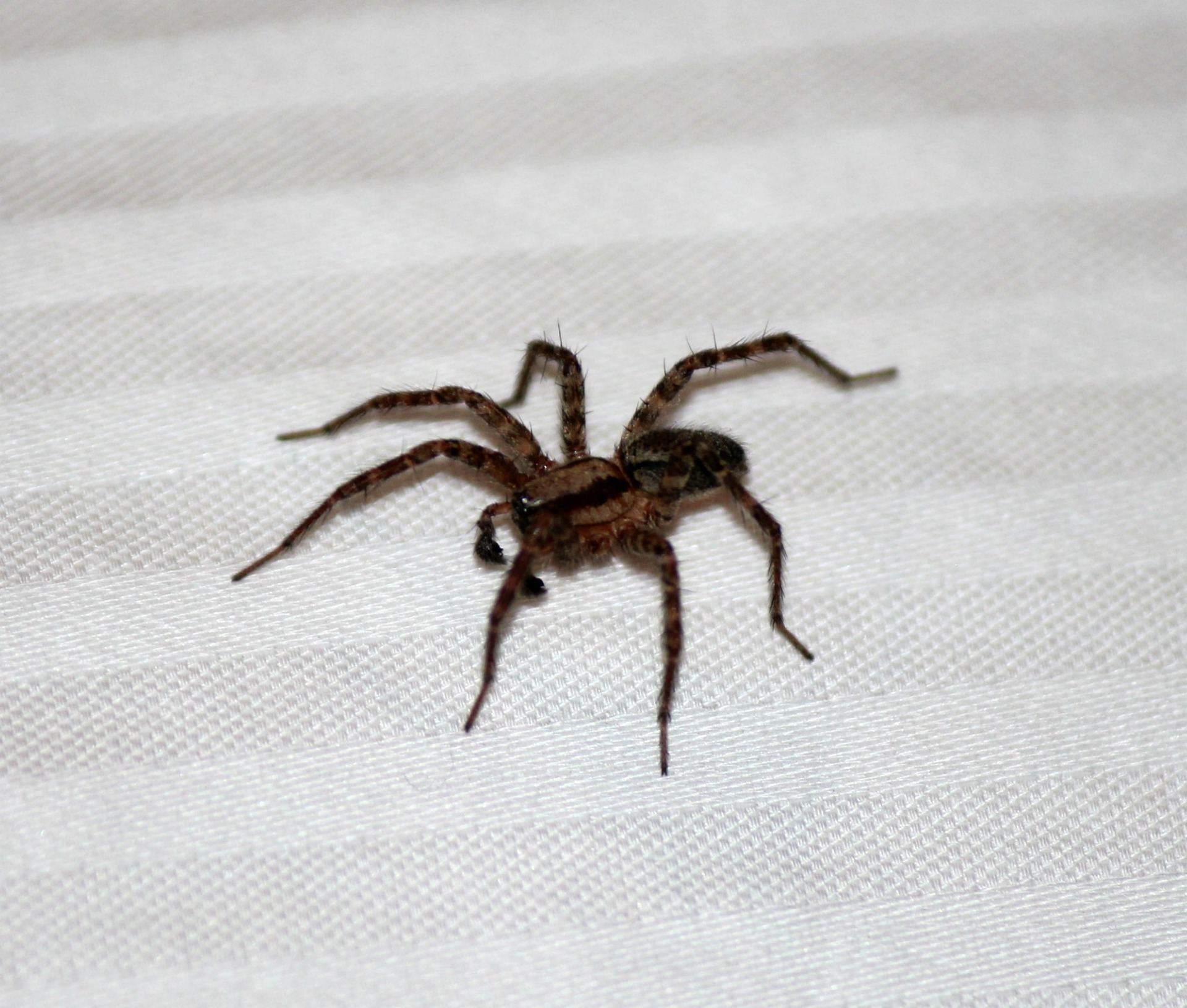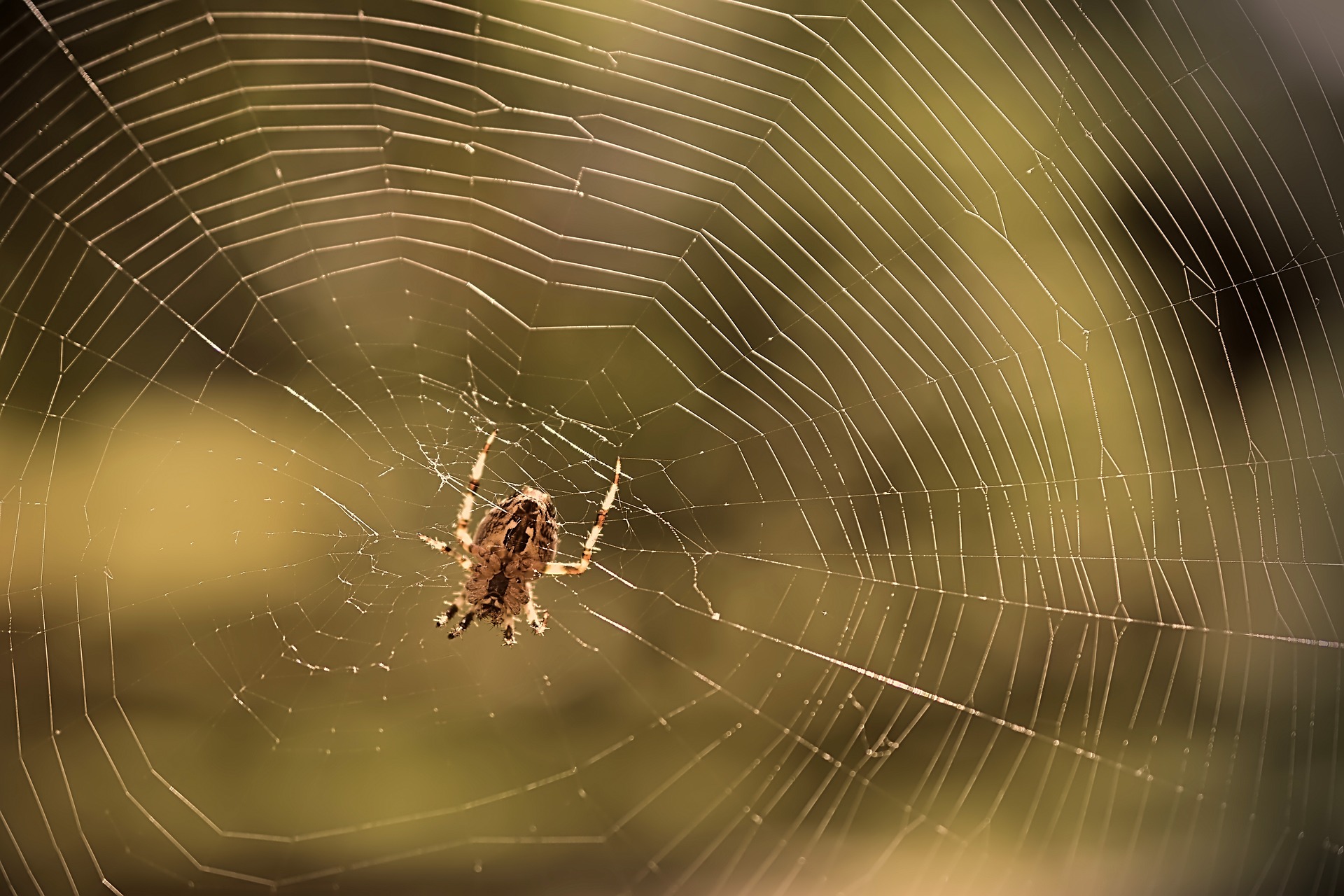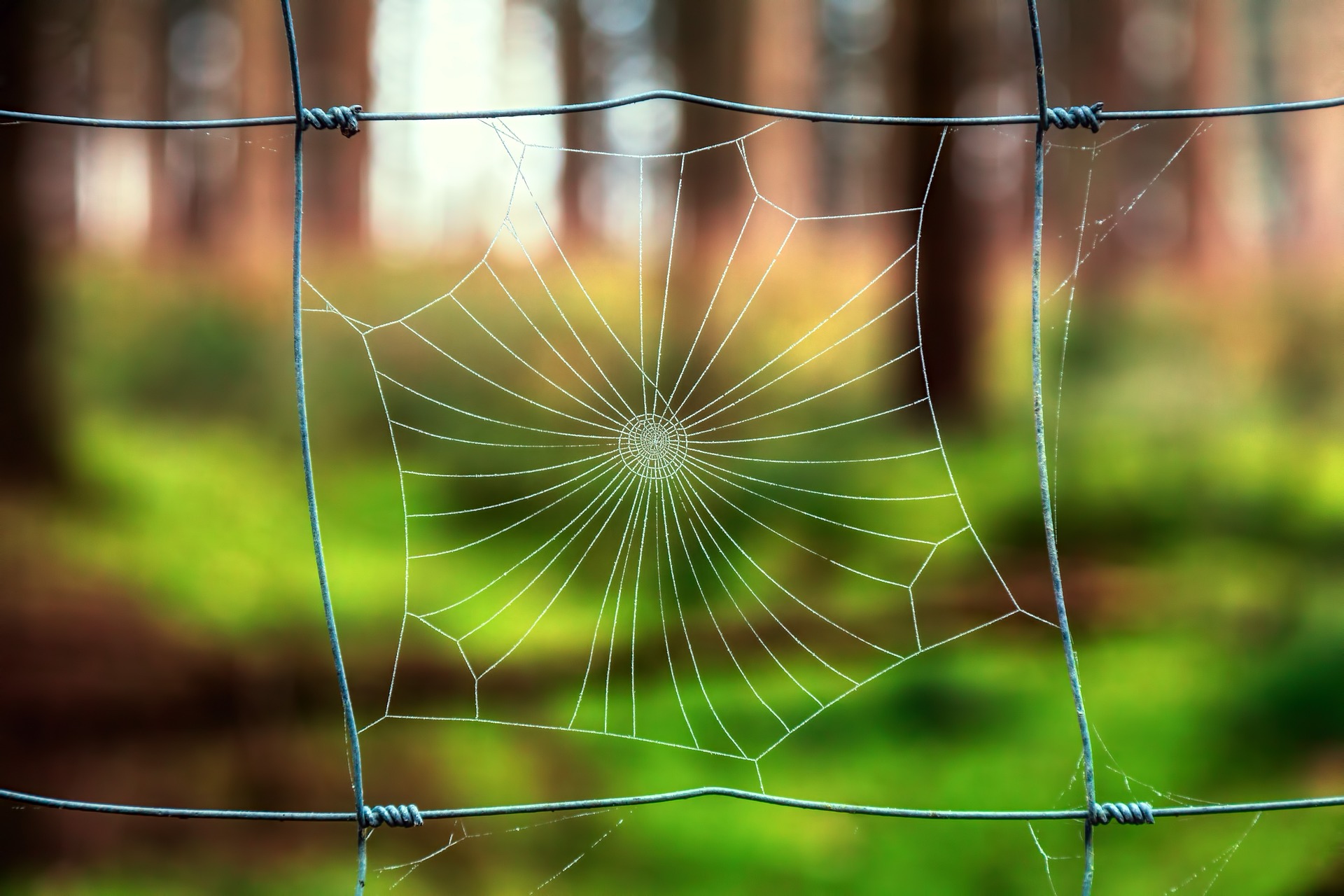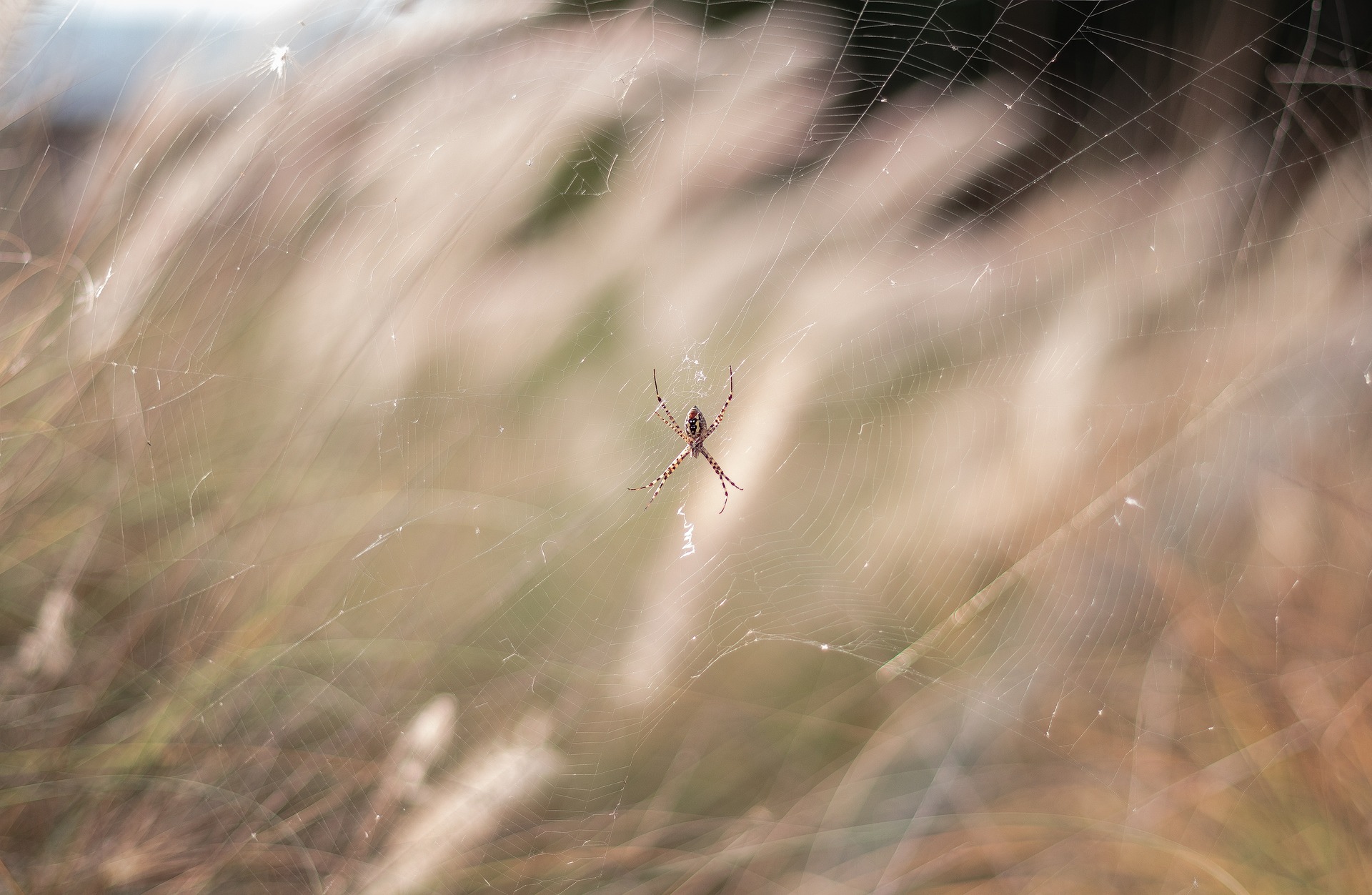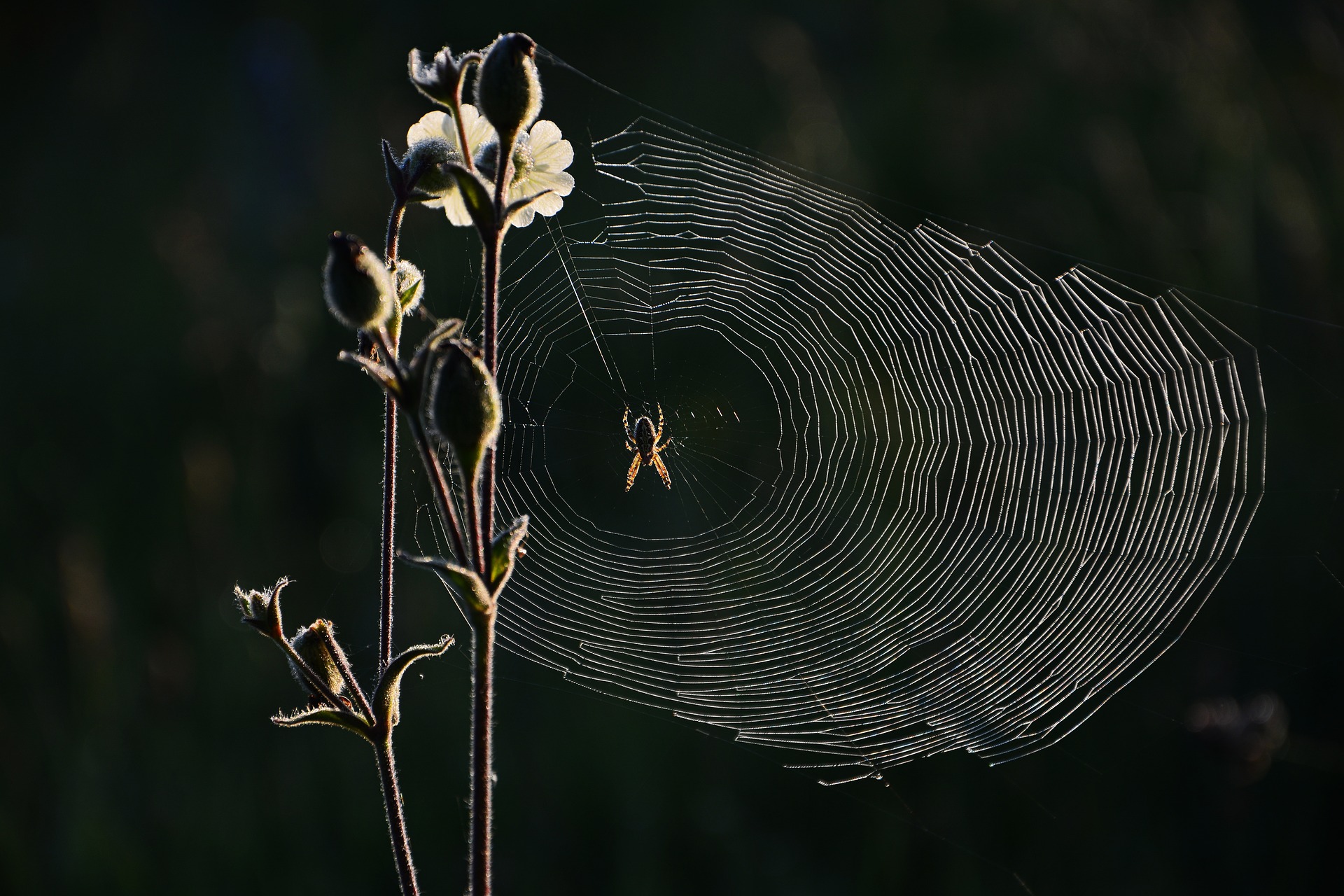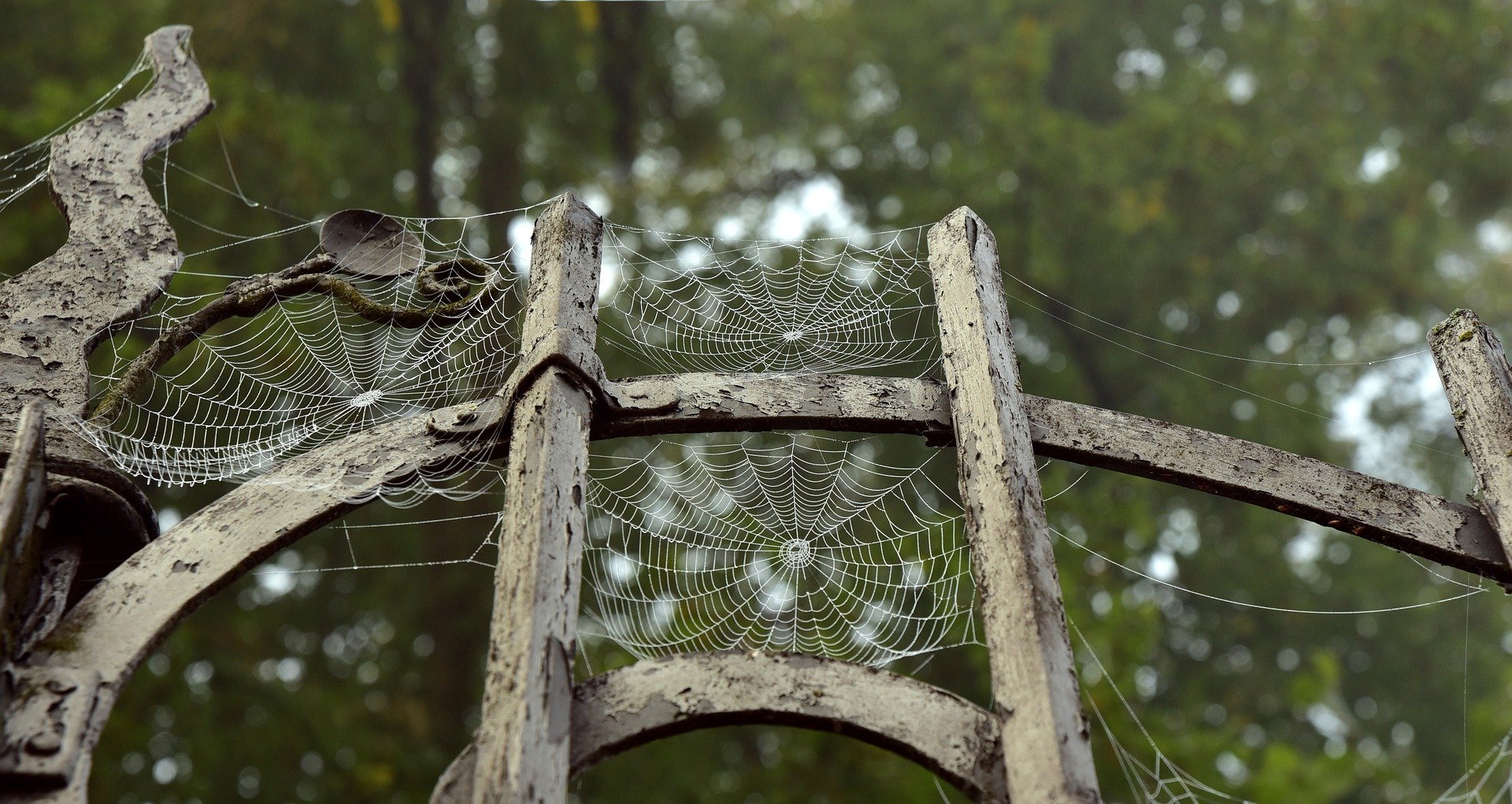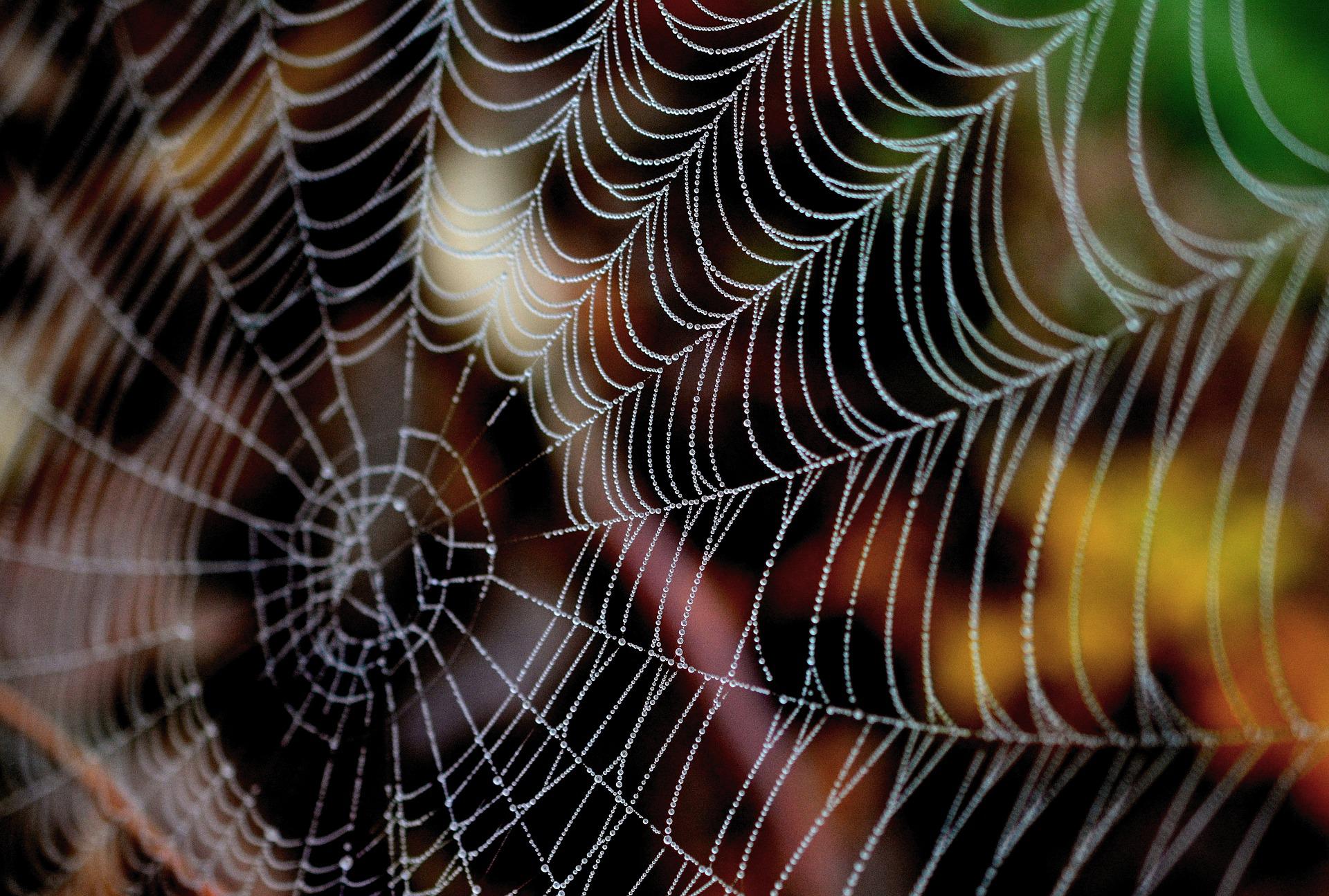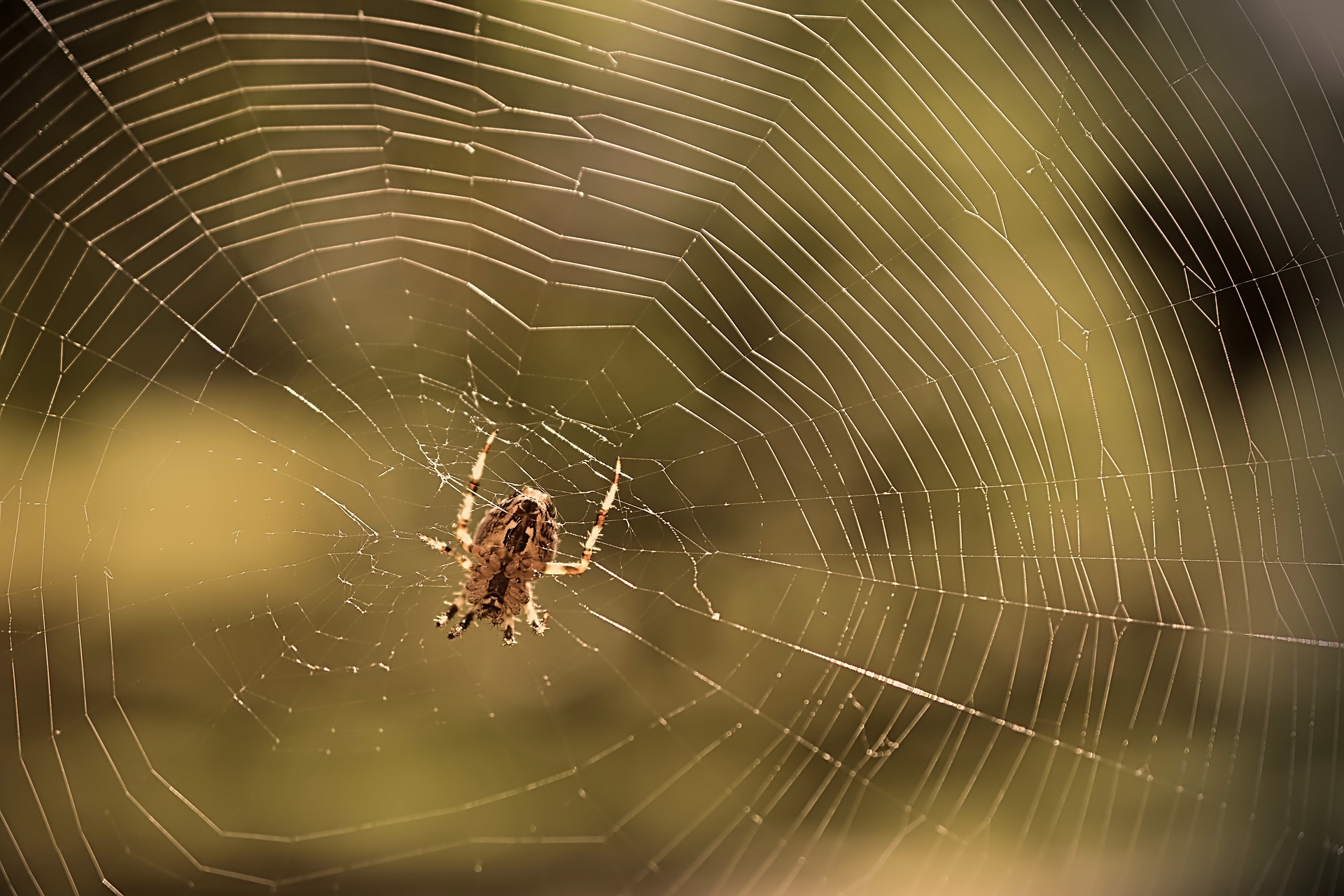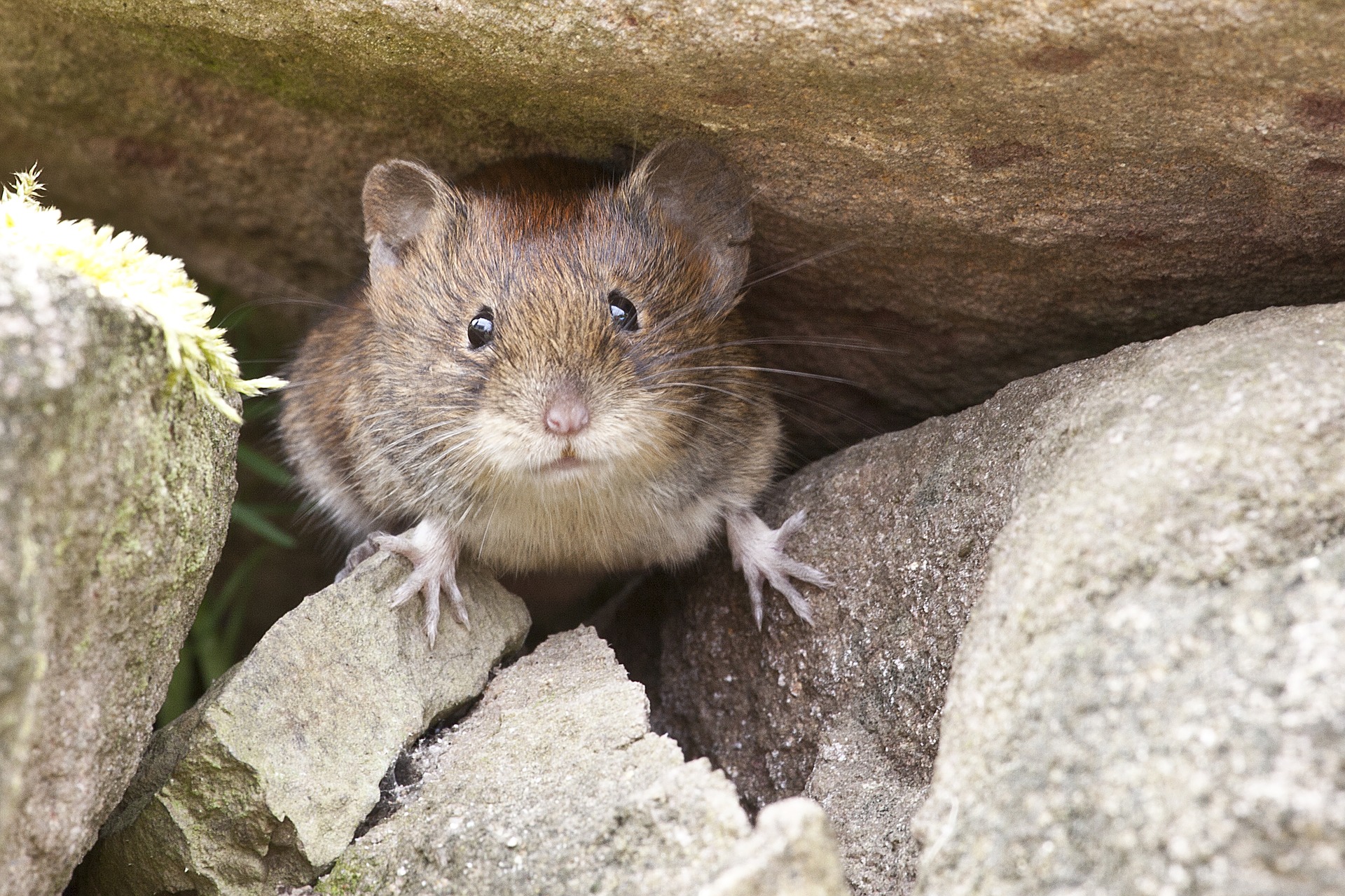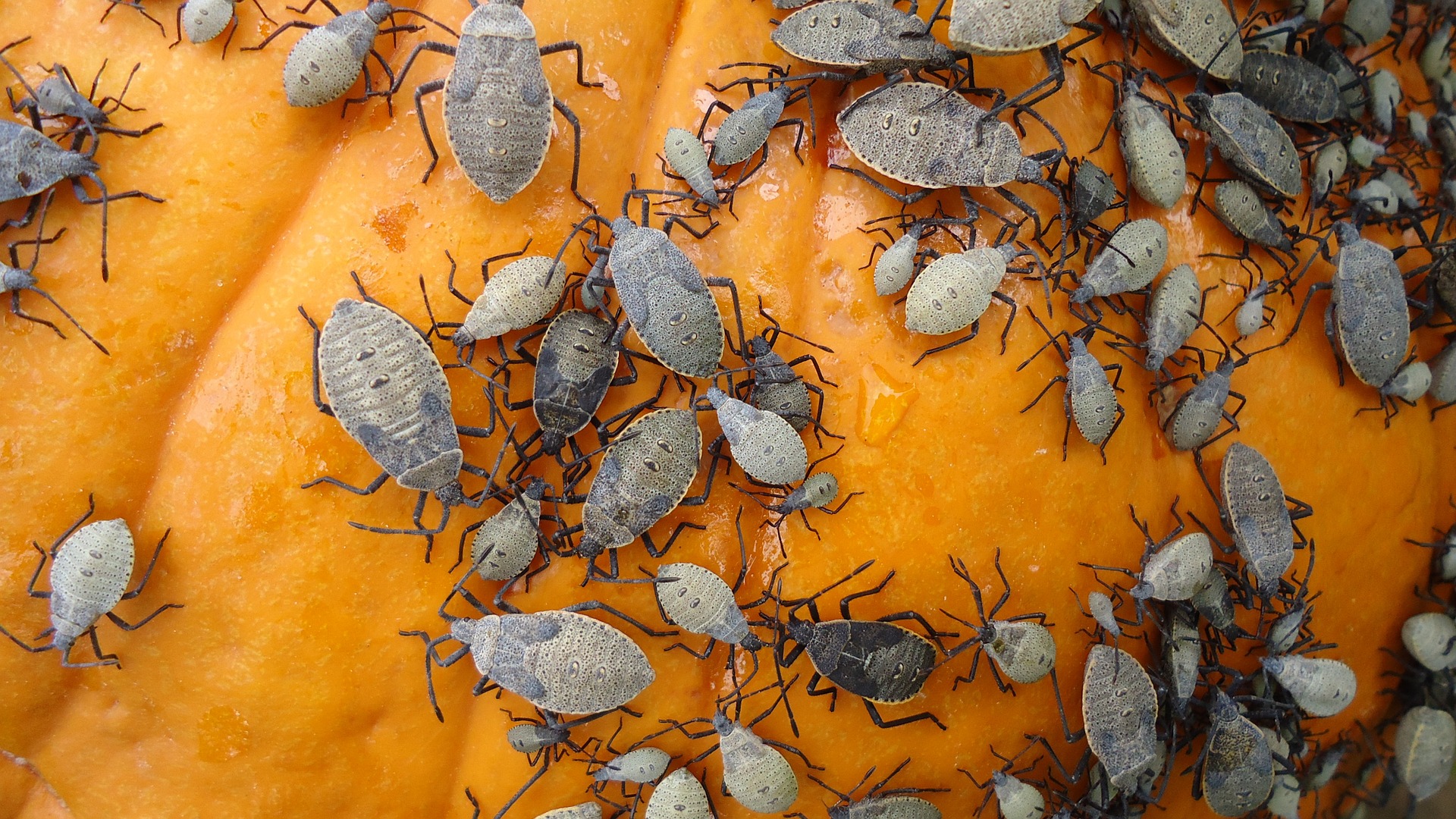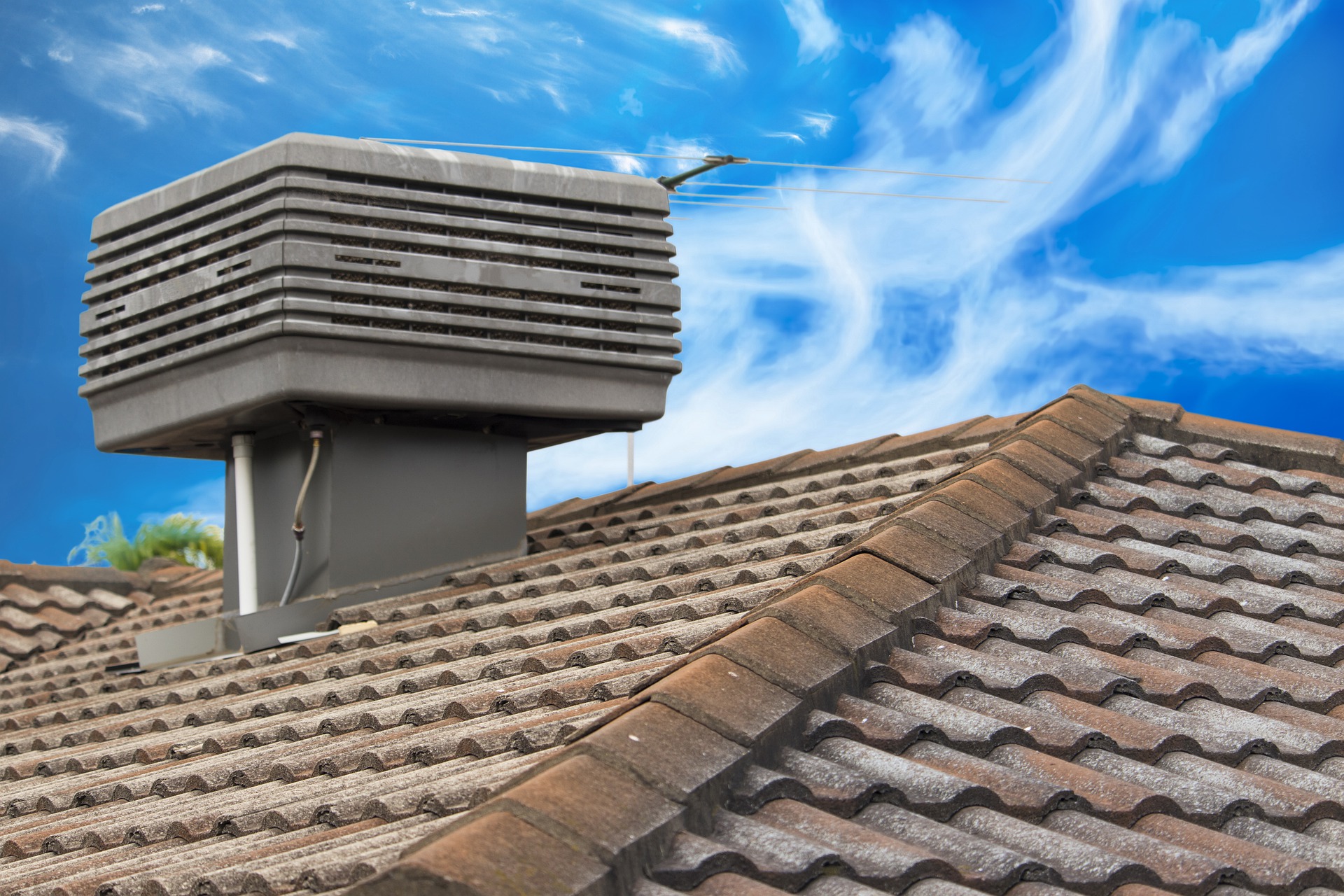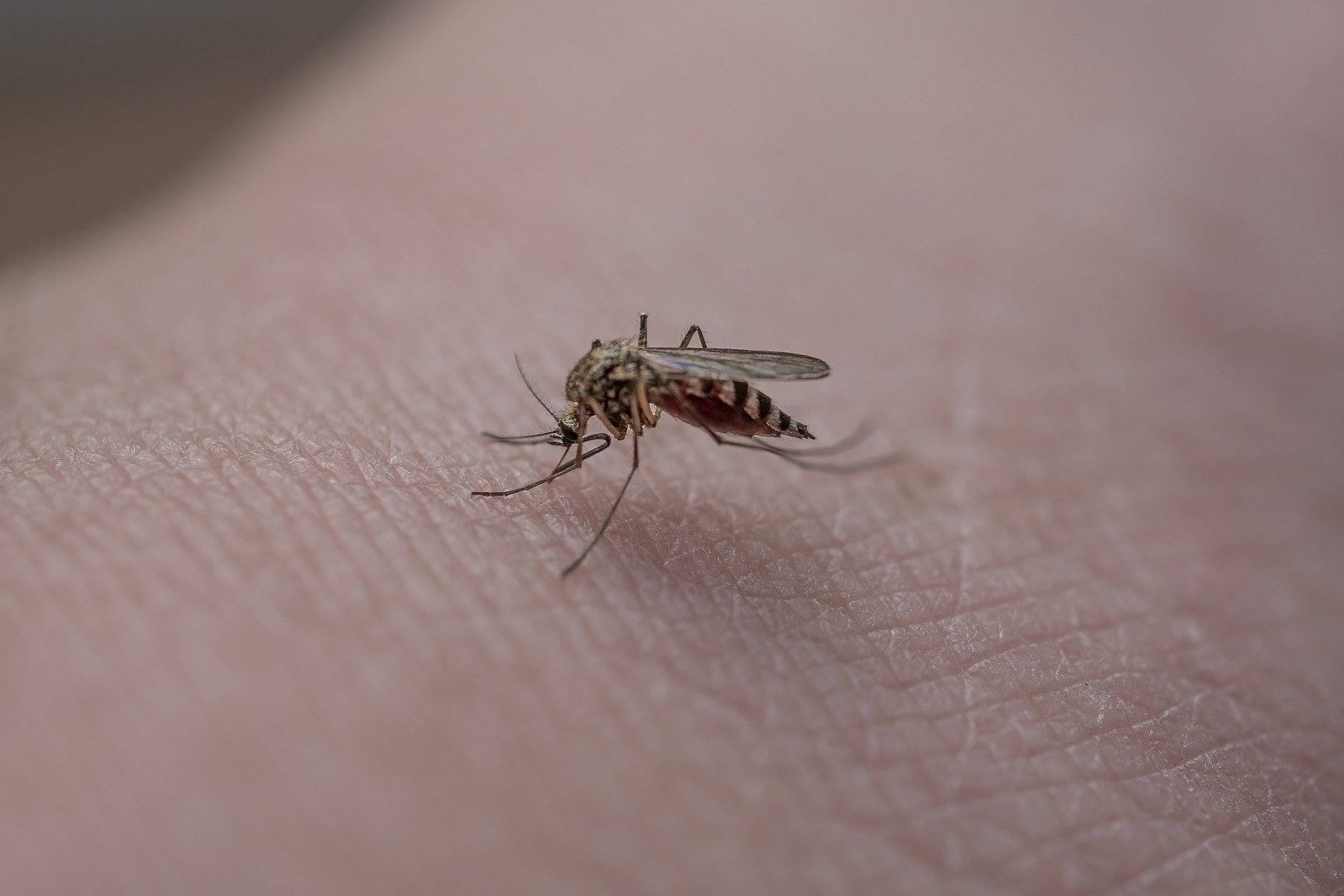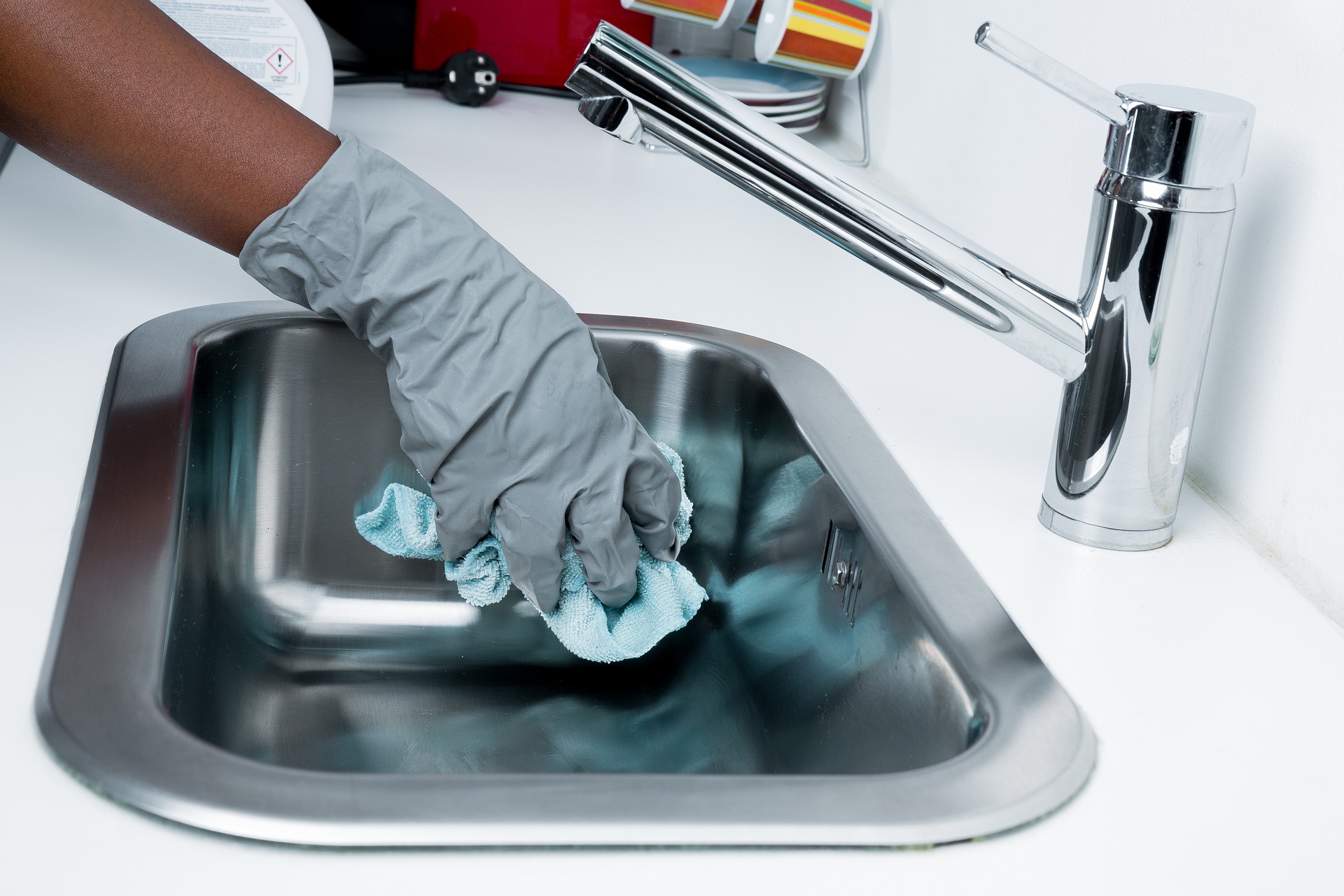Spiders are fascinating creatures that play an essential role in our ecosystem by controlling the population of other pests. However, when they invade our homes, they can become unwanted guests that cause fear and discomfort. Understanding the common spider species that invade homes is crucial for effective identification and removal strategies. By familiarizing ourselves with these species, we can better address the issue and find ways to prevent their entry into our living spaces.
Identifying the Culprits: A Guide to Common Spider Species Found Indoors
The House Spider (Tegenaria domestica): This is one of the most common spider species found indoors. House spiders are typically brown or gray and have long, thin legs. They construct messy, irregular webs in corners, basements, and other undisturbed areas. While their bites are generally harmless, their presence can be unsettling.
The Cellar Spider (Pholcus phalangioides): Also known as the daddy longlegs spider, the cellar spider is easily recognizable by its long, thin legs and small body. They are pale yellow or light brown and prefer dark, damp areas such as basements and cellars. Despite their creepy appearance, cellar spiders are harmless and feed on other insects.
The Jumping Spider (Salticidae family): Jumping spiders are small, compact spiders with excellent eyesight. They are known for their ability to jump long distances, which they use to catch prey. These spiders are often found near windows and doors, where they can easily spot and pounce on their prey. Their vibrant colors and unique patterns make them a fascinating sight.
The Black Widow Spider (Latrodectus mactans): While less common, black widow spiders can occasionally invade homes, especially in areas with warmer climates. These spiders are easily identifiable by their shiny black bodies and red hourglass-shaped markings on their abdomens. Black widow bites can be dangerous and require immediate medical attention.
The Brown Recluse Spider (Loxosceles recluse): Brown recluse spiders are light to dark brown with a violin-shaped marking on their backs. They are typically found in dark, undisturbed areas such as closets, attics, and basements. Brown recluse bites can cause severe reactions and should be treated promptly.
Unwanted Guests: Strategies for Removing Spiders from Your Home
Non-lethal removal methods: If you prefer not to harm spiders, there are several non-lethal removal methods you can try. Use a cup and a piece of paper to gently trap the spider and release it outside. Alternatively, you can use a vacuum cleaner with a long attachment to suck up the spider and then release it outdoors.
Chemical-free repellents: Natural repellents such as peppermint oil, vinegar, or a mixture of water and citrus can help deter spiders from entering your home. Spray these solutions around windows, doors, and other entry points to create a barrier that spiders dislike.
Professional pest control: If you have a severe spider infestation or are dealing with venomous species, it is best to seek professional help. Pest control experts have the knowledge and tools to safely remove spiders from your home and implement preventive measures.
Regular cleaning and decluttering: Spiders are attracted to cluttered and dusty areas, so keeping your home clean and clutter-free is essential. Regularly vacuum corners, remove cobwebs, and declutter storage areas to discourage spiders from making themselves at home.
Seal entry points: Spiders can enter your home through tiny cracks and gaps. Inspect your windows, doors, and foundation for any openings, and seal them with caulk or weatherstripping. This will help prevent spiders from finding their way inside.
Prevention is Key: Tips to Keep Common Spider Species at Bay
Outdoor maintenance: Keep your yard well-maintained by trimming shrubs, removing debris, and clearing away woodpiles. Spiders are less likely to invade your home if they don’t have a comfortable habitat nearby.
Reduce insect populations: Spiders are attracted to areas with abundant prey. Minimize the presence of other insects in your home by using screens on windows, sealing food containers, and promptly fixing any plumbing leaks that may attract moisture-loving pests.
Use yellow or sodium vapor lights: Spiders are attracted to light sources, so consider using yellow or sodium vapor lights for outdoor lighting. These lights are less attractive to insects, which, in turn, will reduce the spider population around your home.
Employ sticky traps: Place sticky traps in areas where spiders are commonly found, such as corners, basements, and attics. These traps will catch spiders and help monitor their presence.
Regular inspections: Conduct regular inspections of your home, paying close attention to potential entry points and areas where spiders are likely to hide. By catching any infestations early on, you can prevent them from becoming a larger problem.
In conclusion, understanding the common spider species that invade homes is essential for effective identification and removal strategies. By familiarizing ourselves with these species, we can better address the issue and find ways to prevent their entry into our living spaces. Whether through non-lethal removal methods, chemical-free repellents, or professional pest control, there are various strategies available to remove spiders from our homes. Additionally, practicing regular cleaning and decluttering, sealing entry points, and implementing preventive measures can help keep common spider species at bay. By taking these steps, we can create a spider-free environment that allows us to coexist peacefully with these fascinating creatures.

